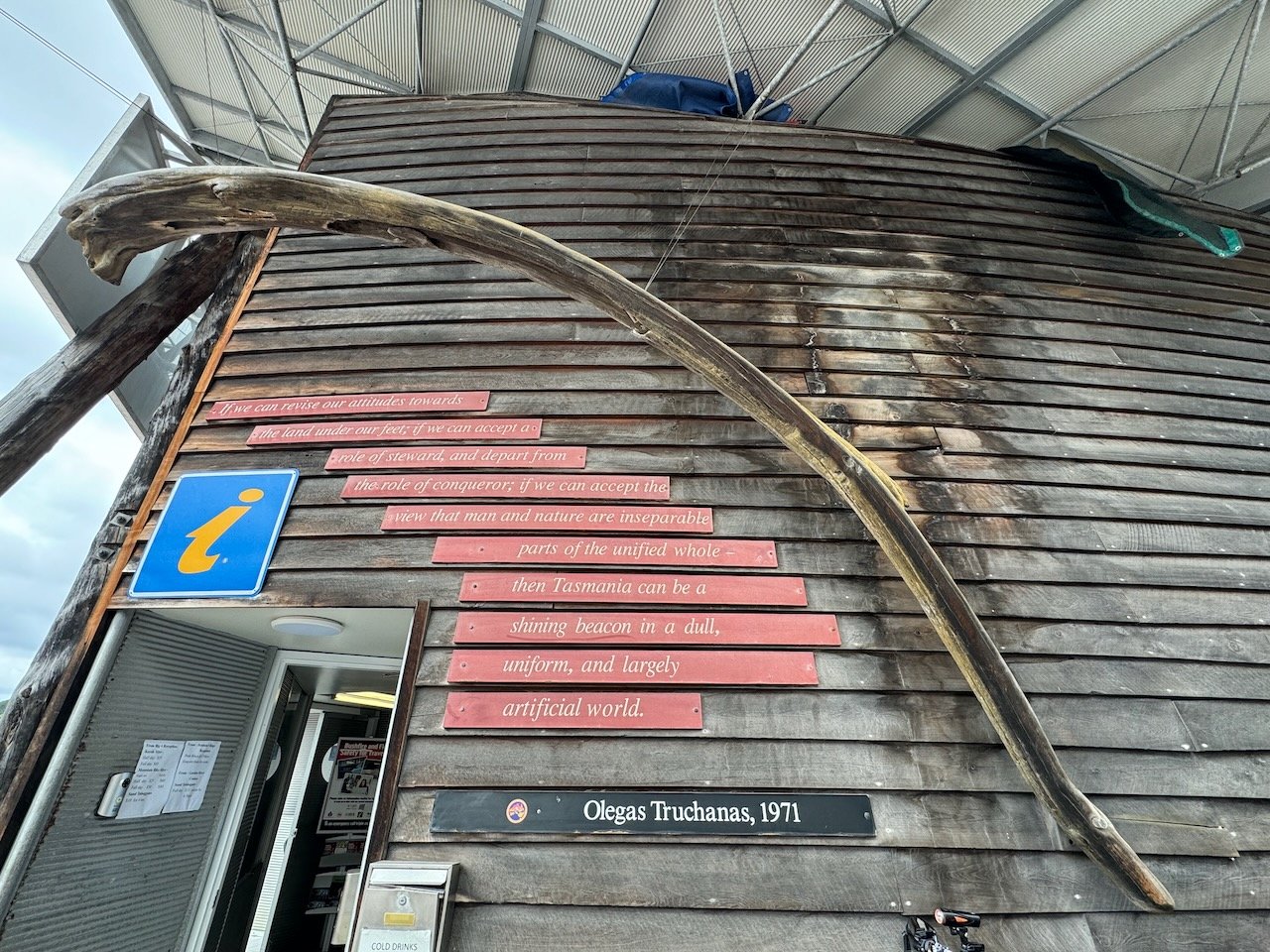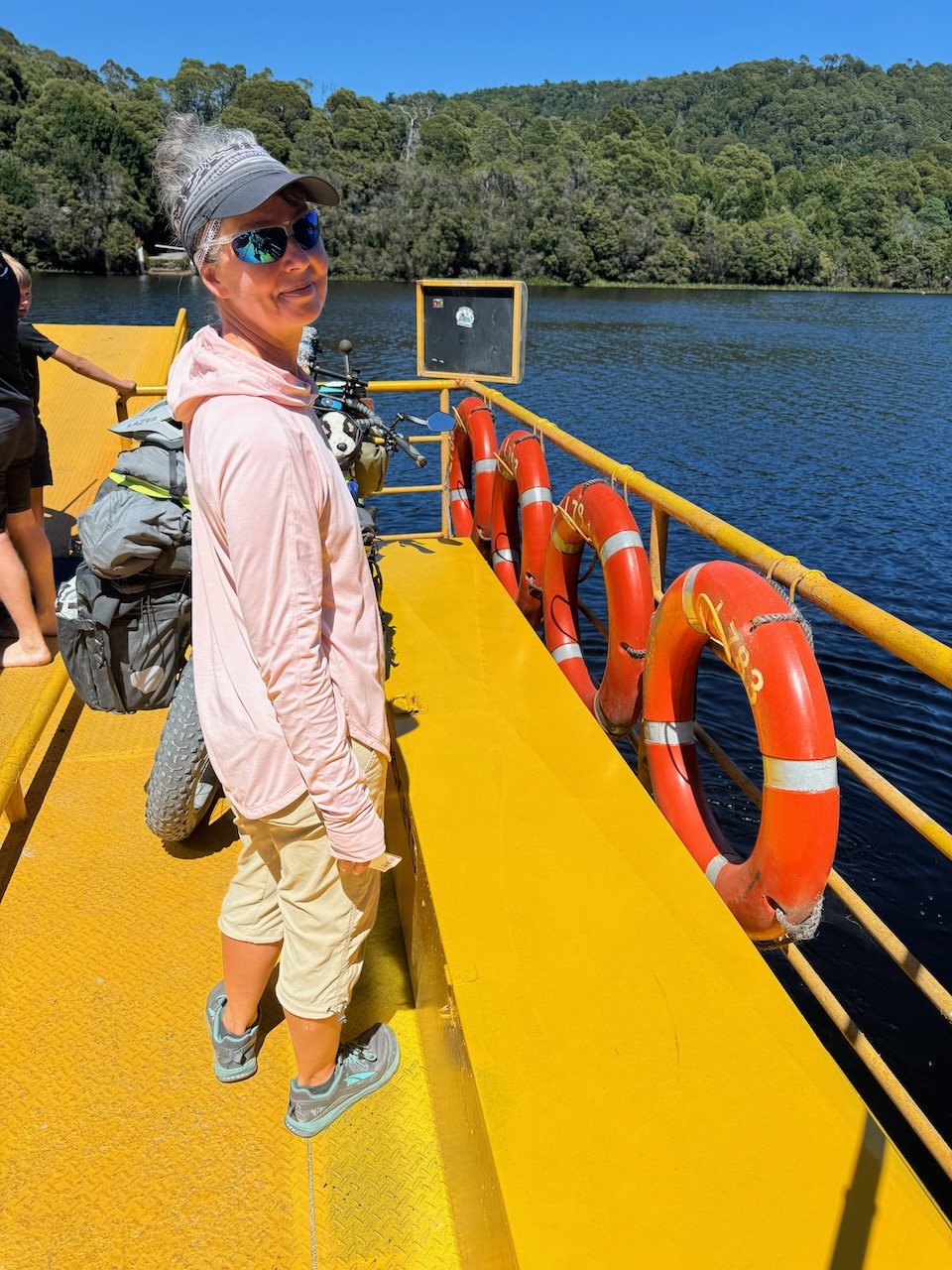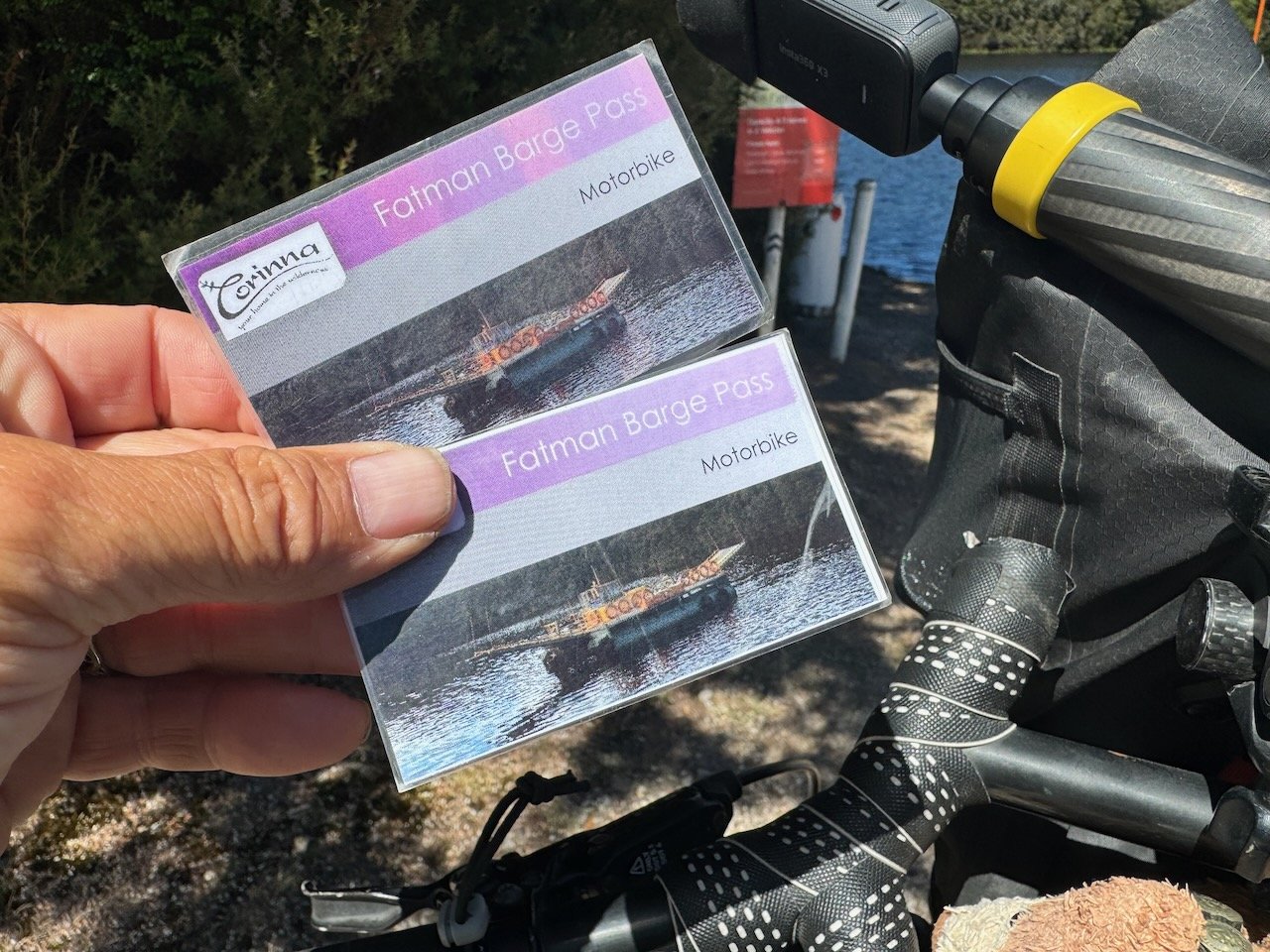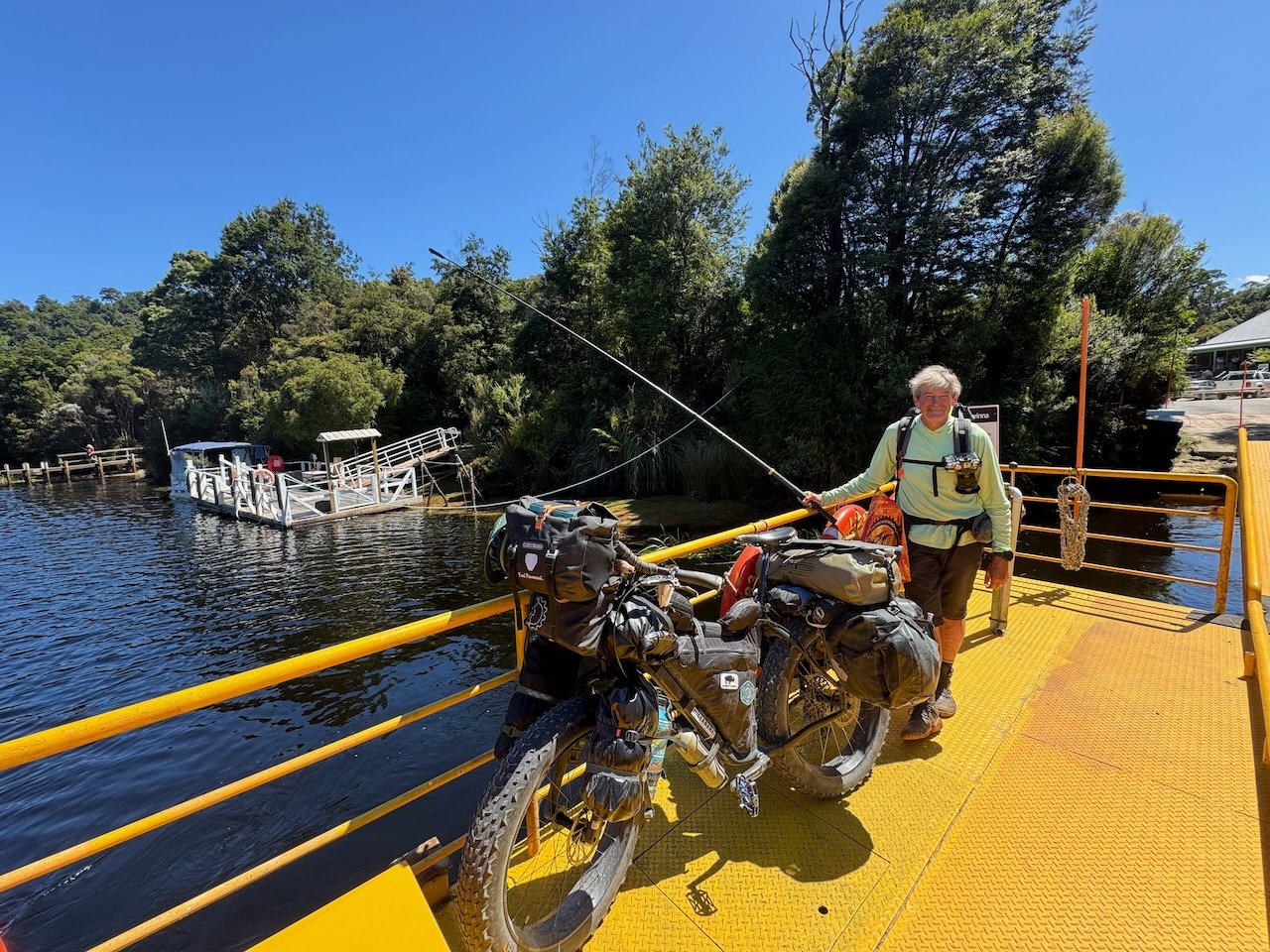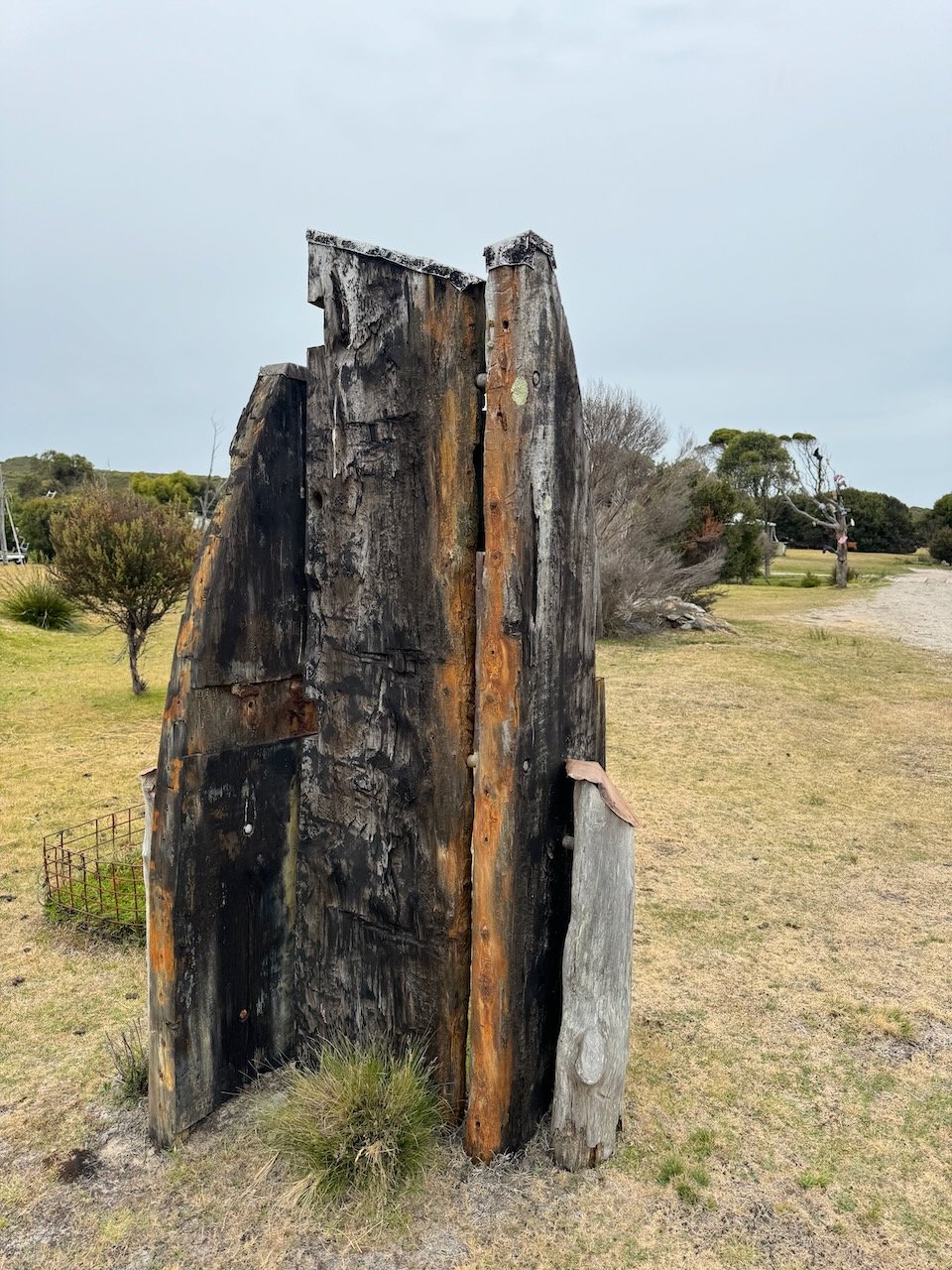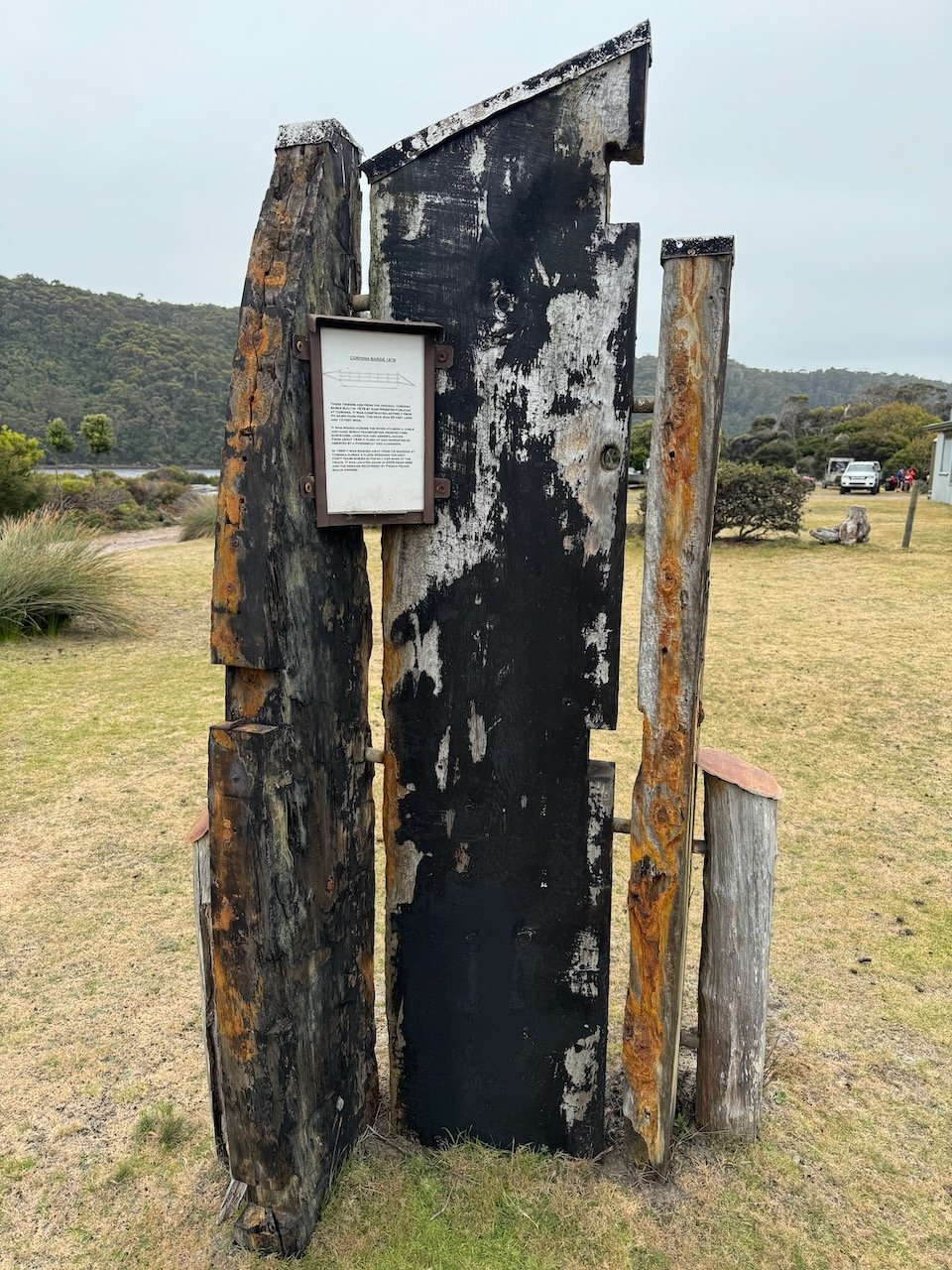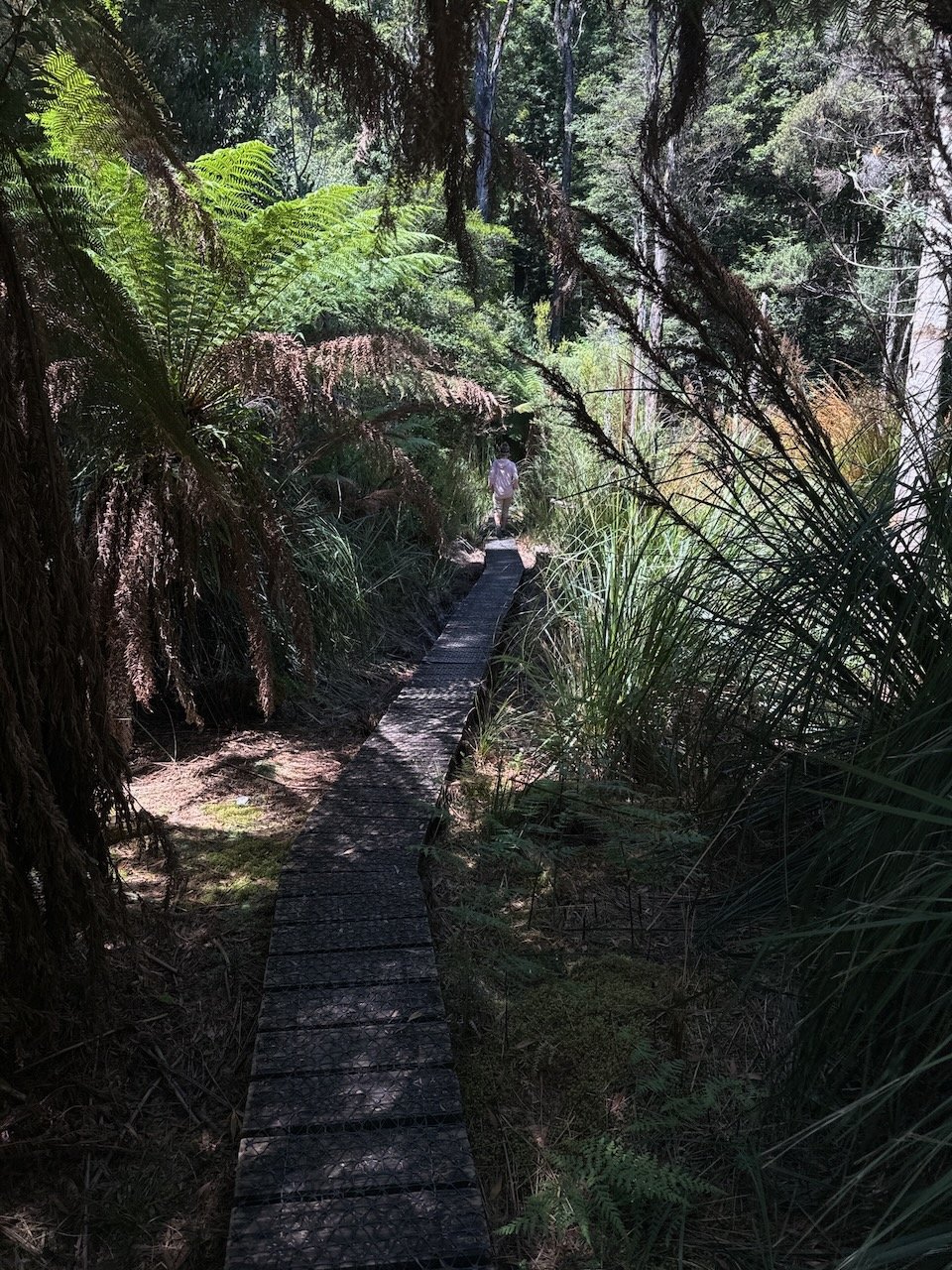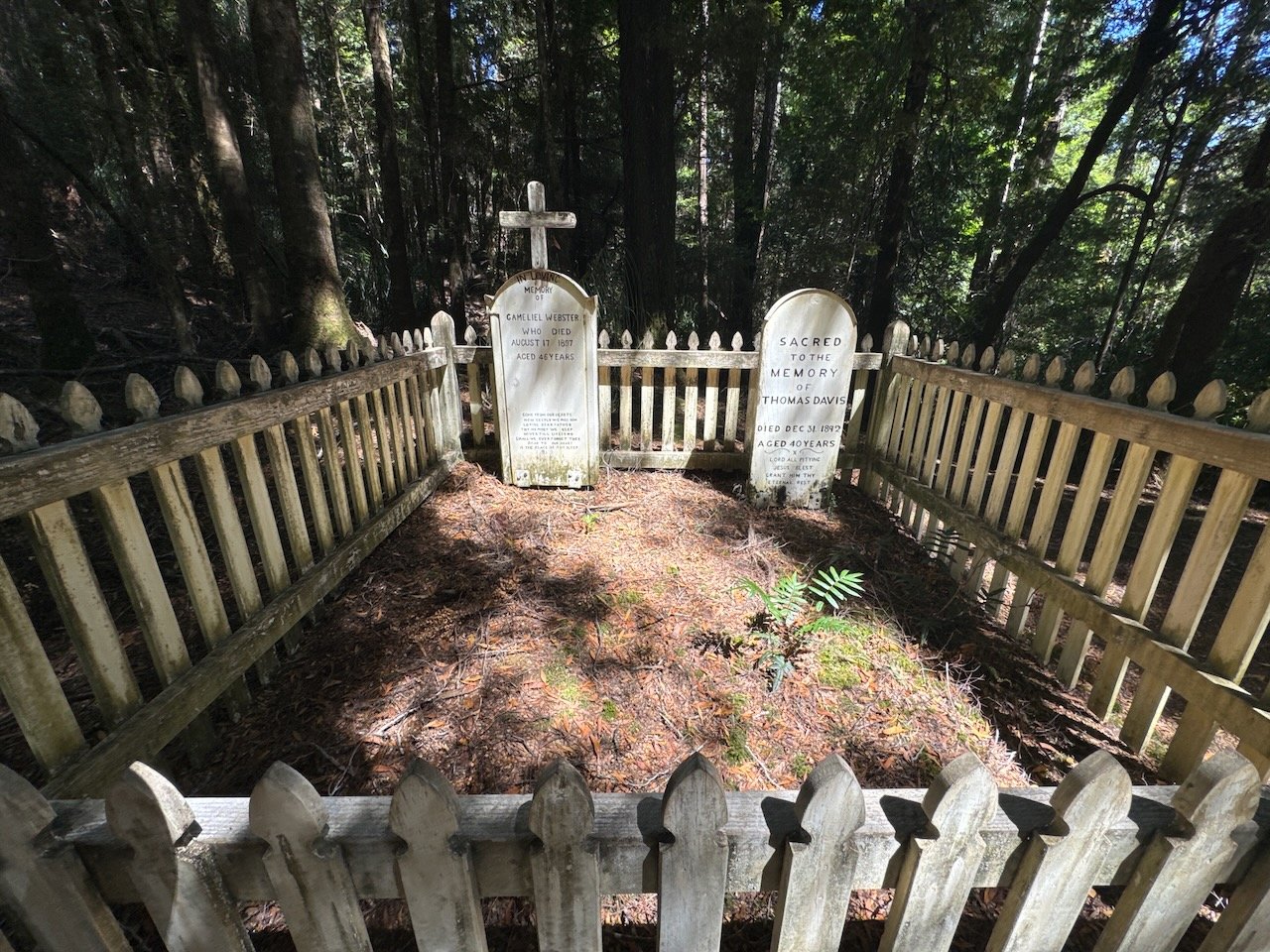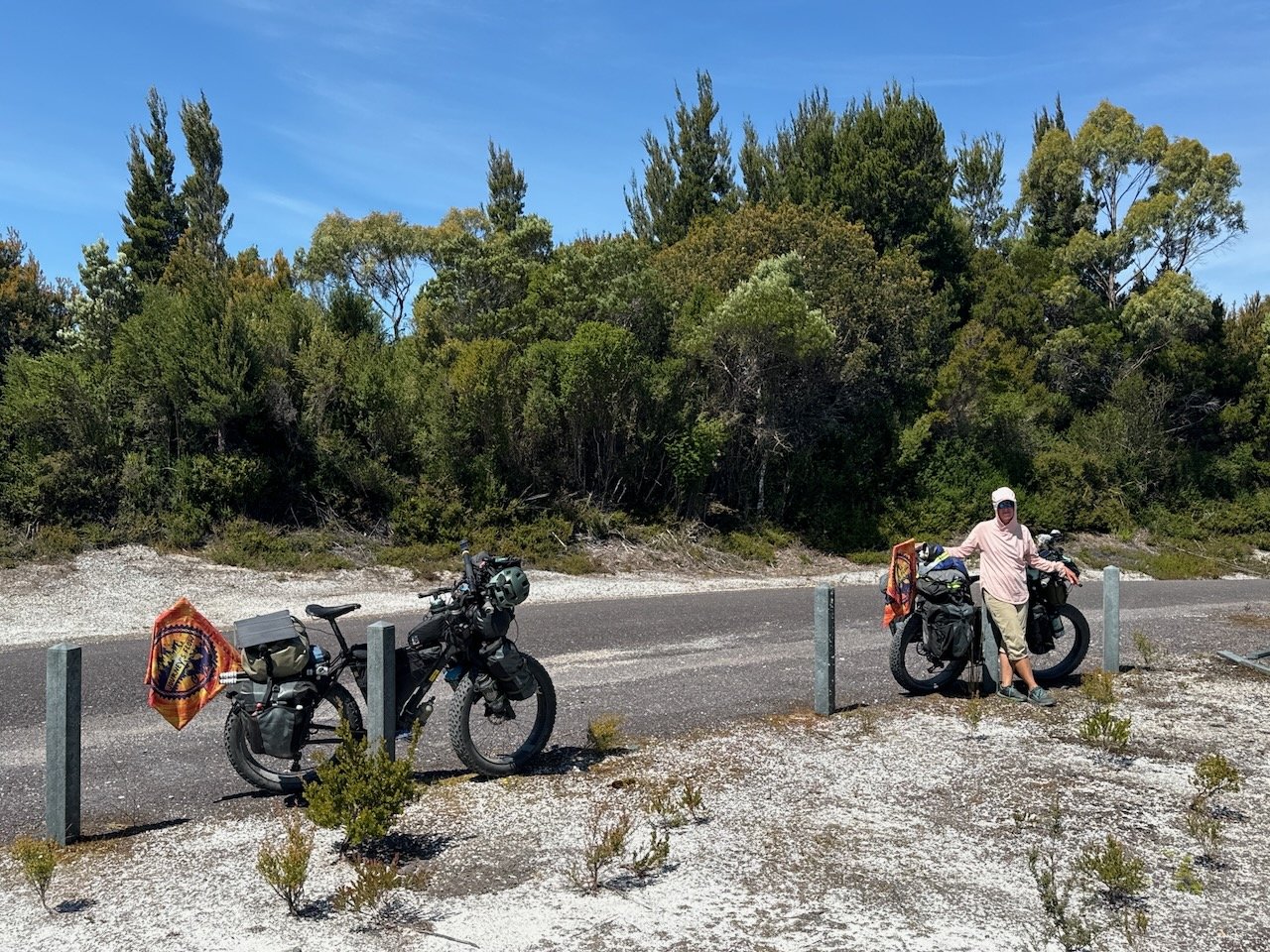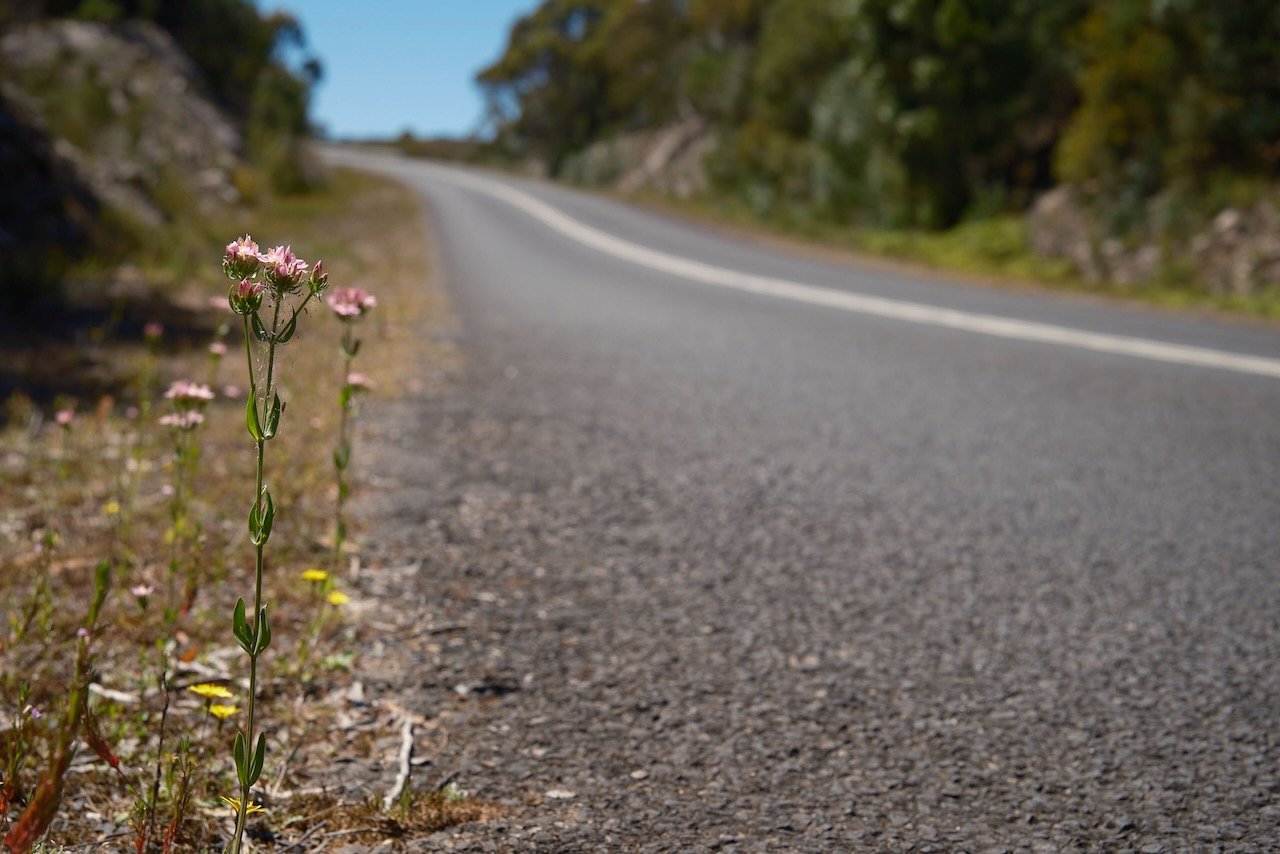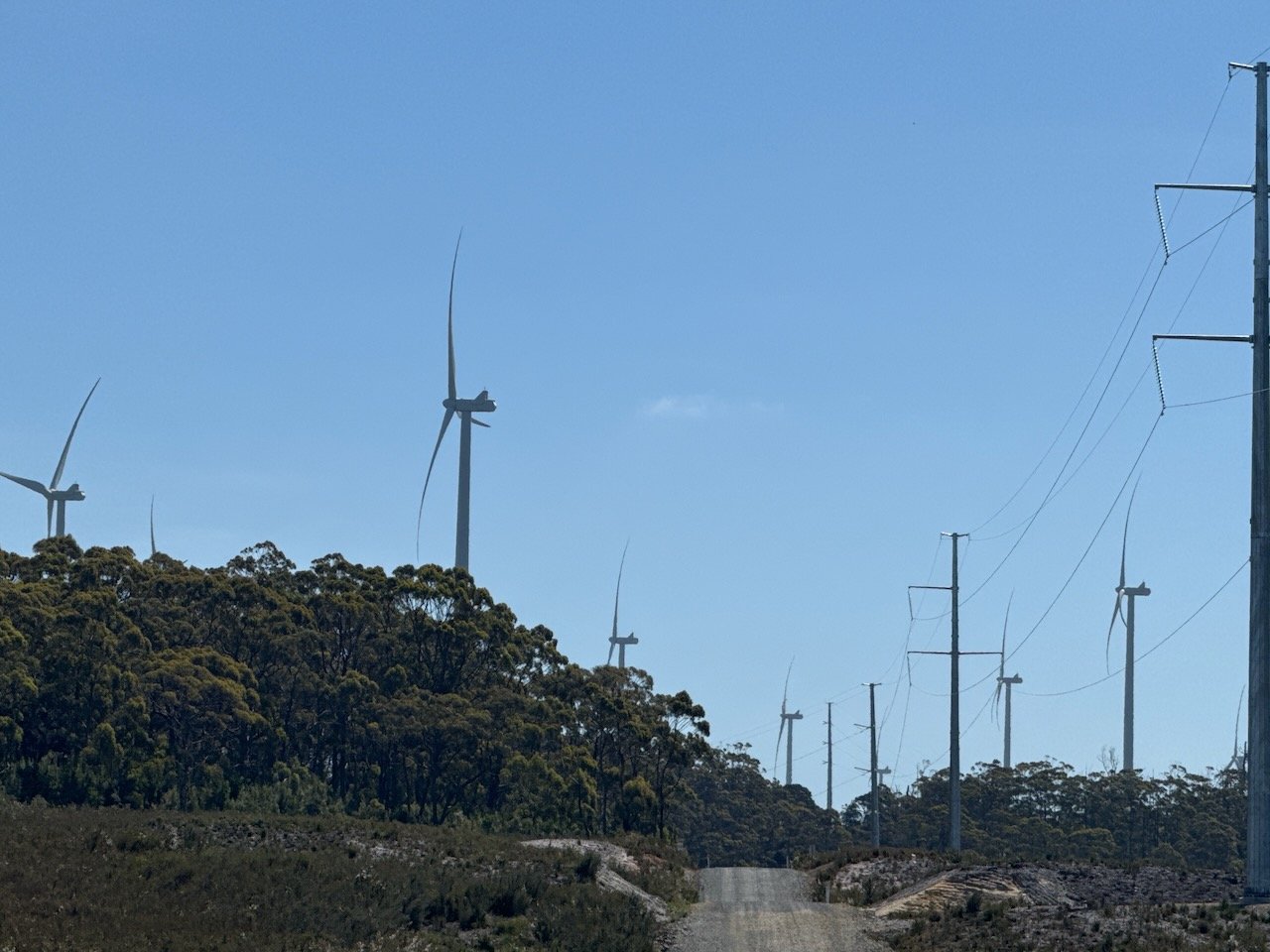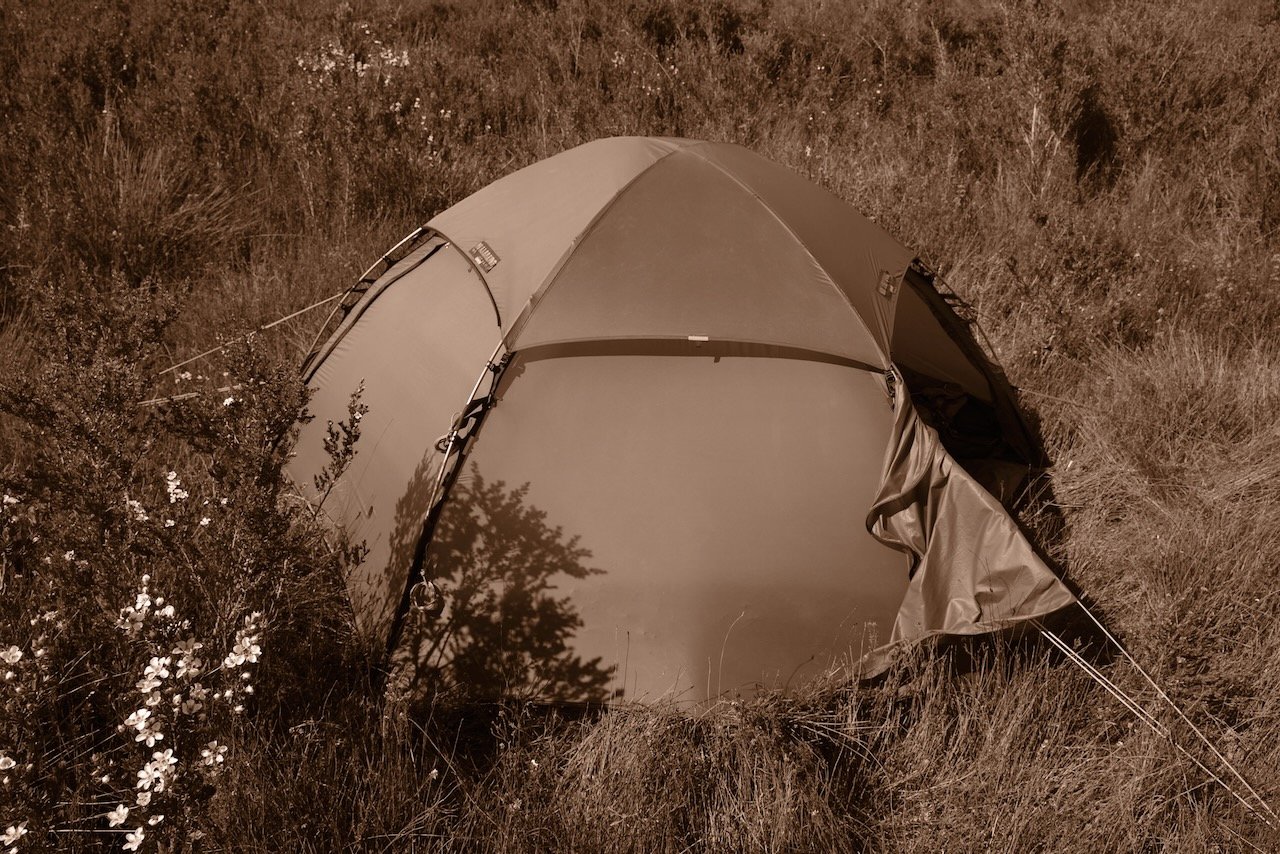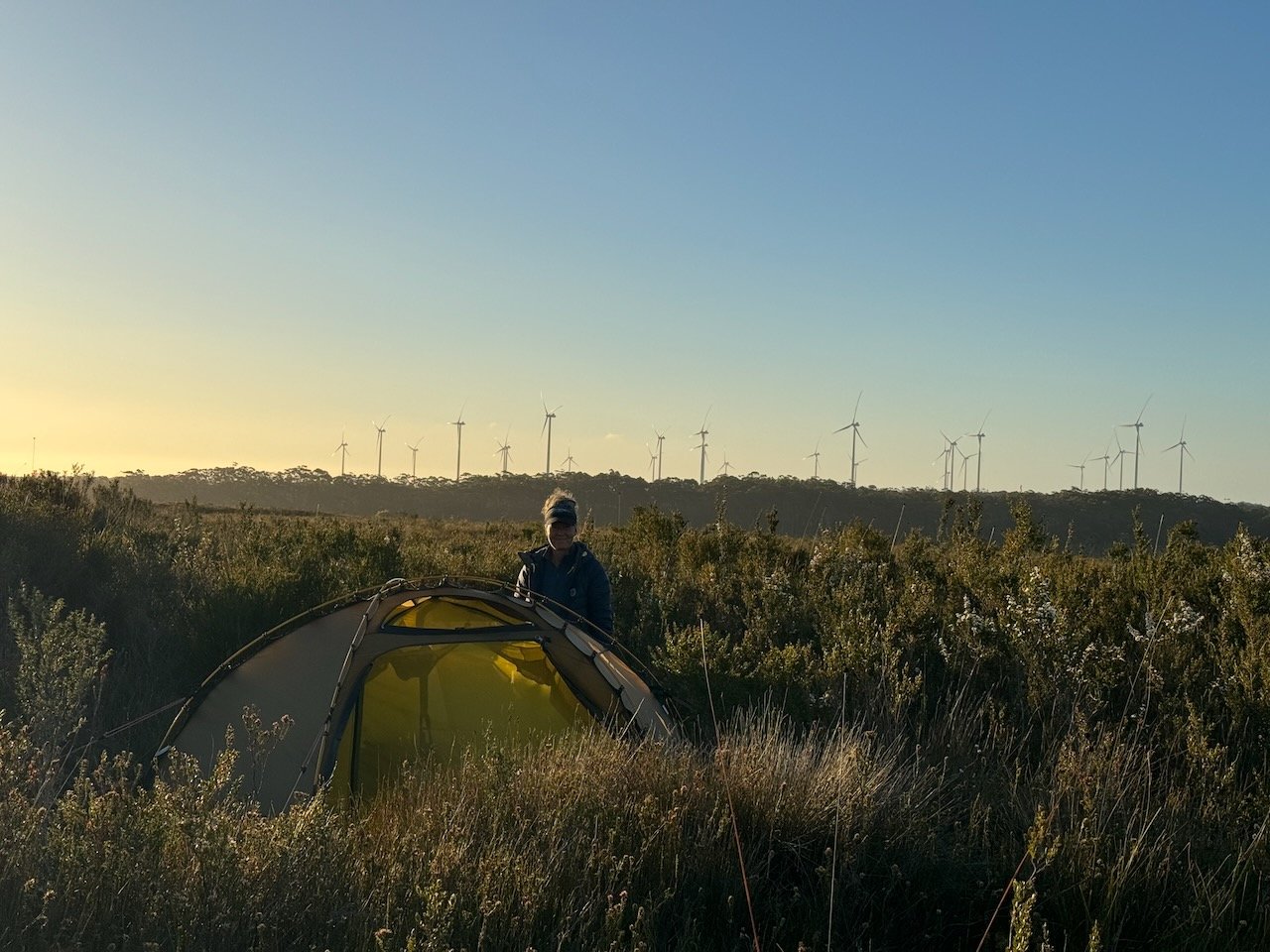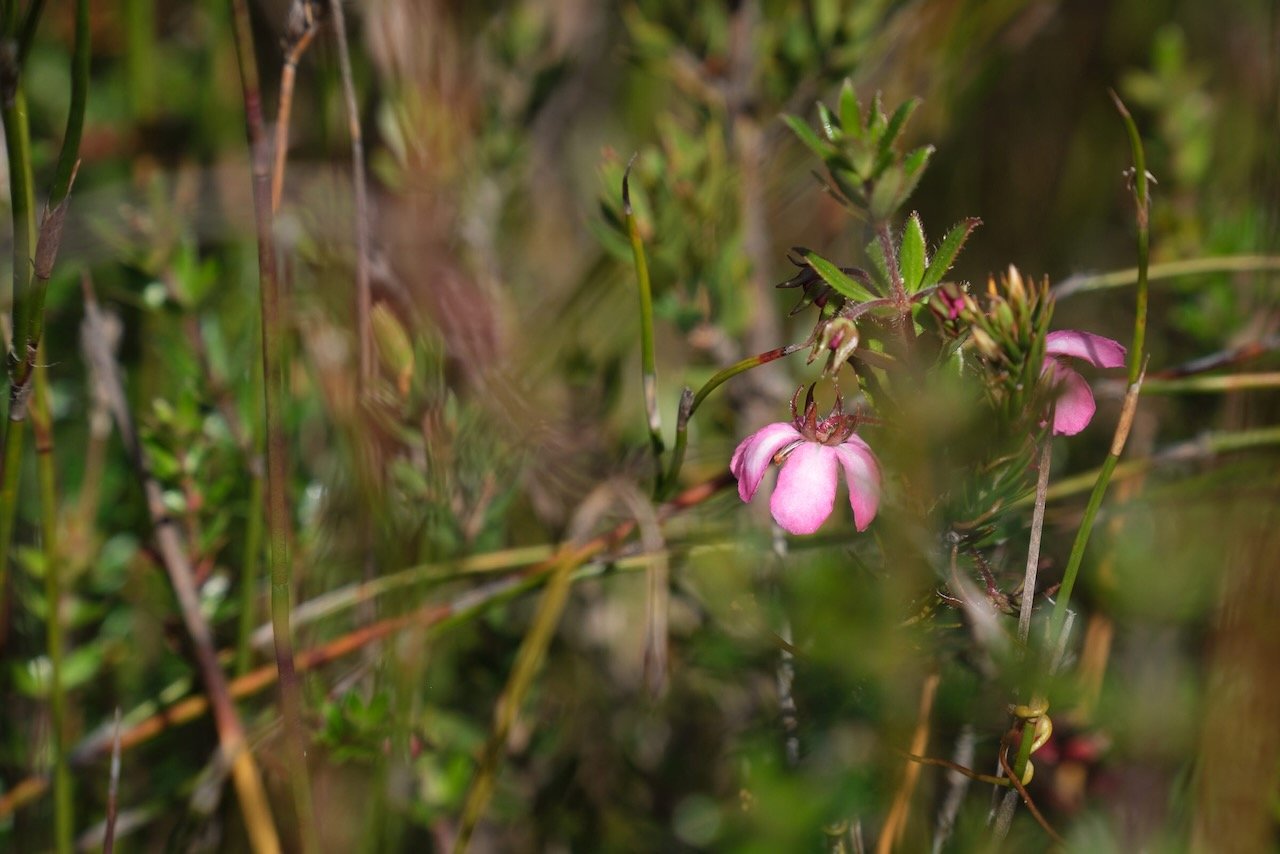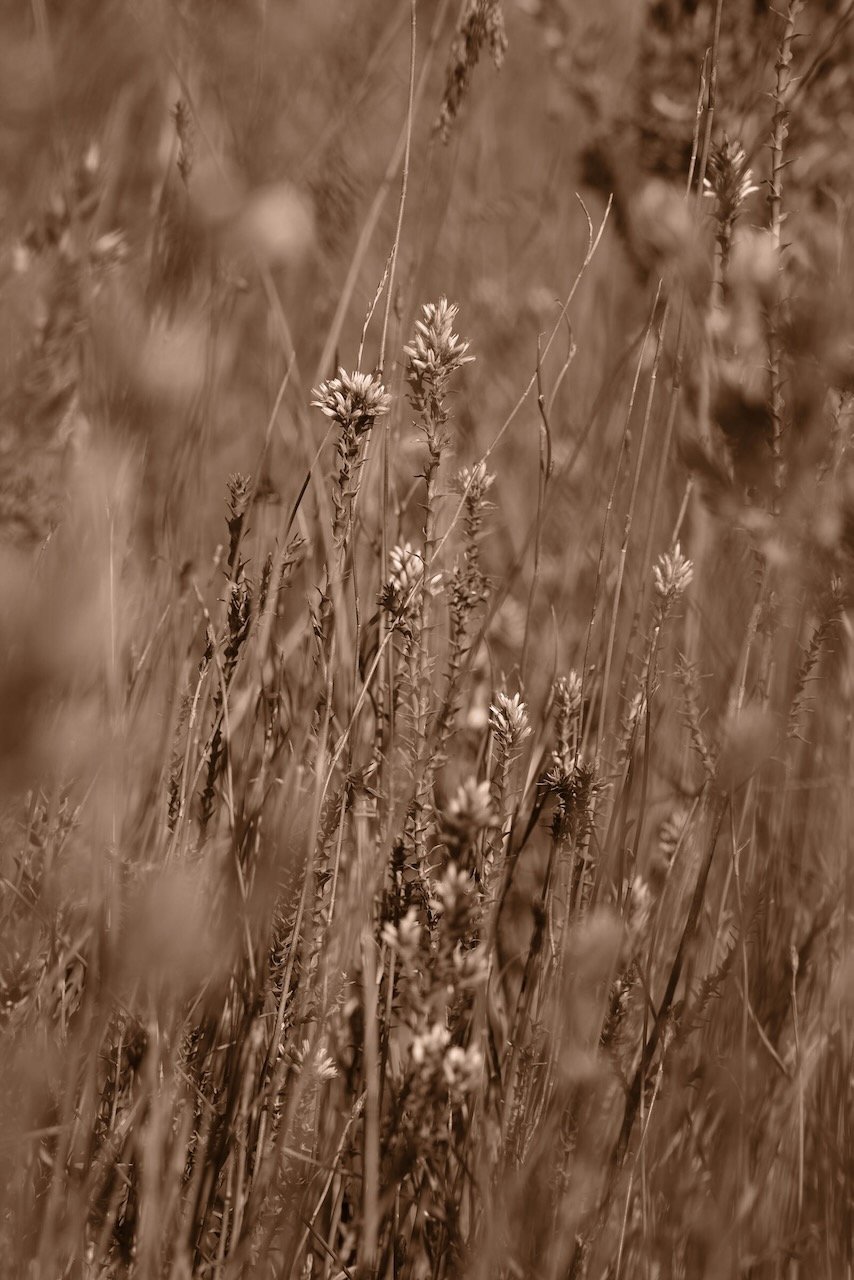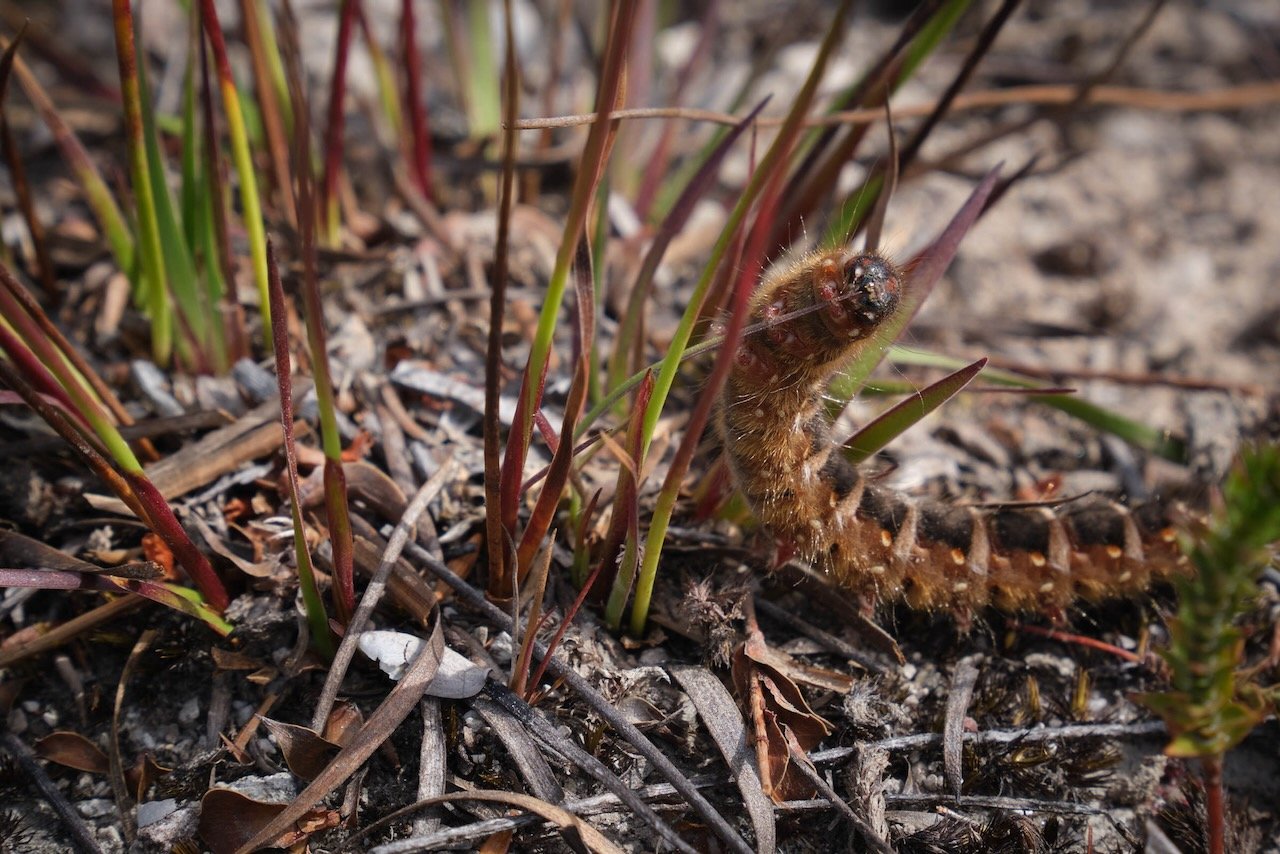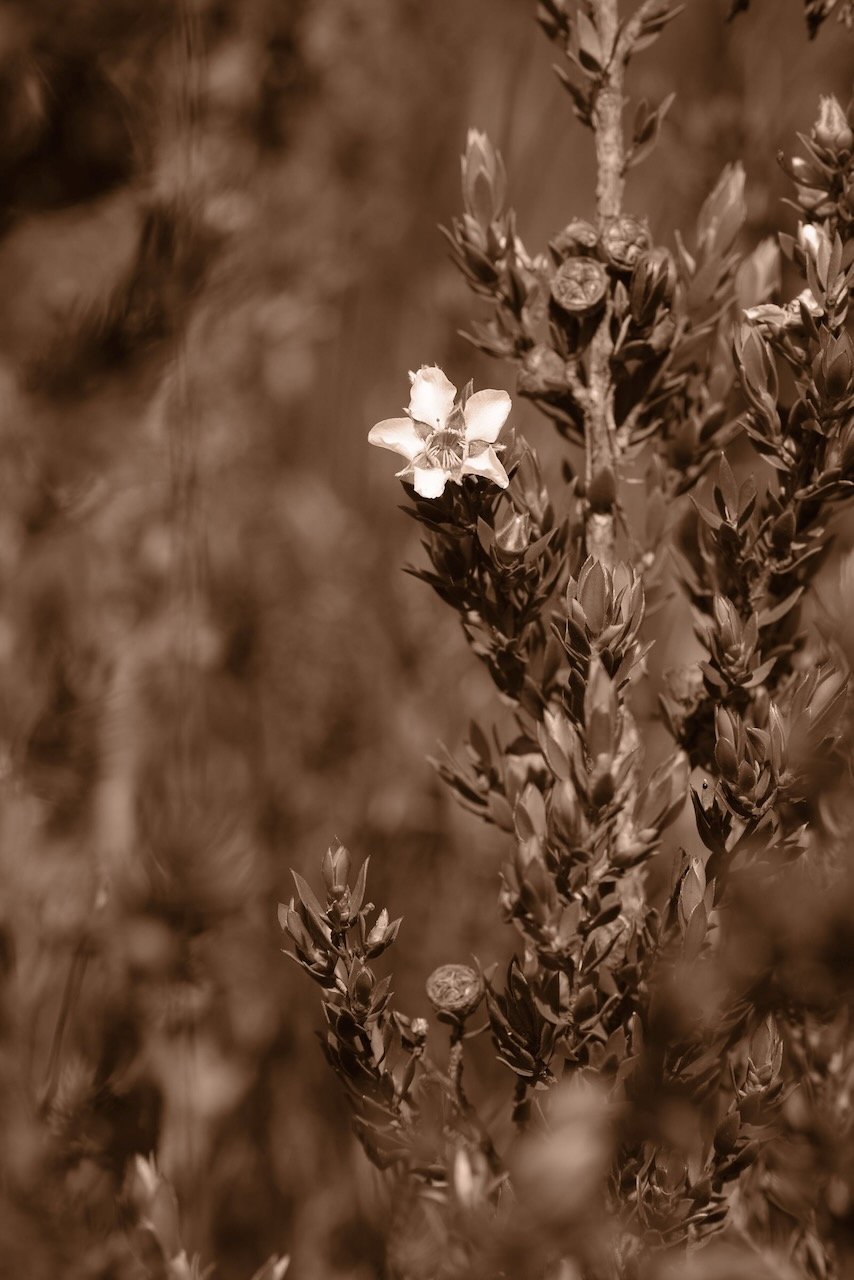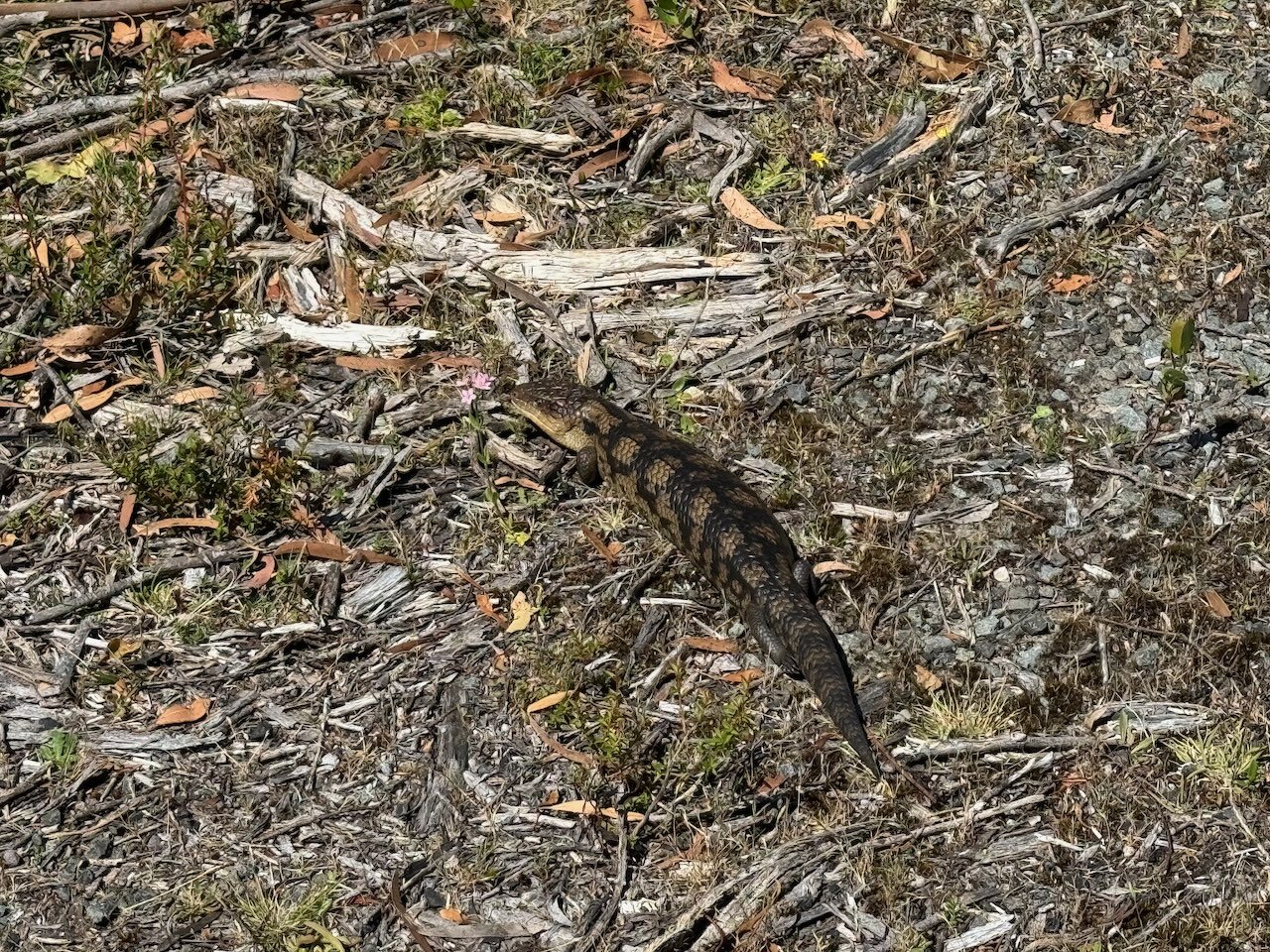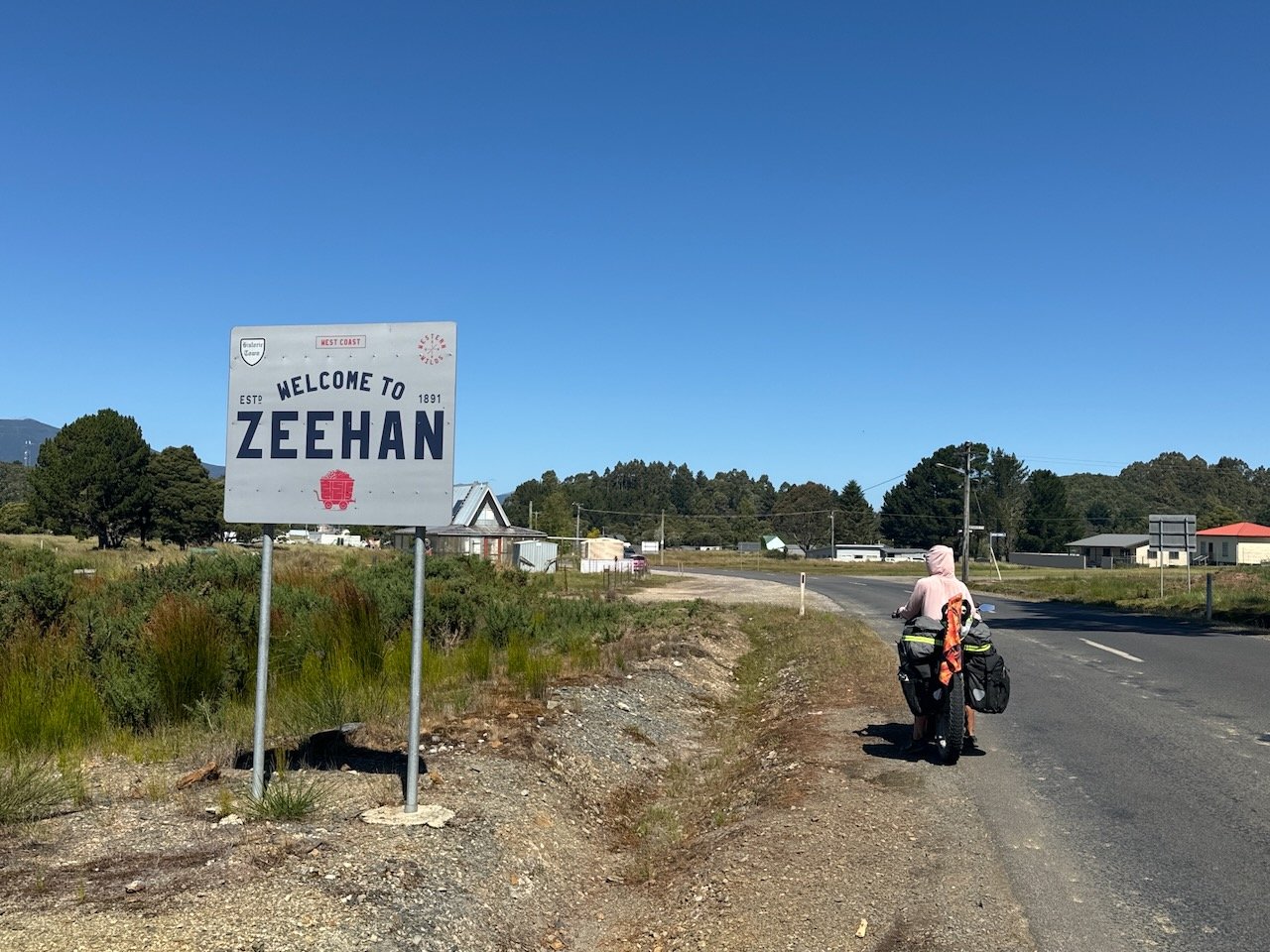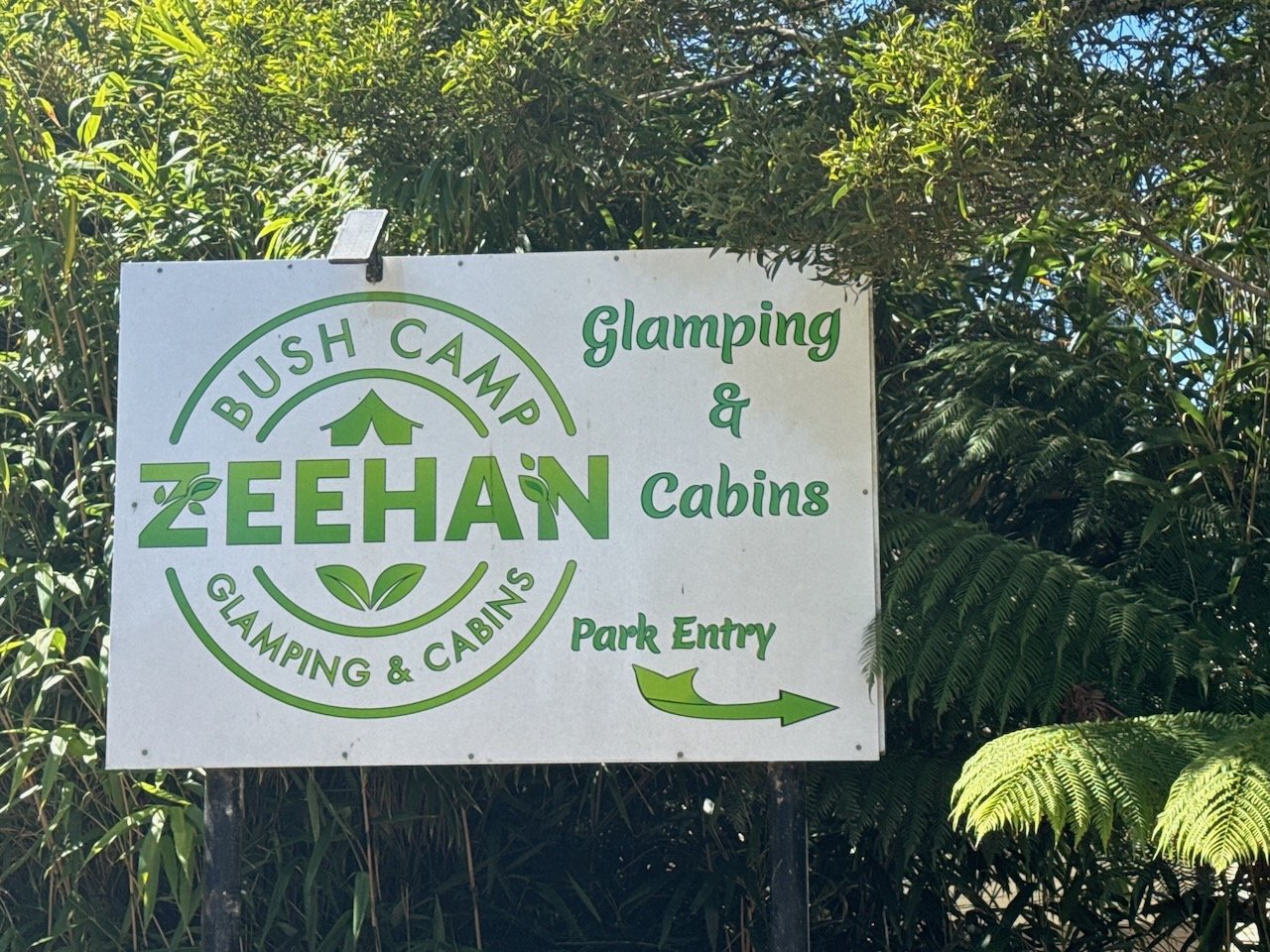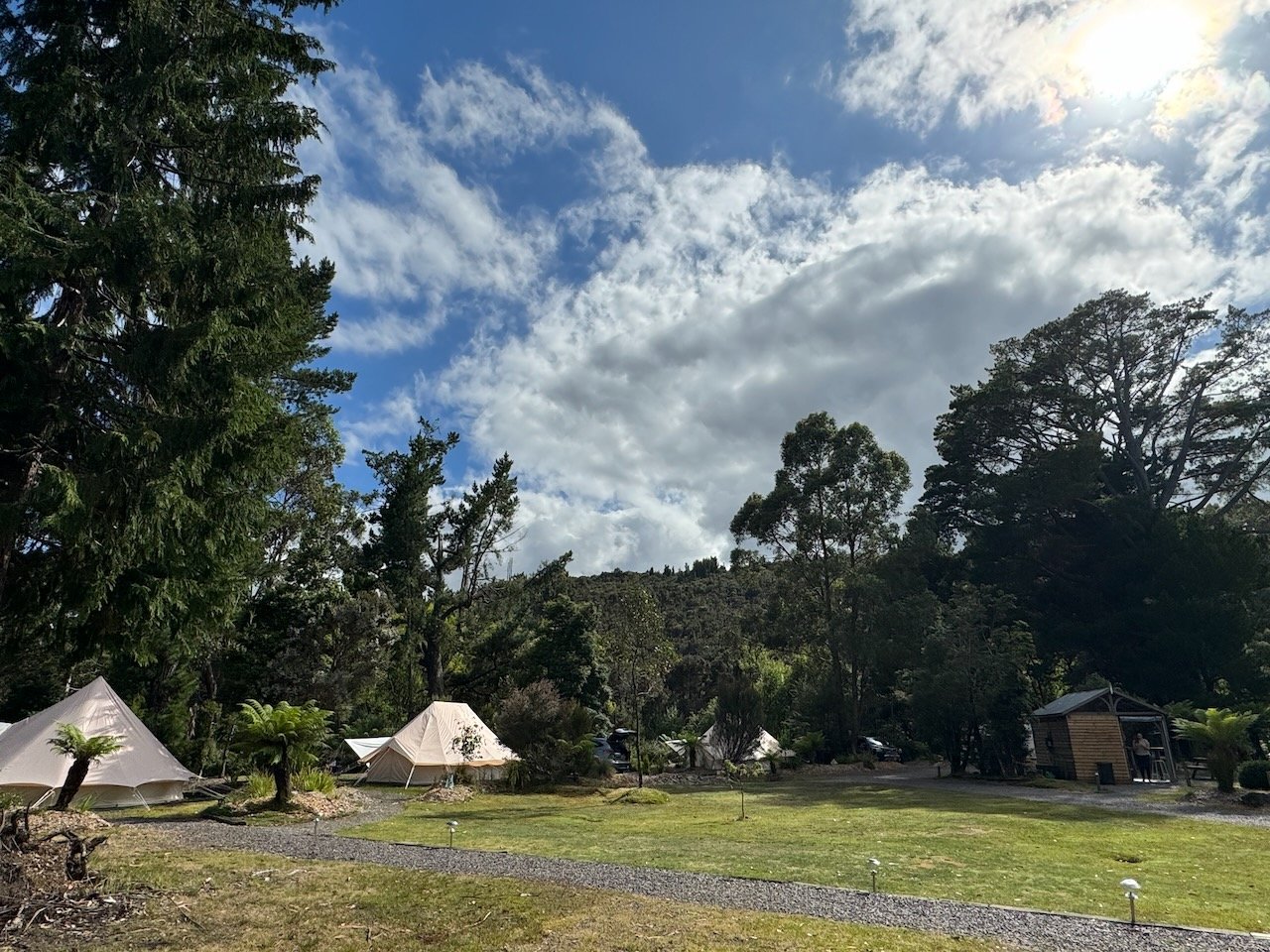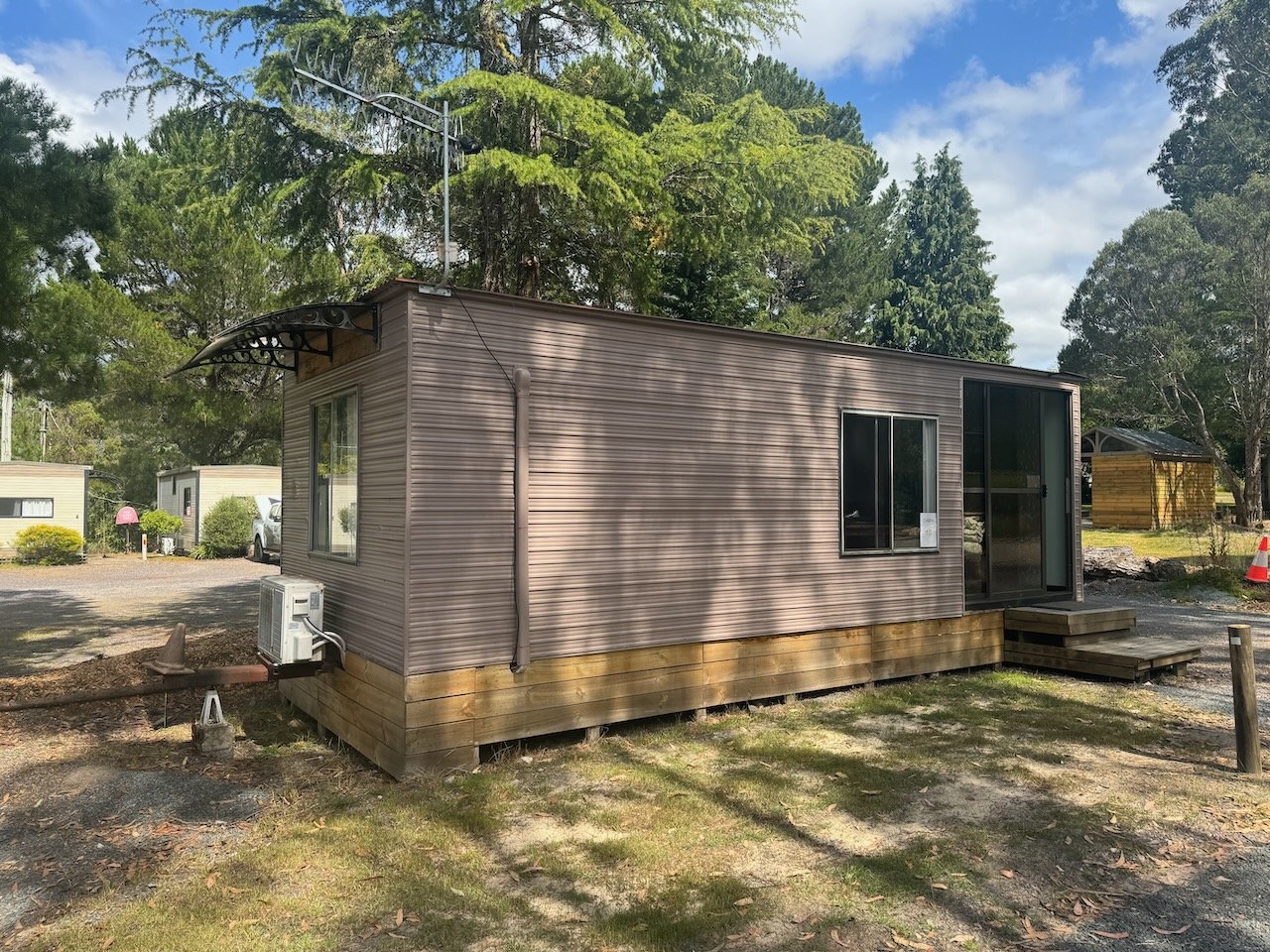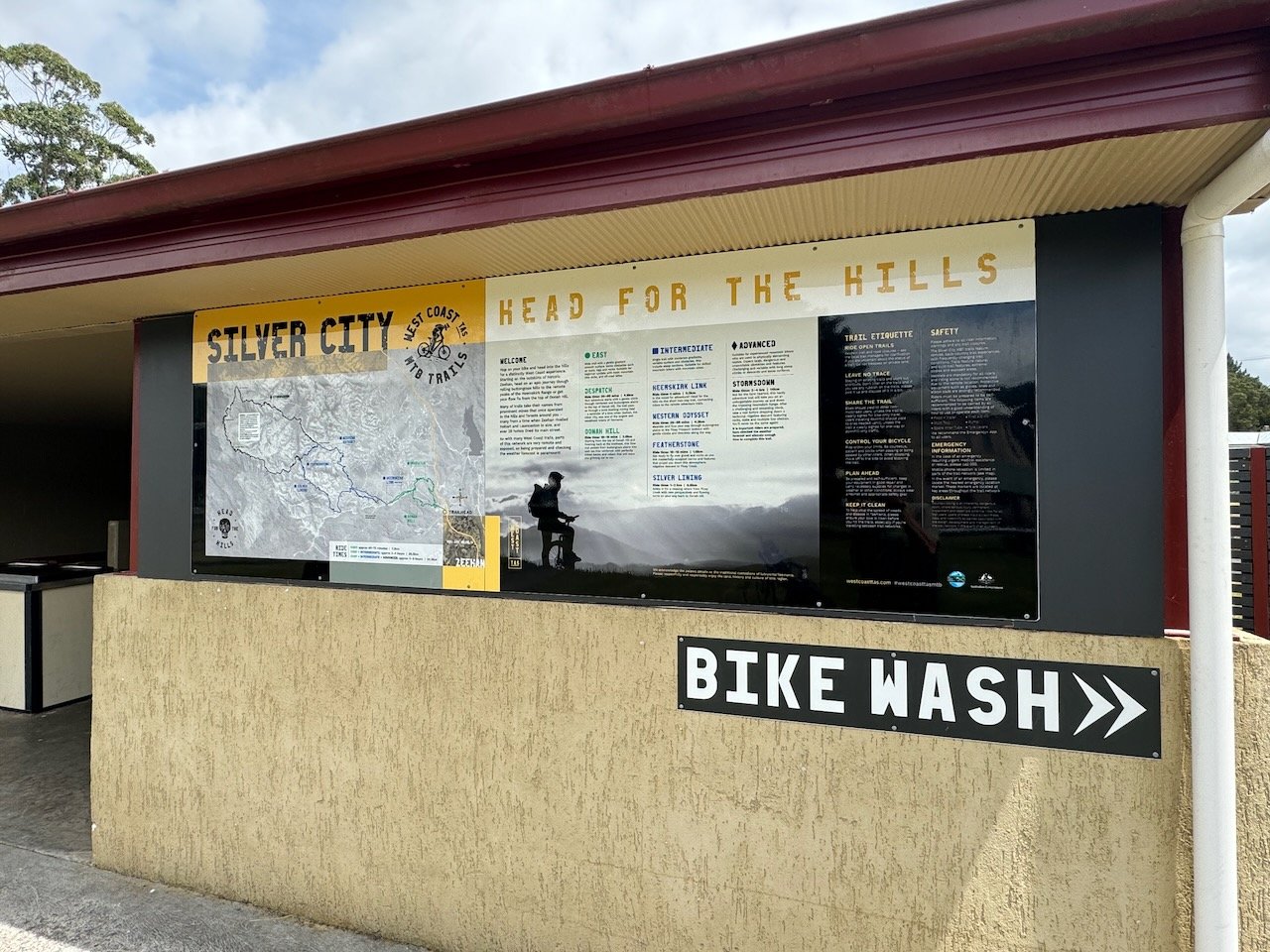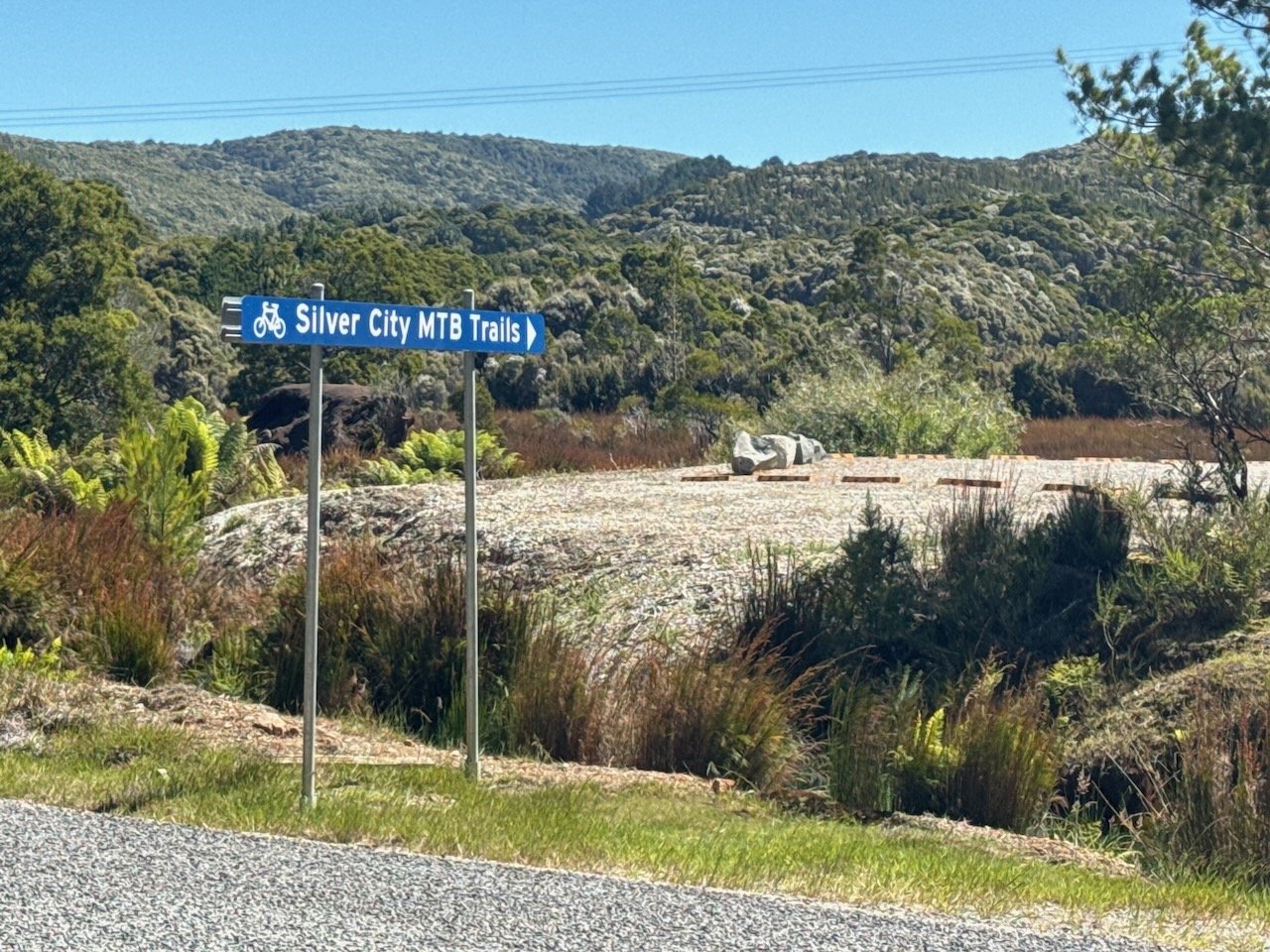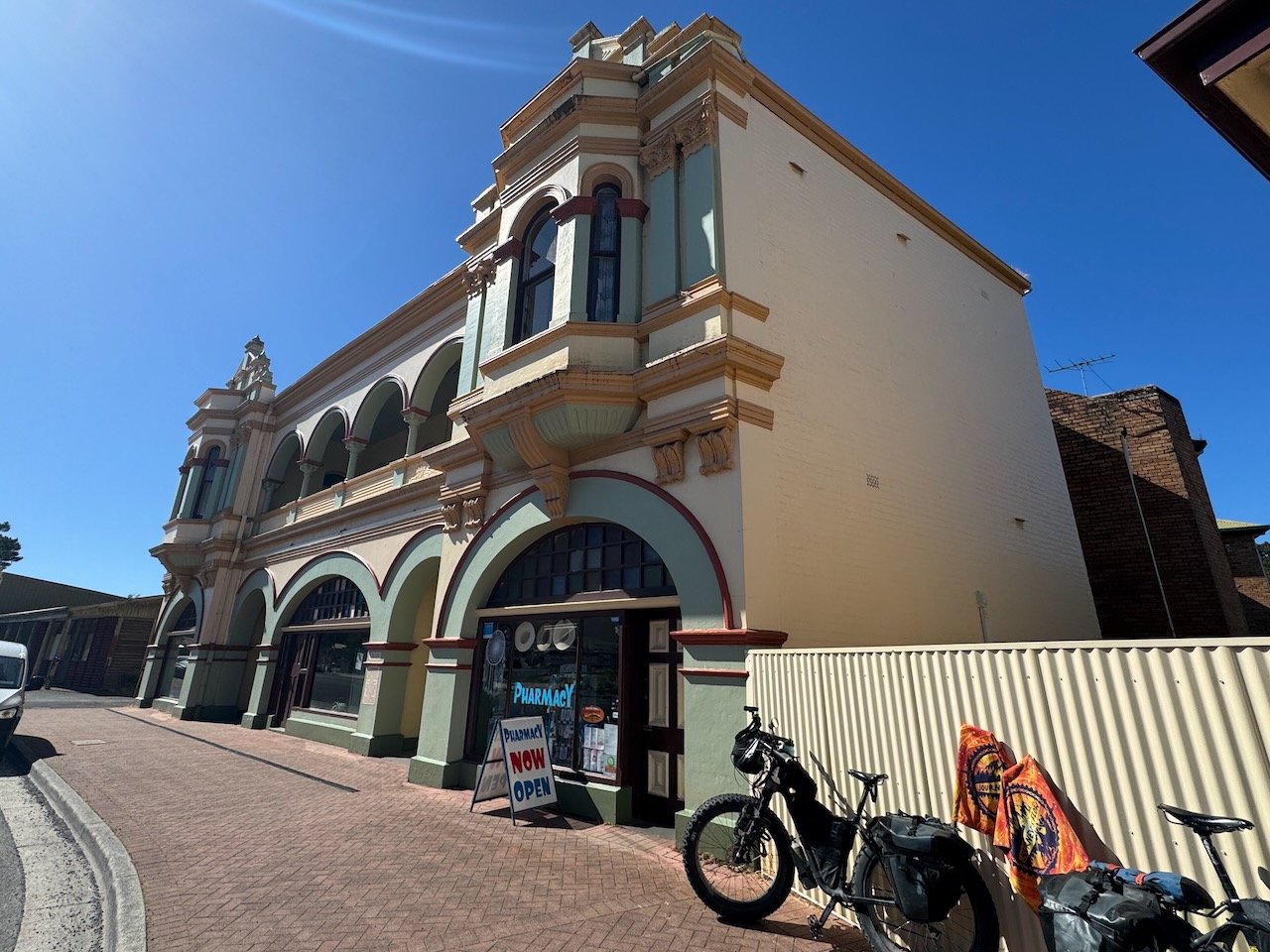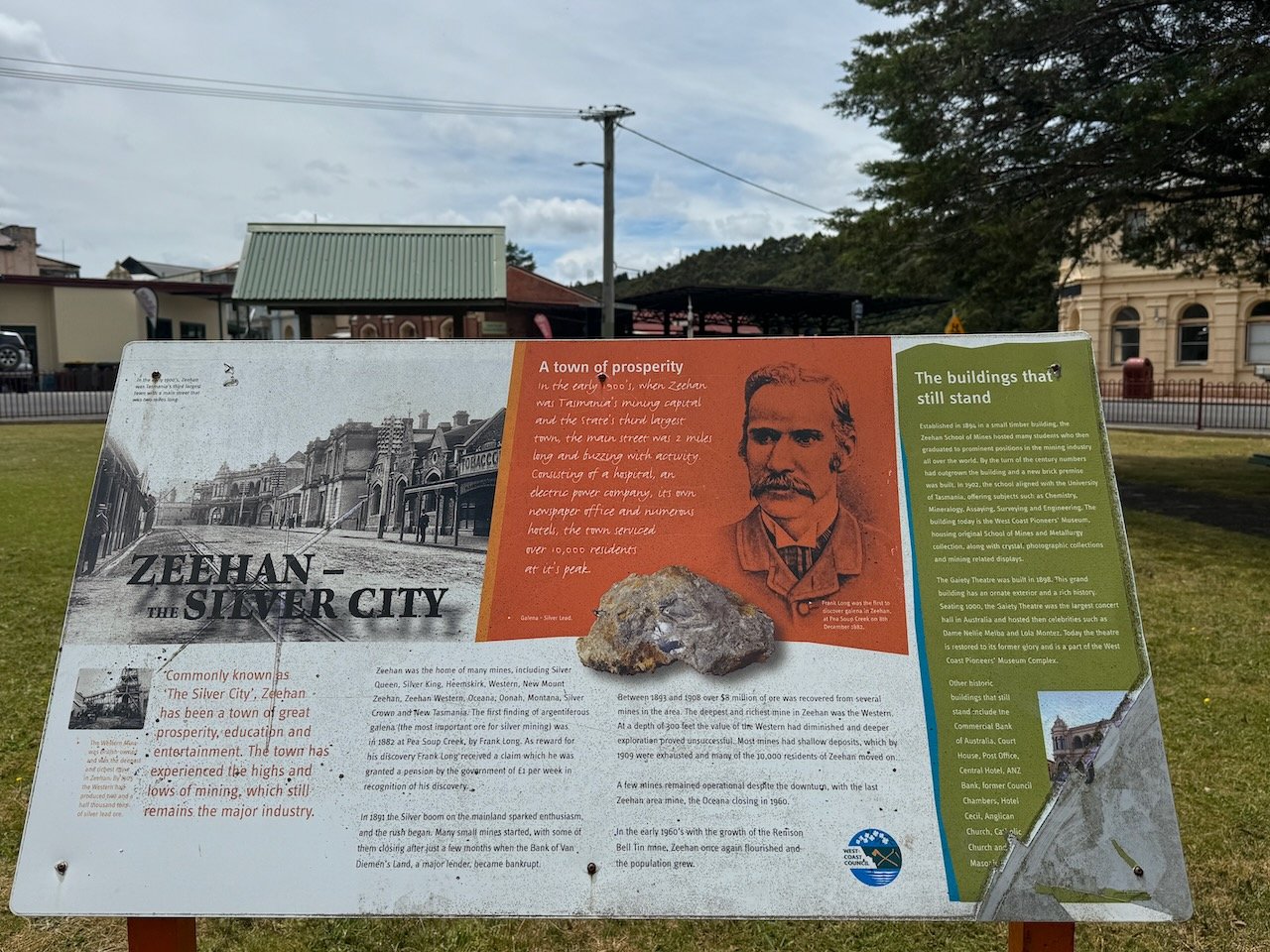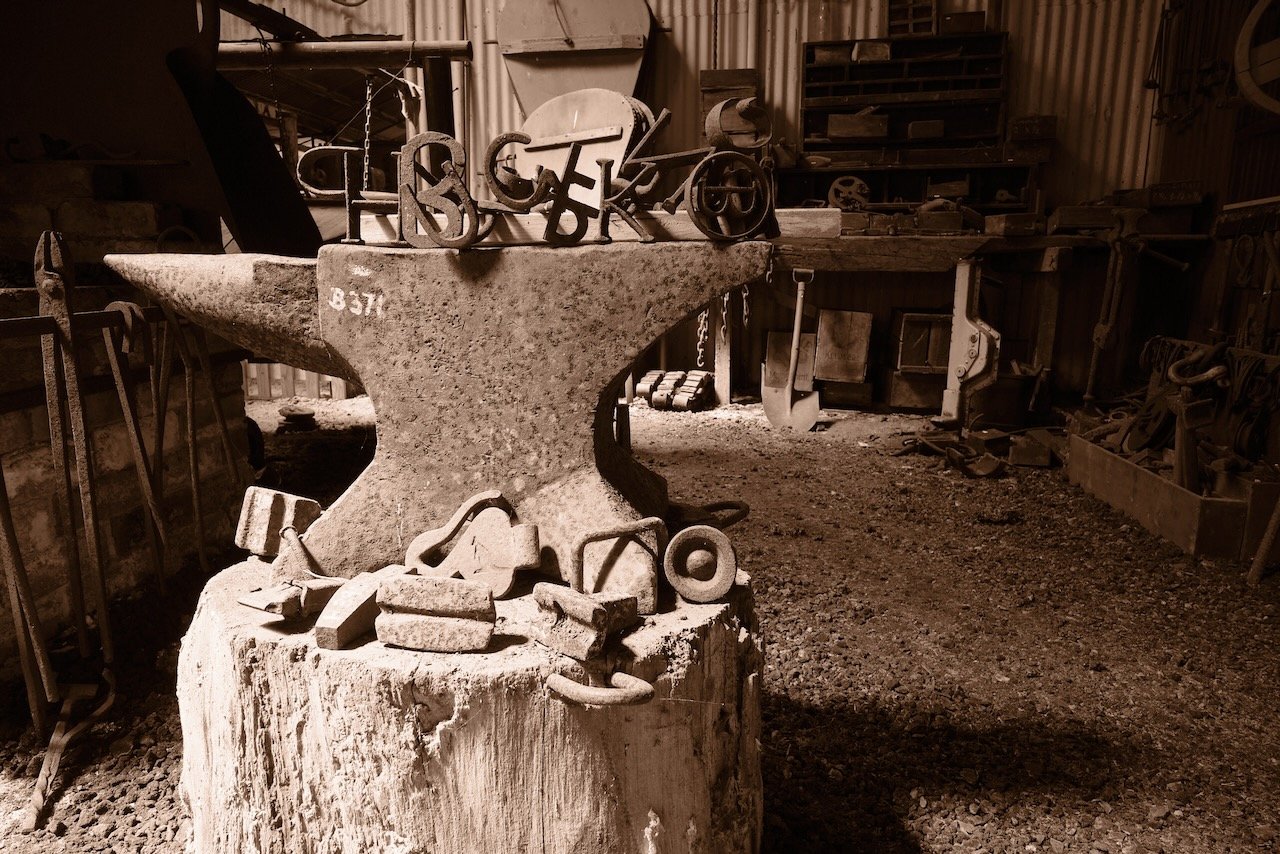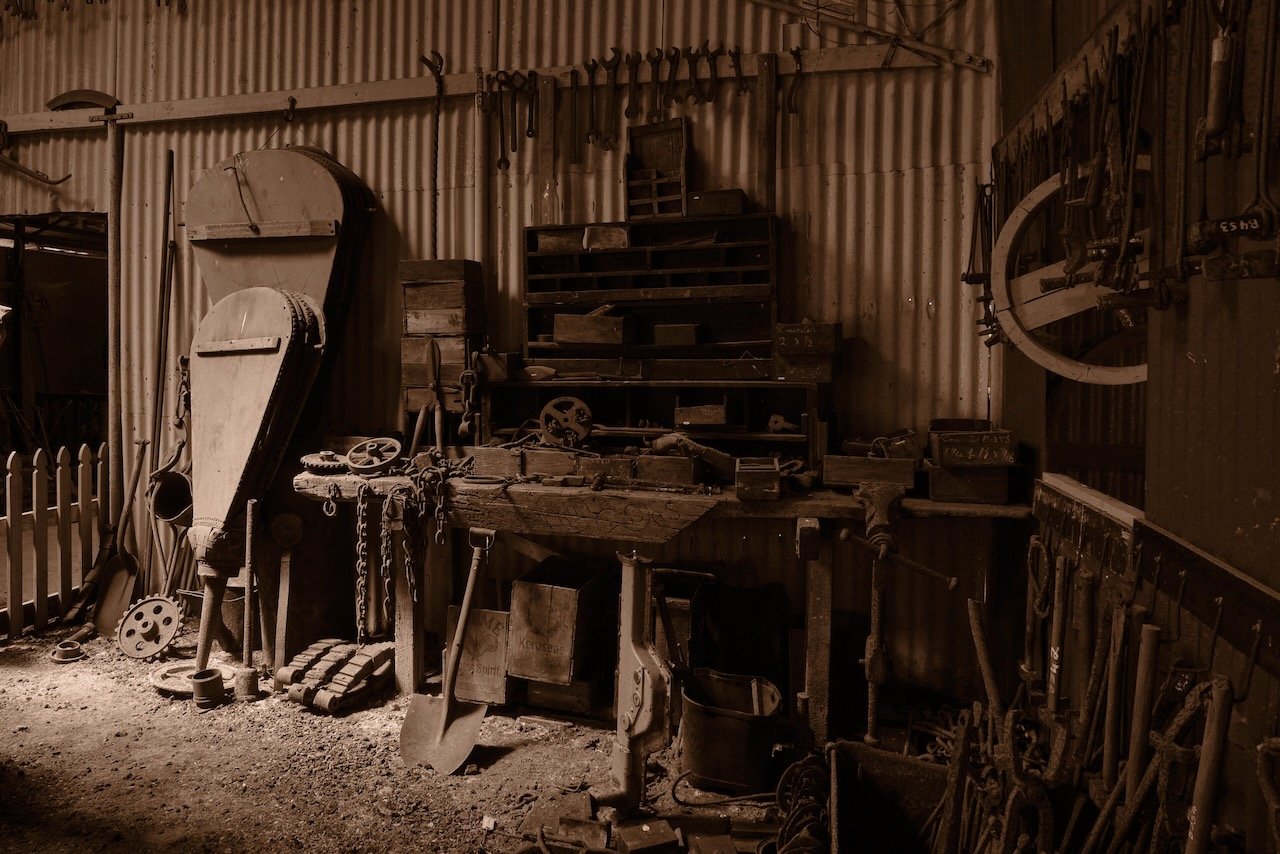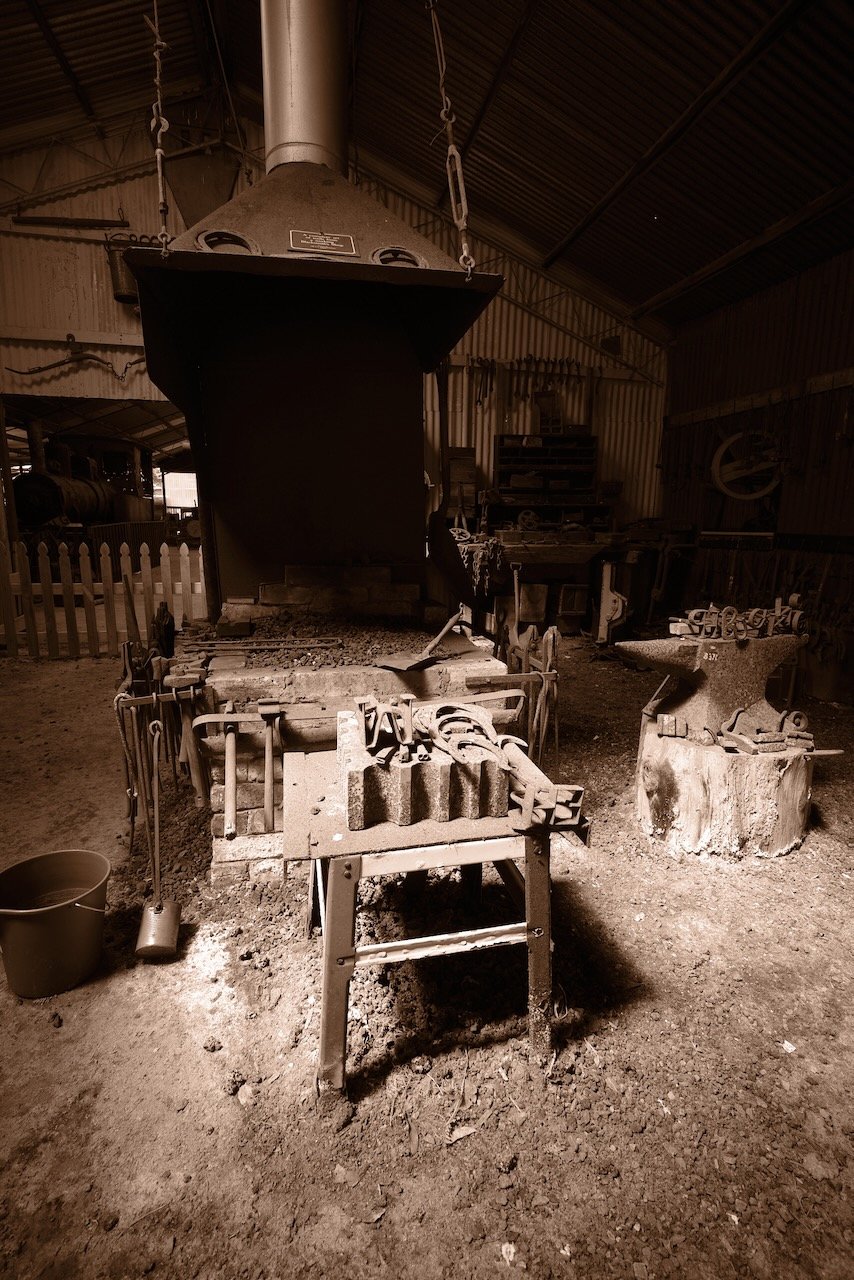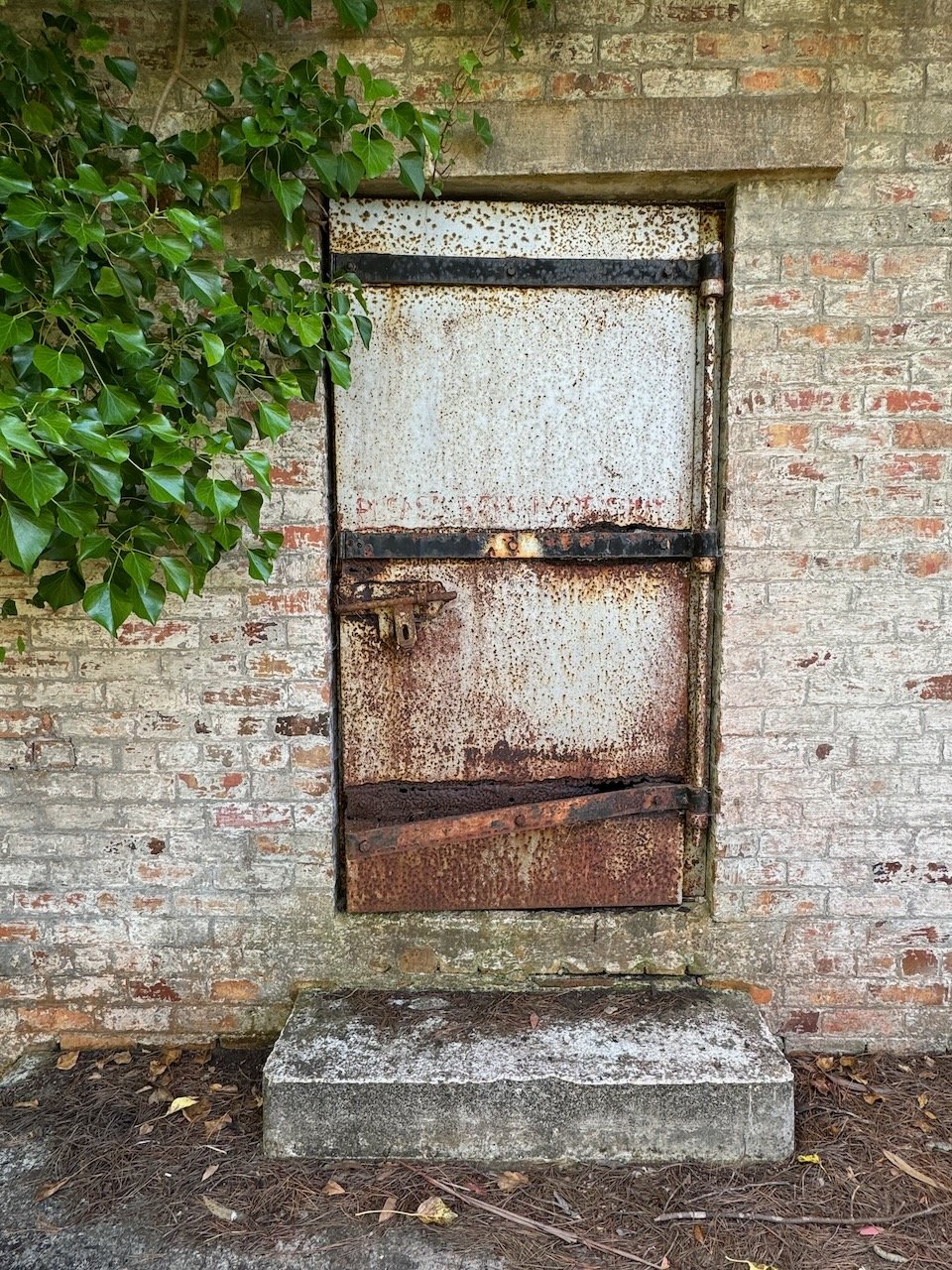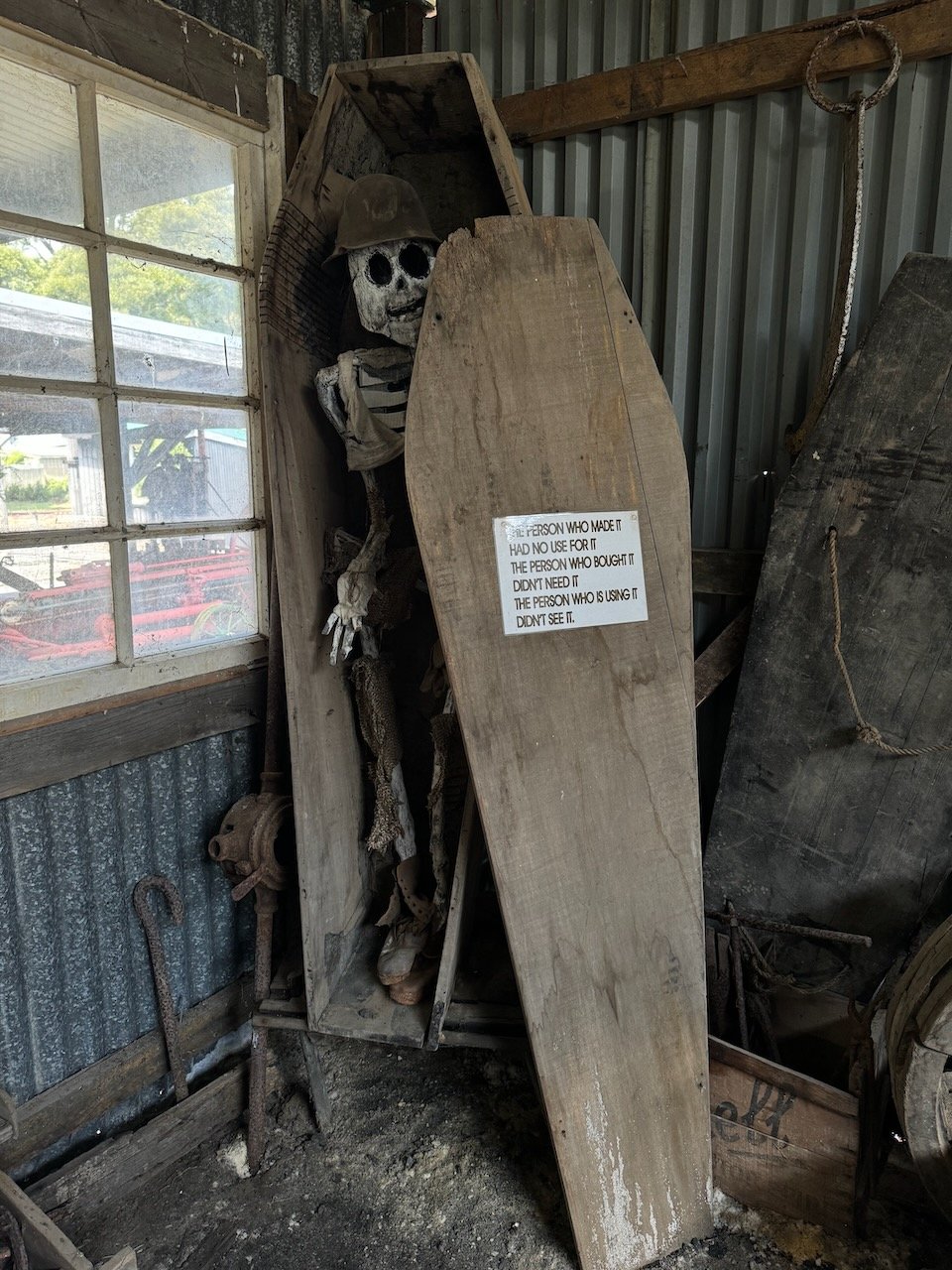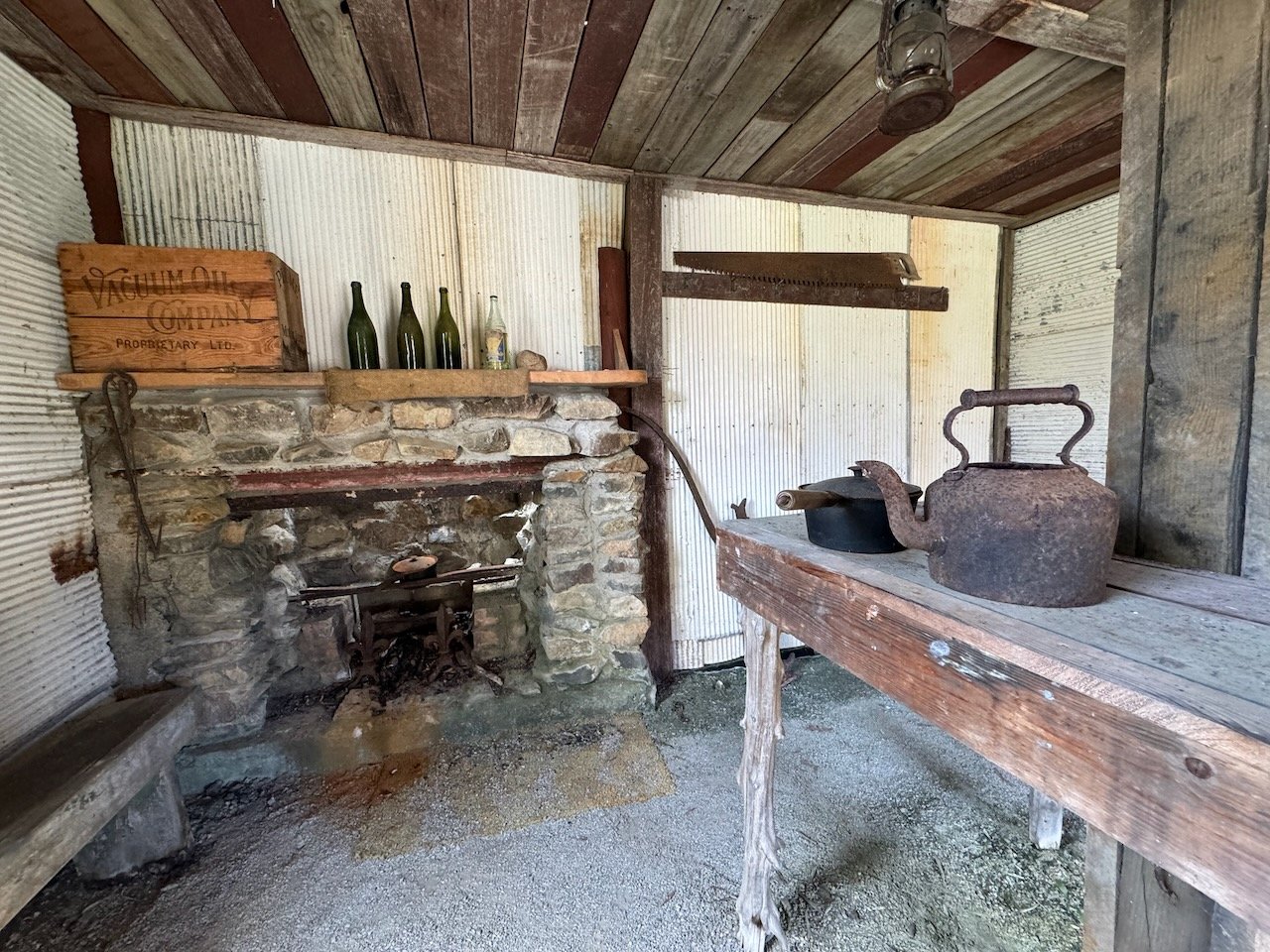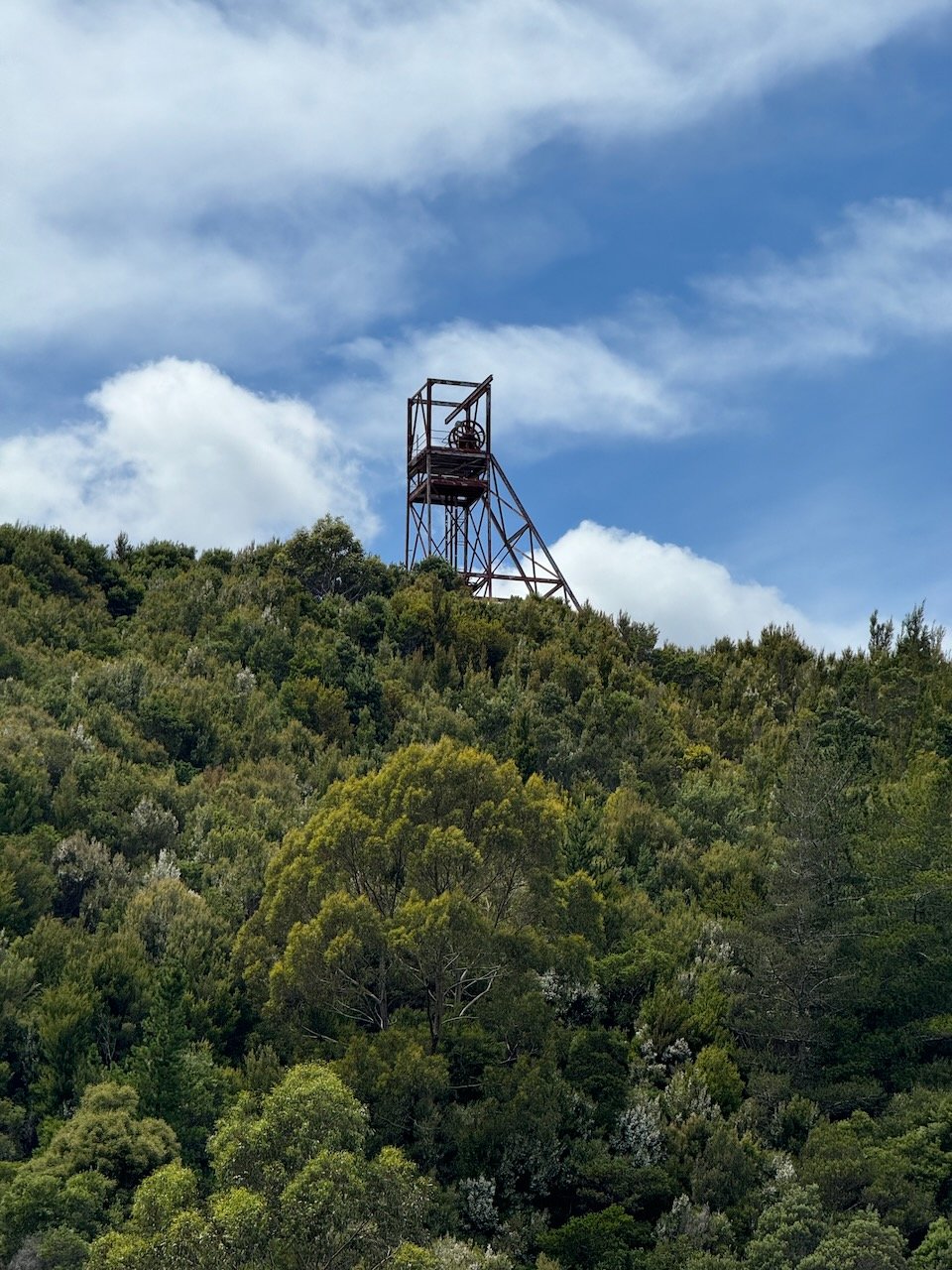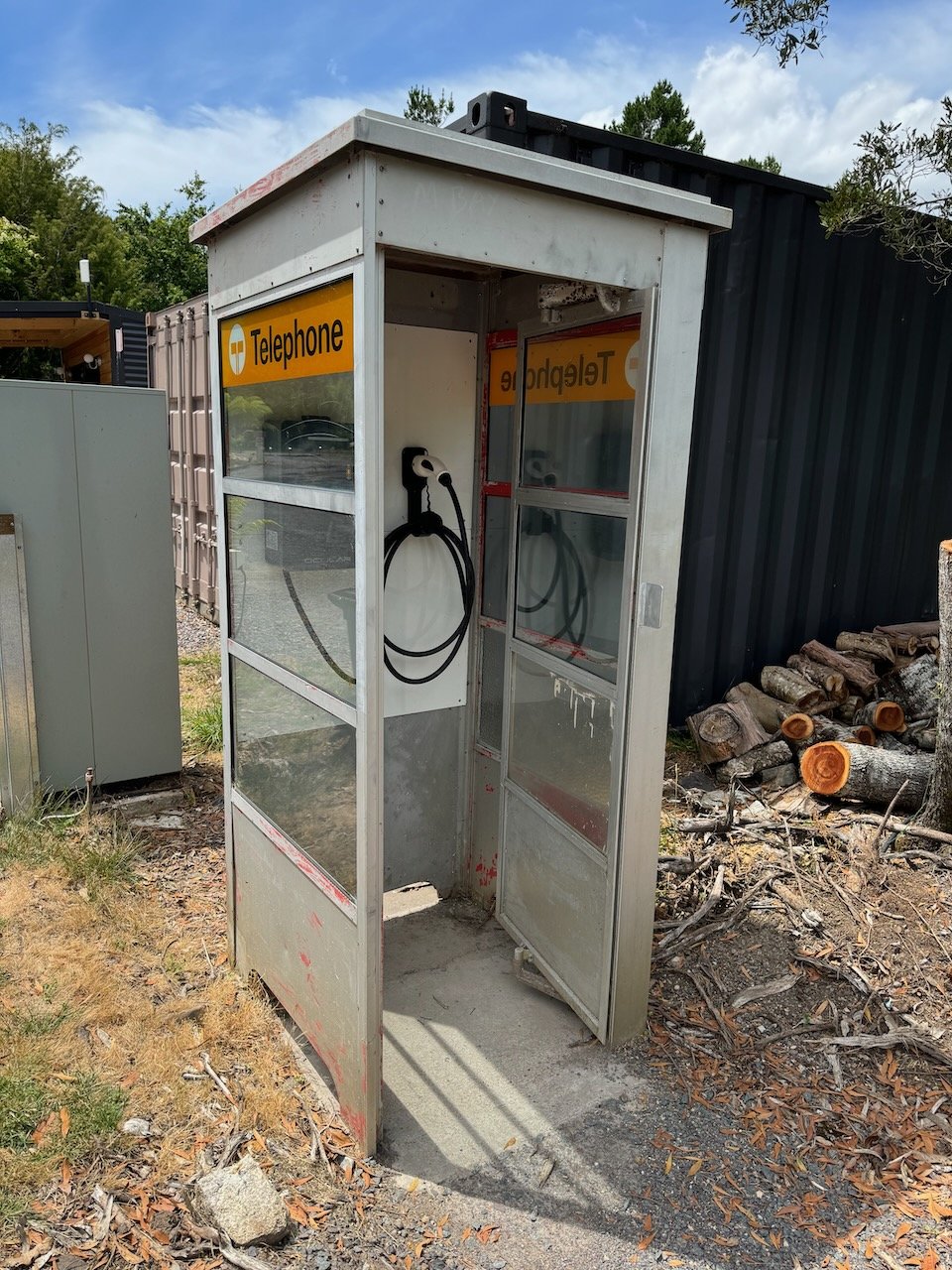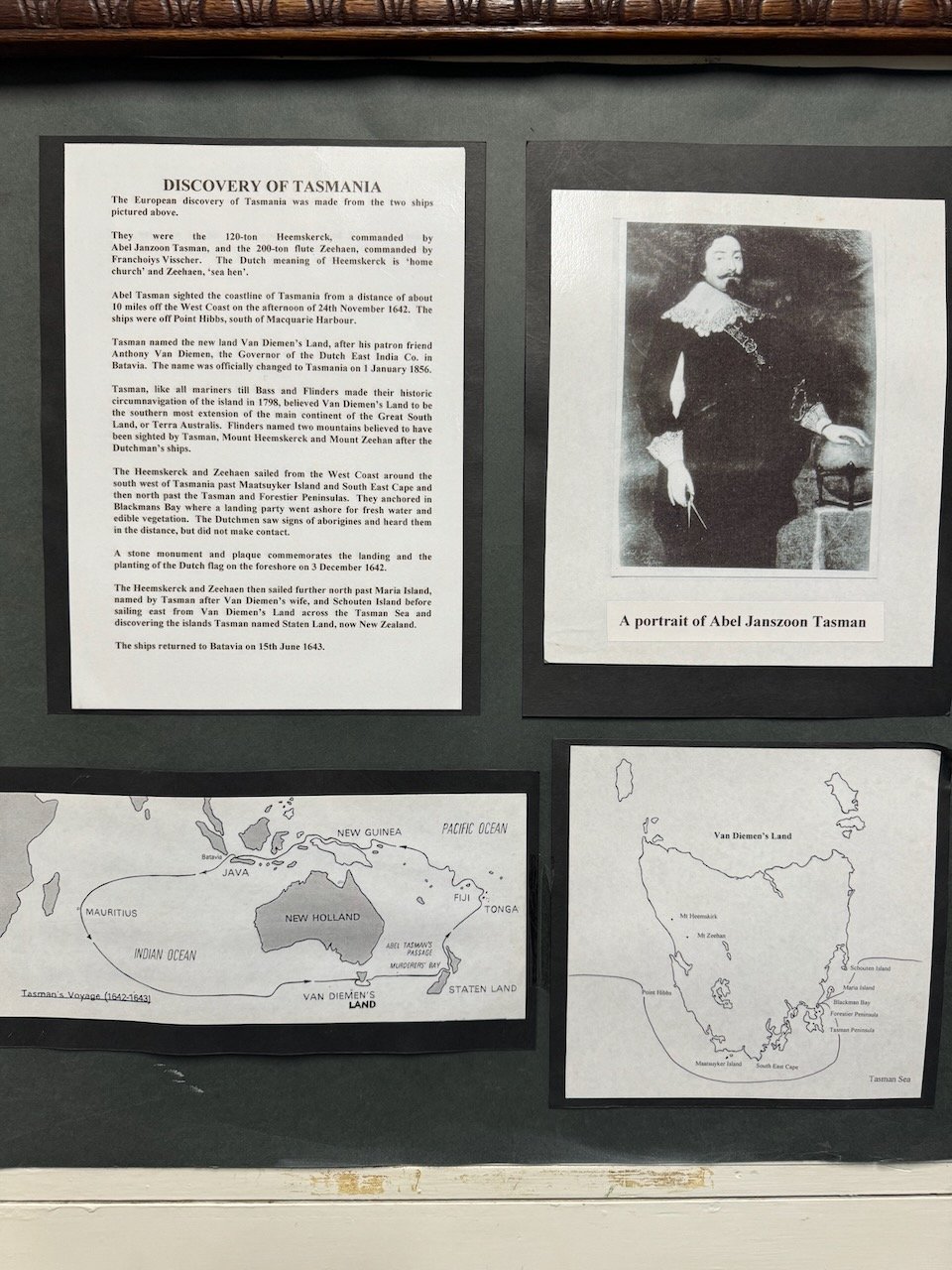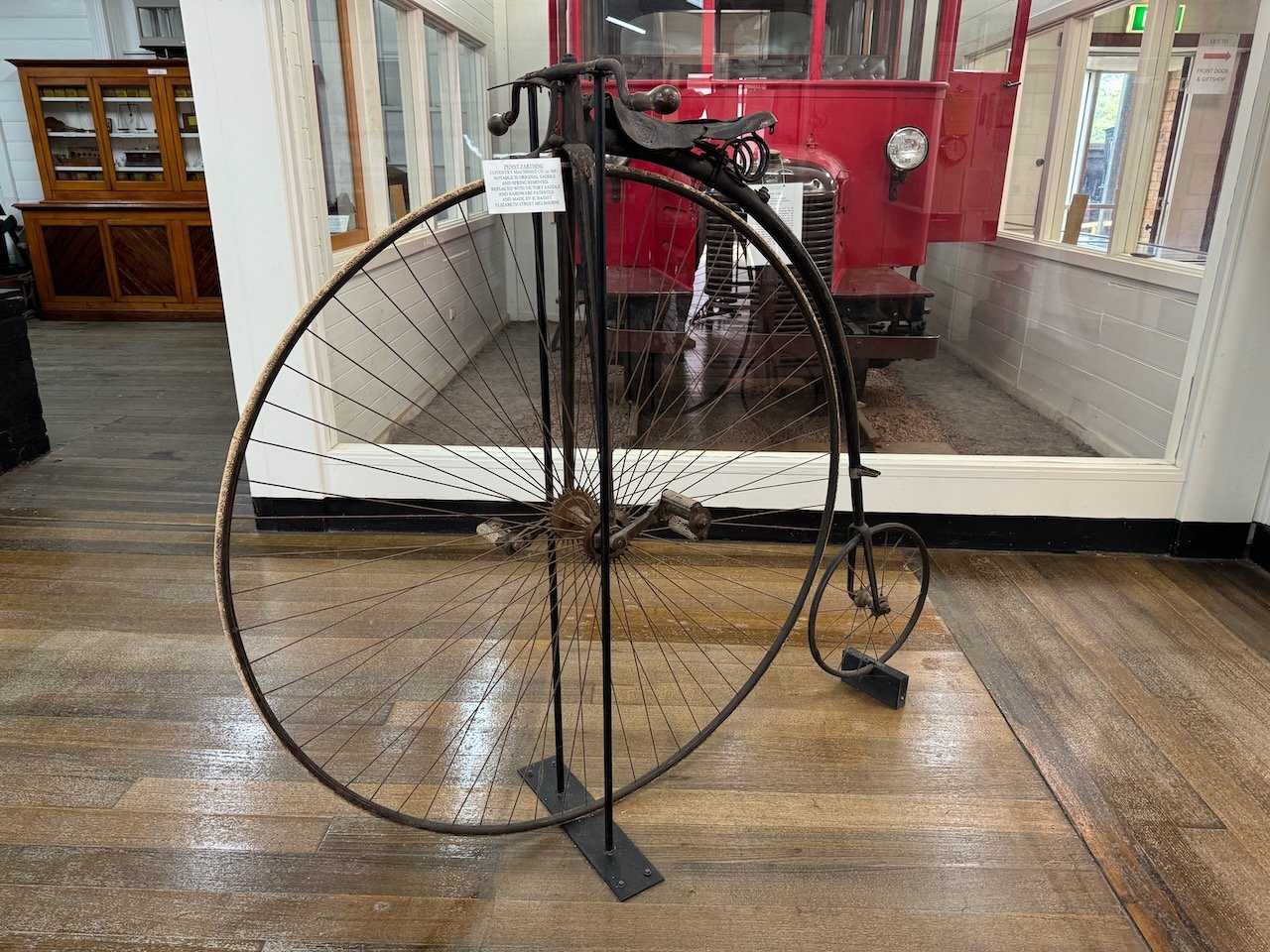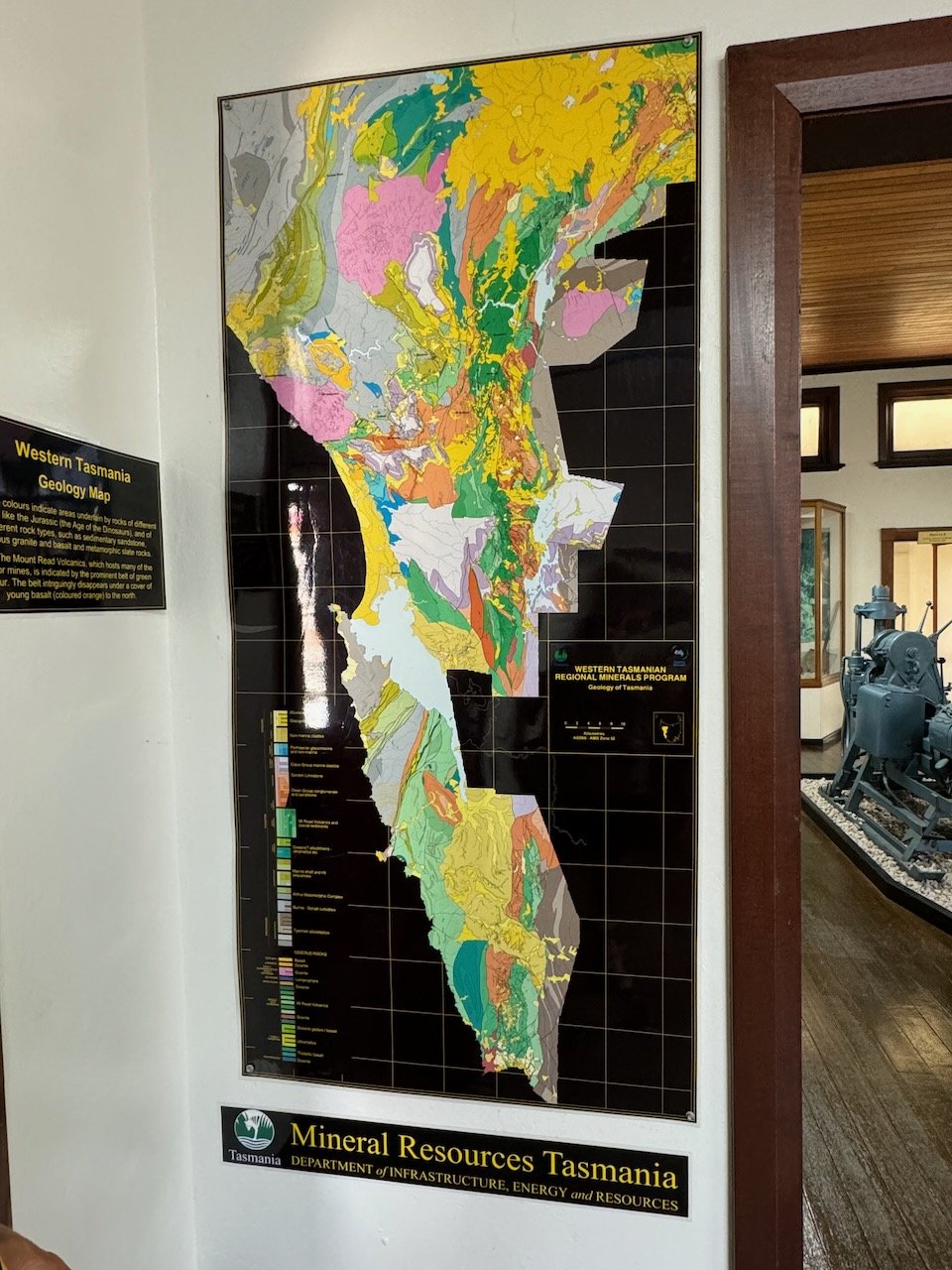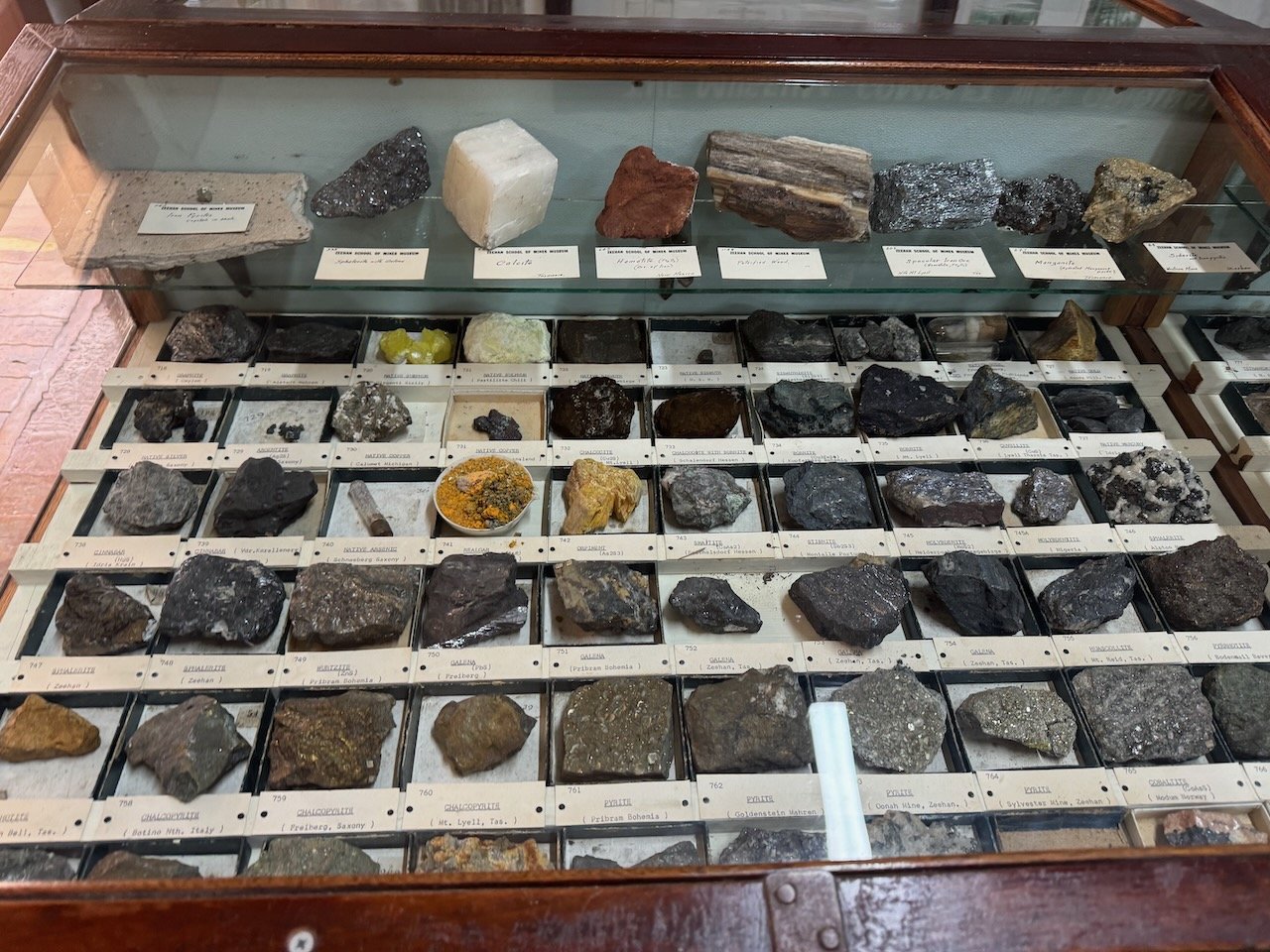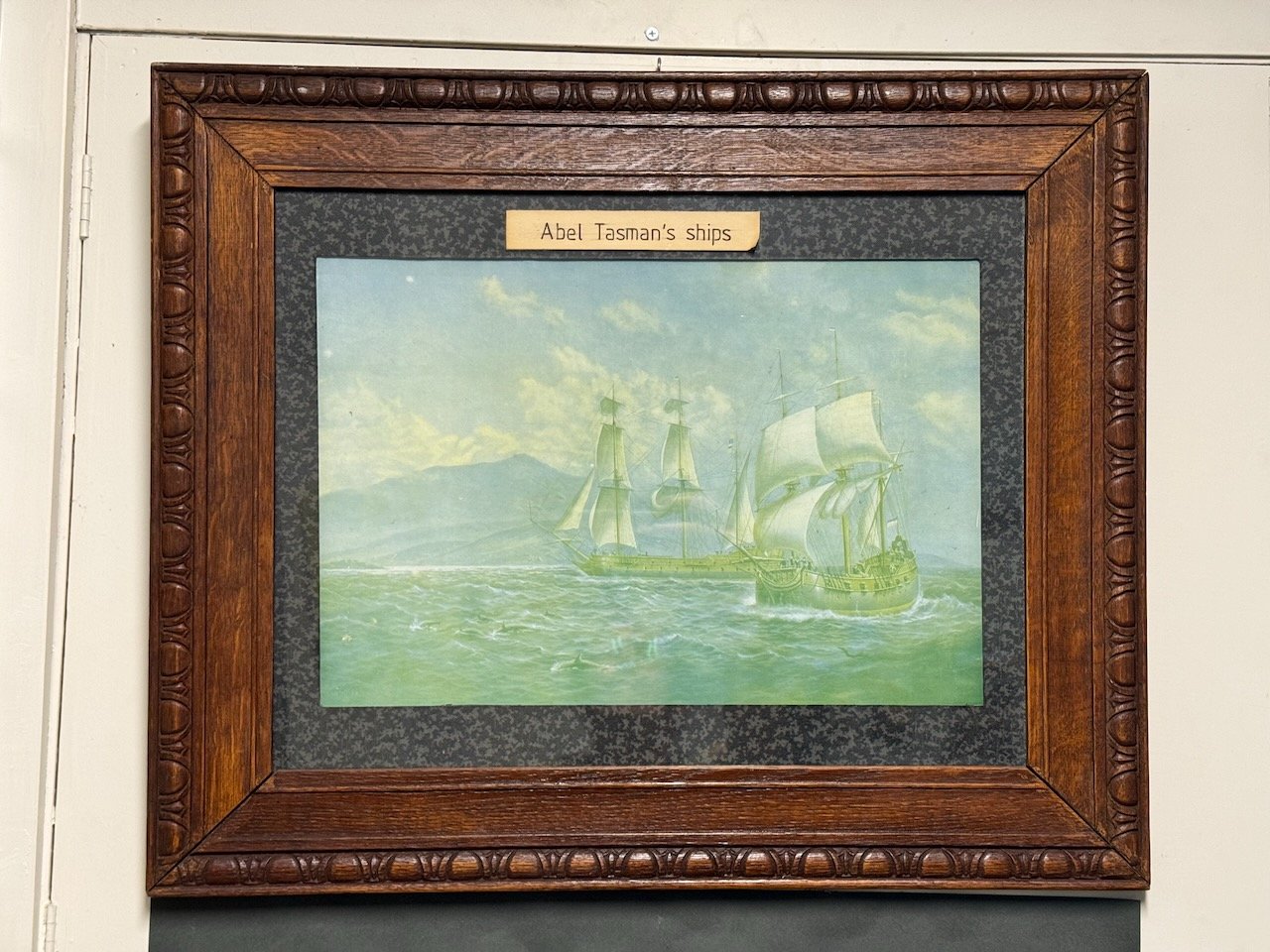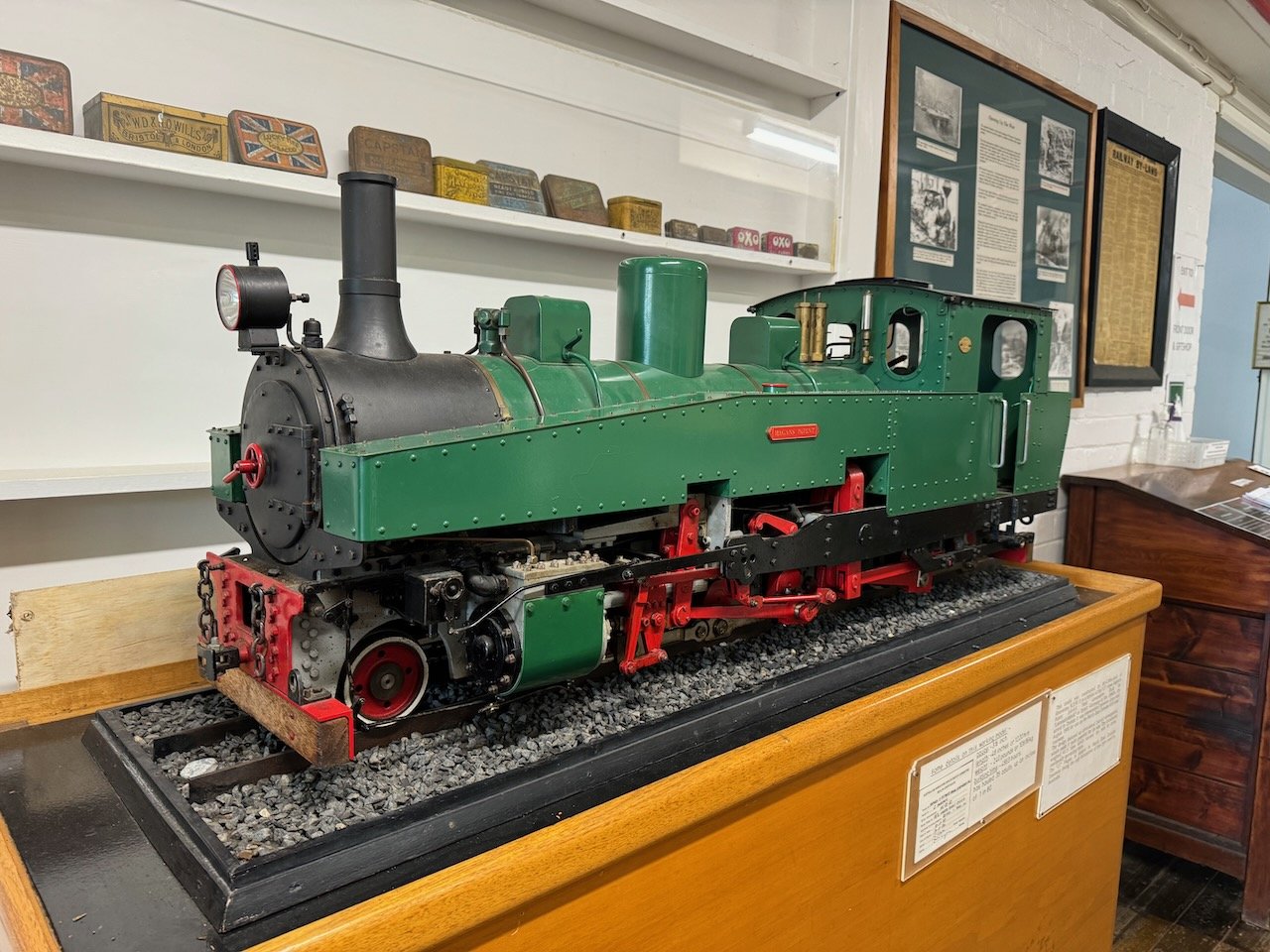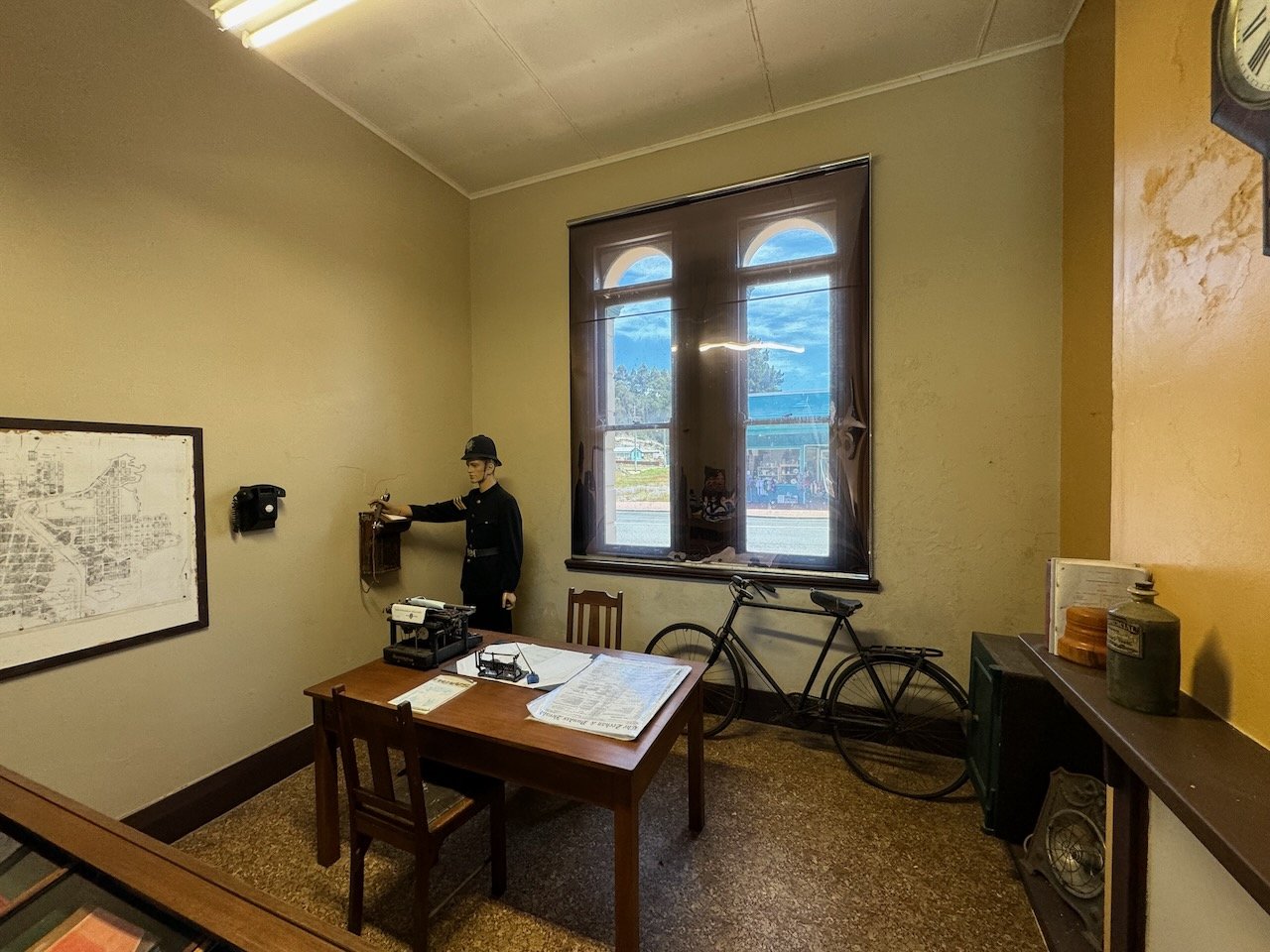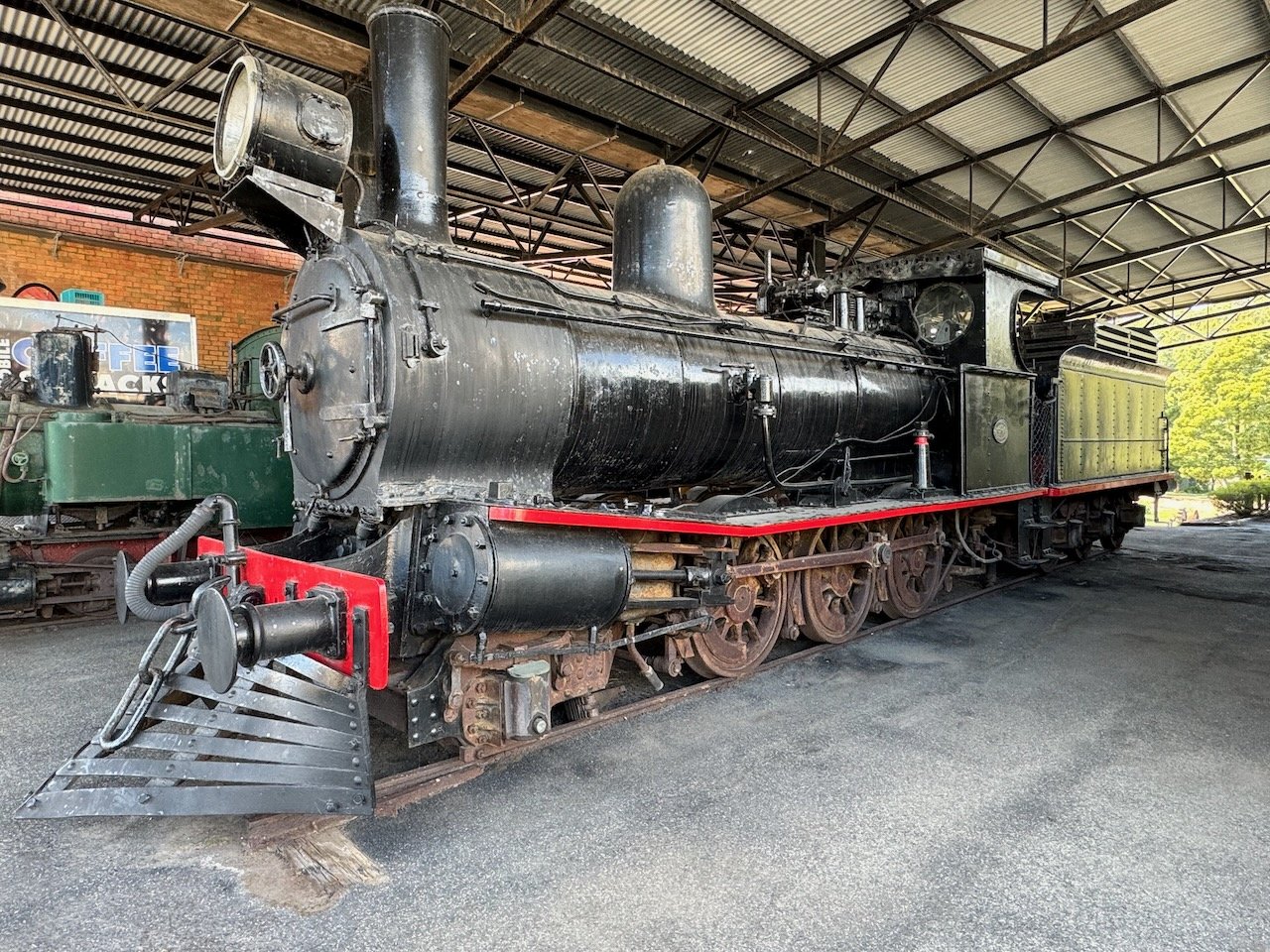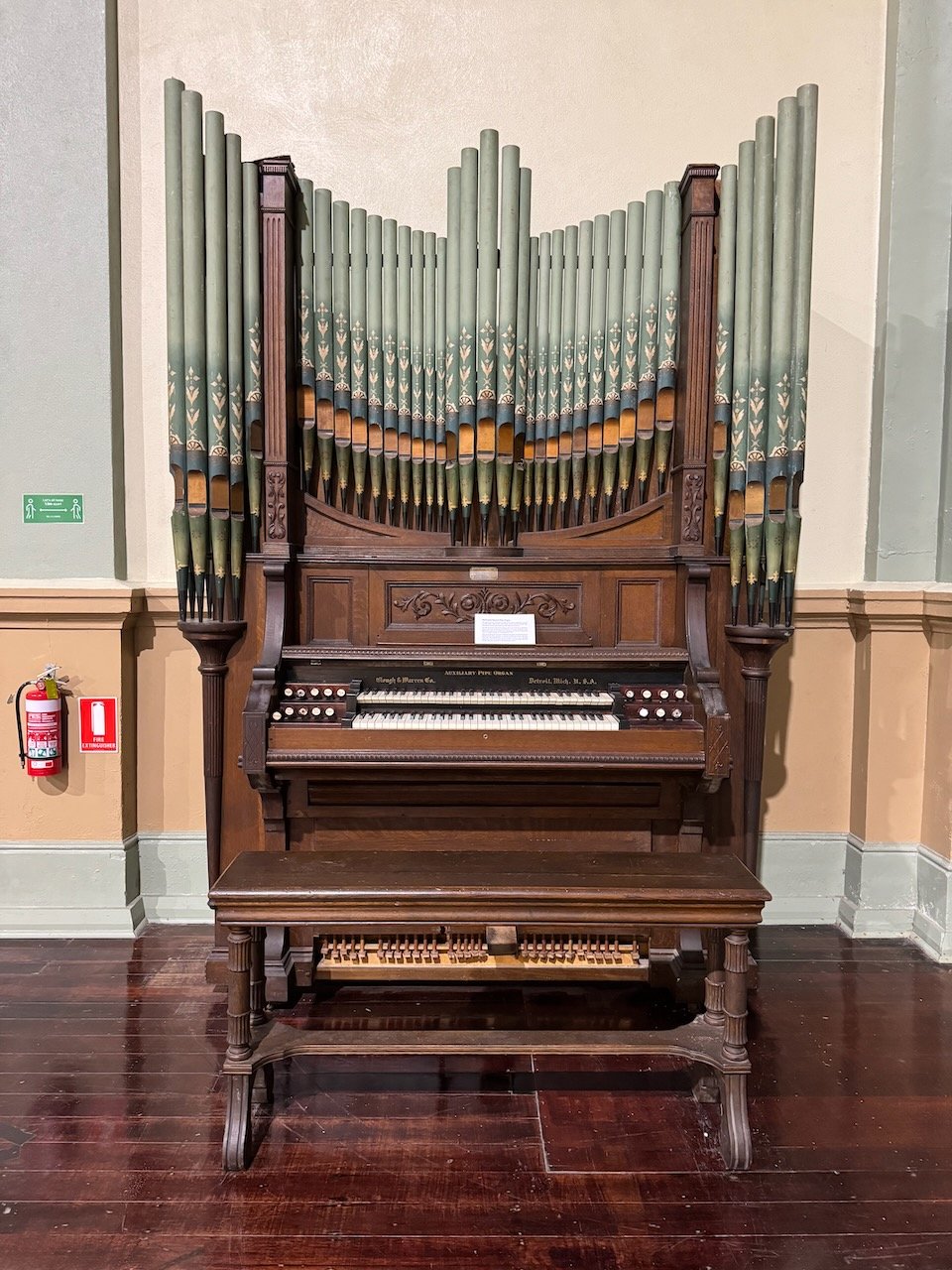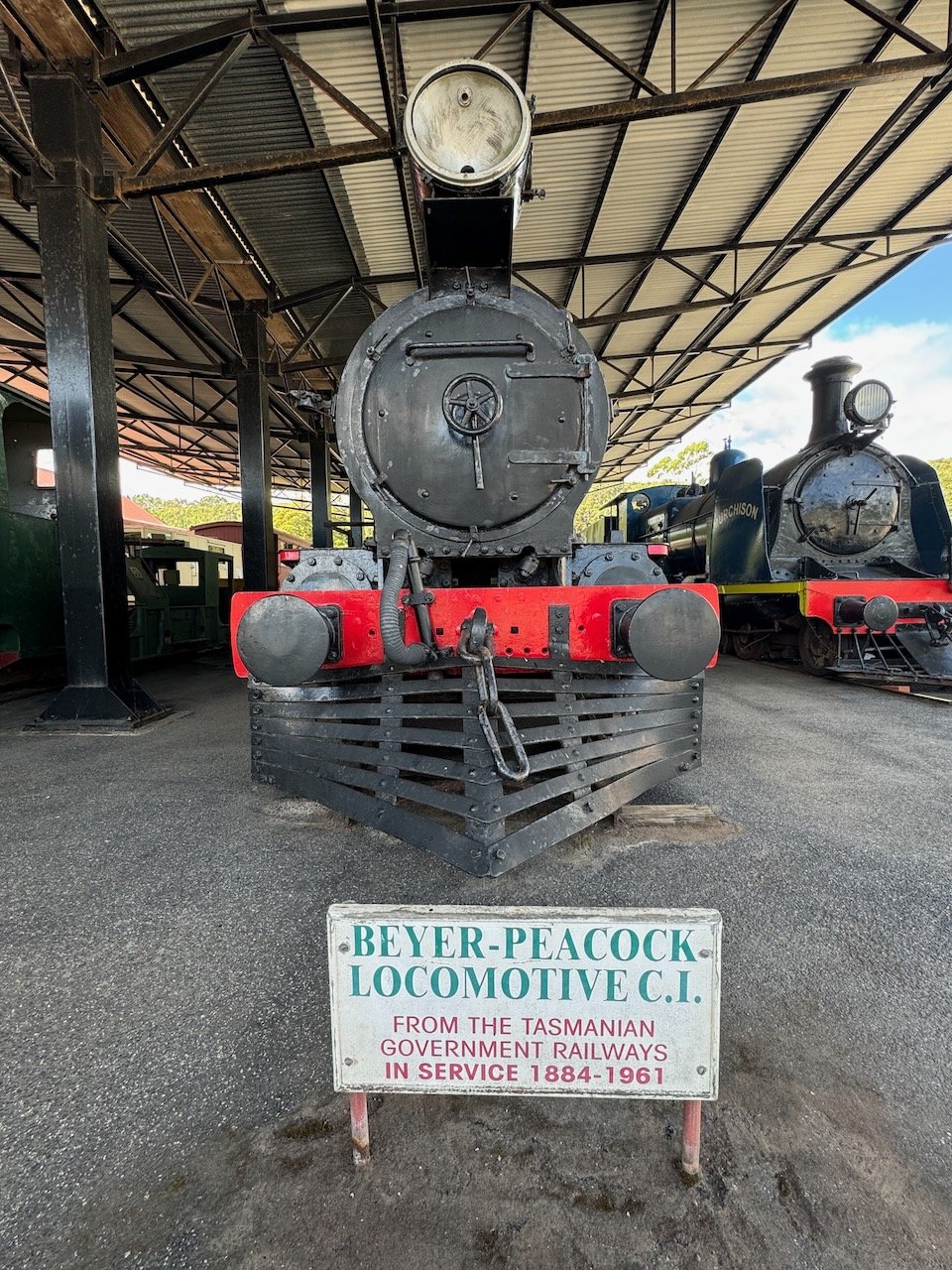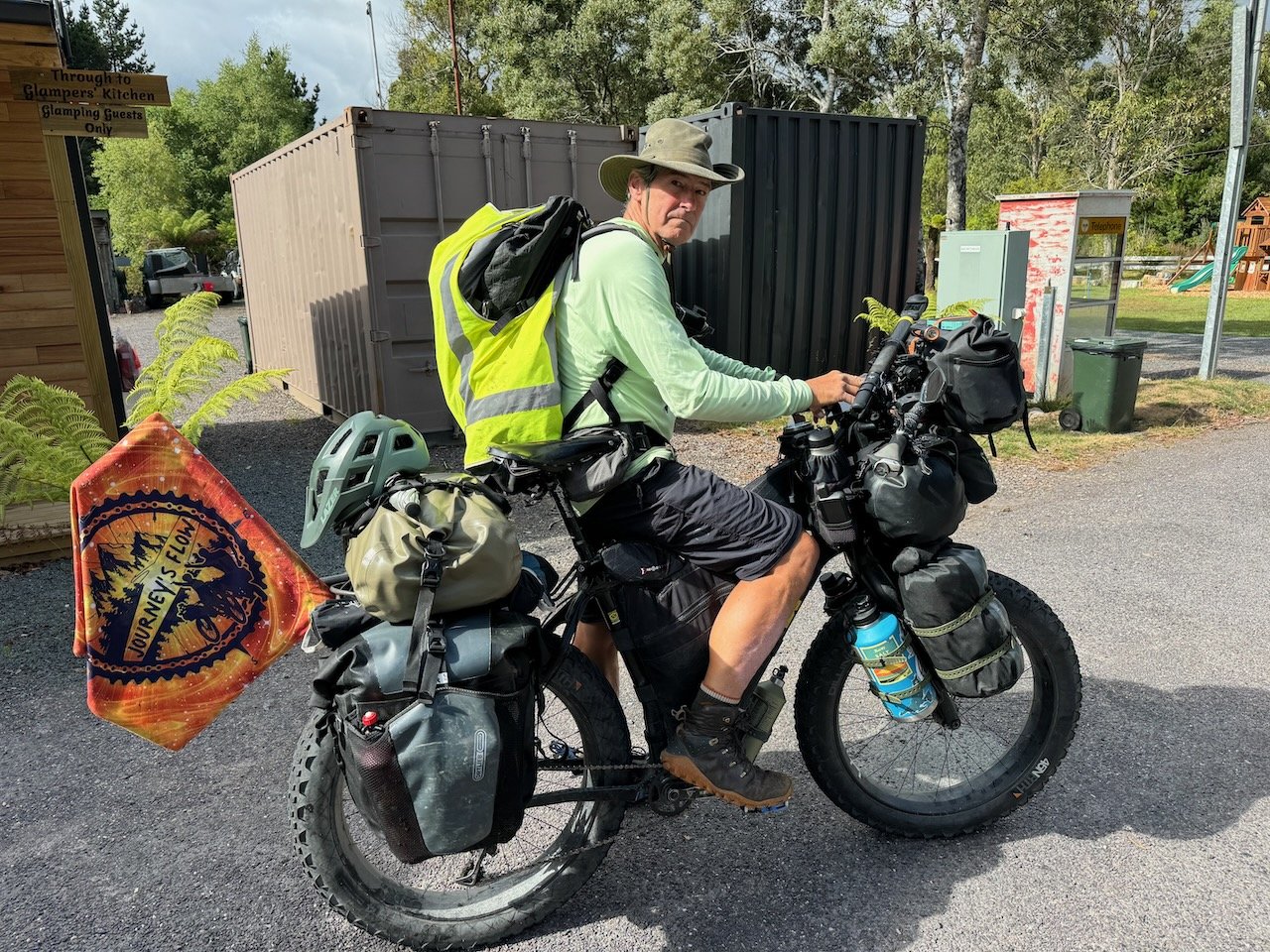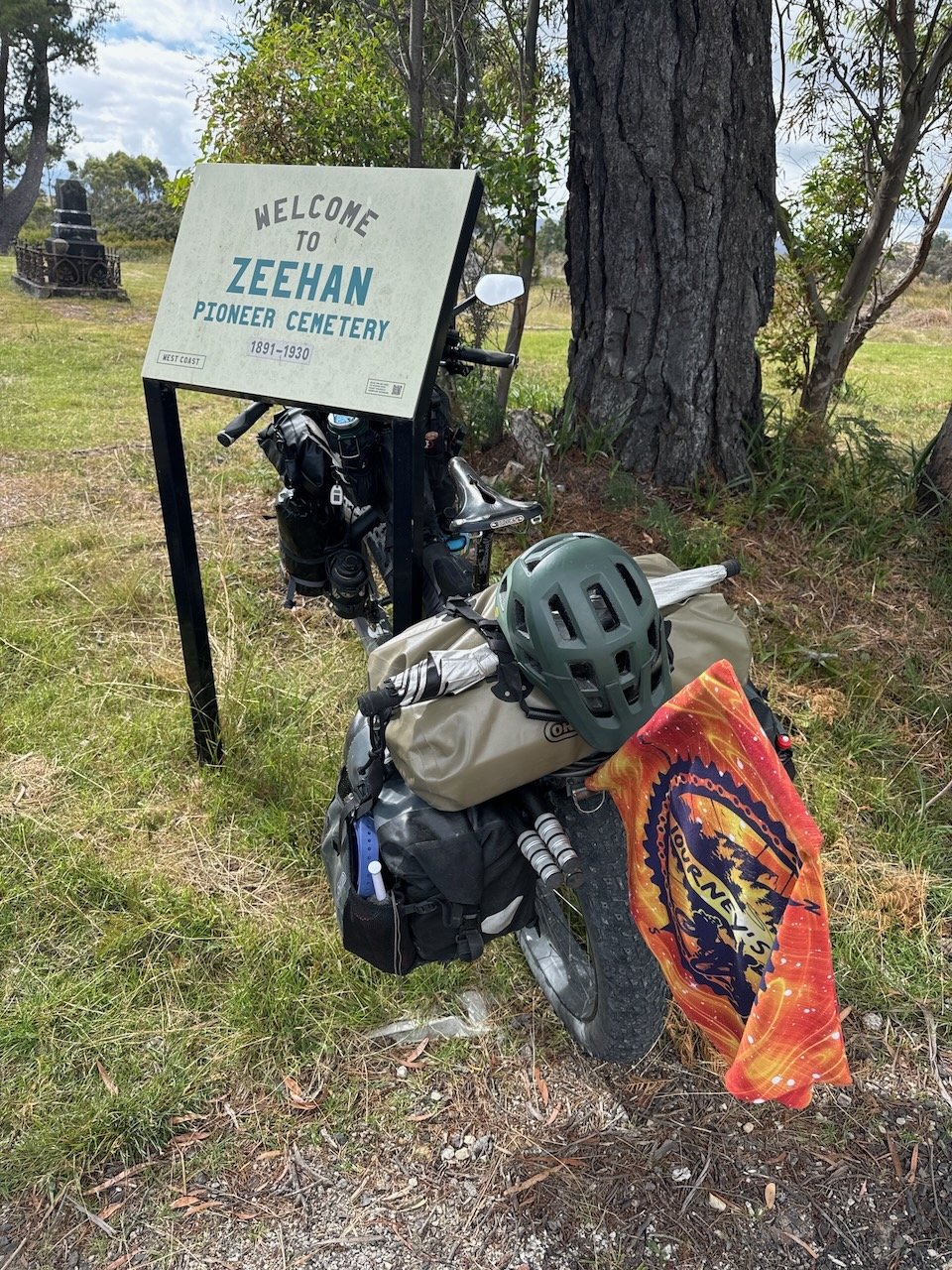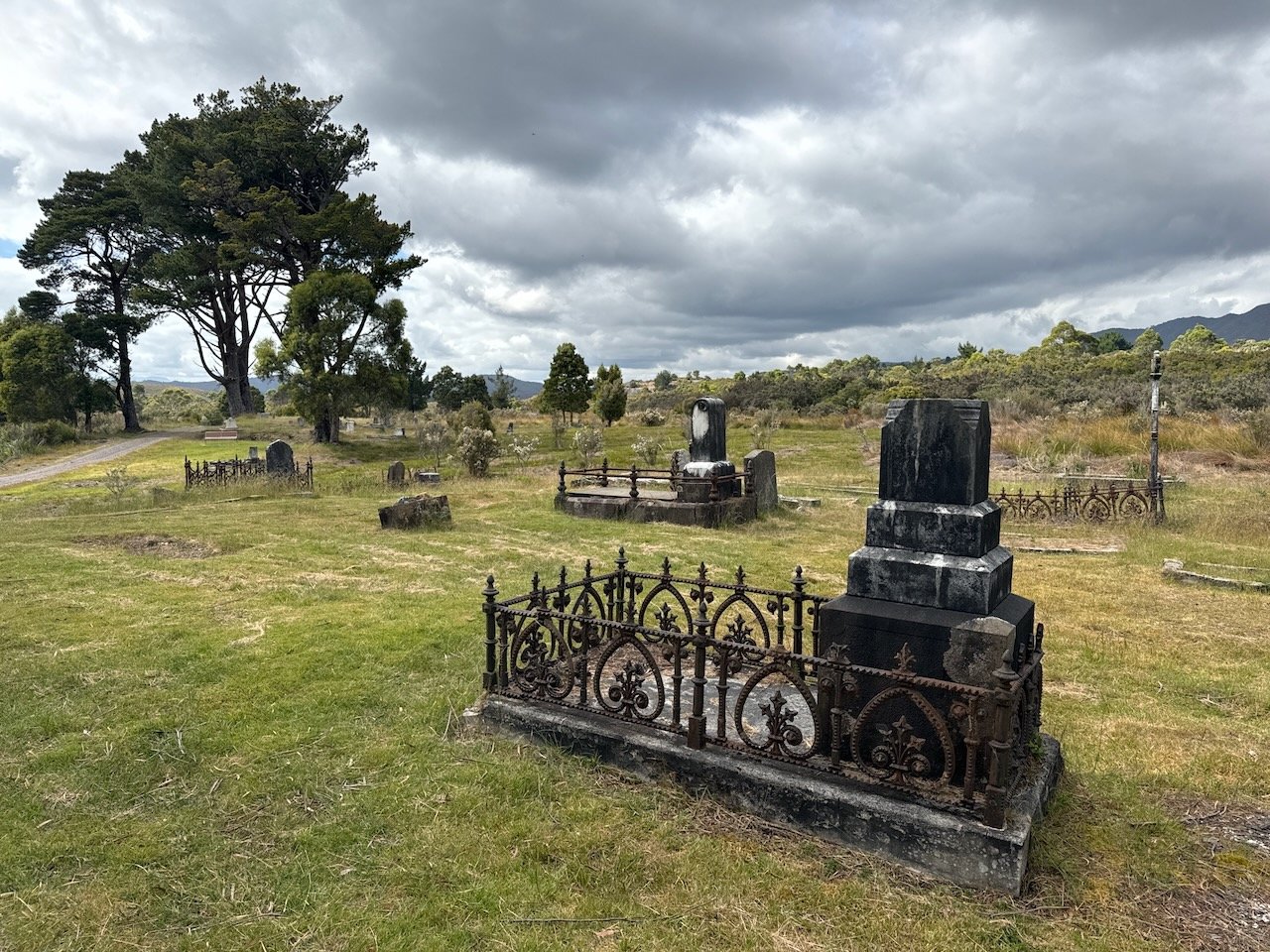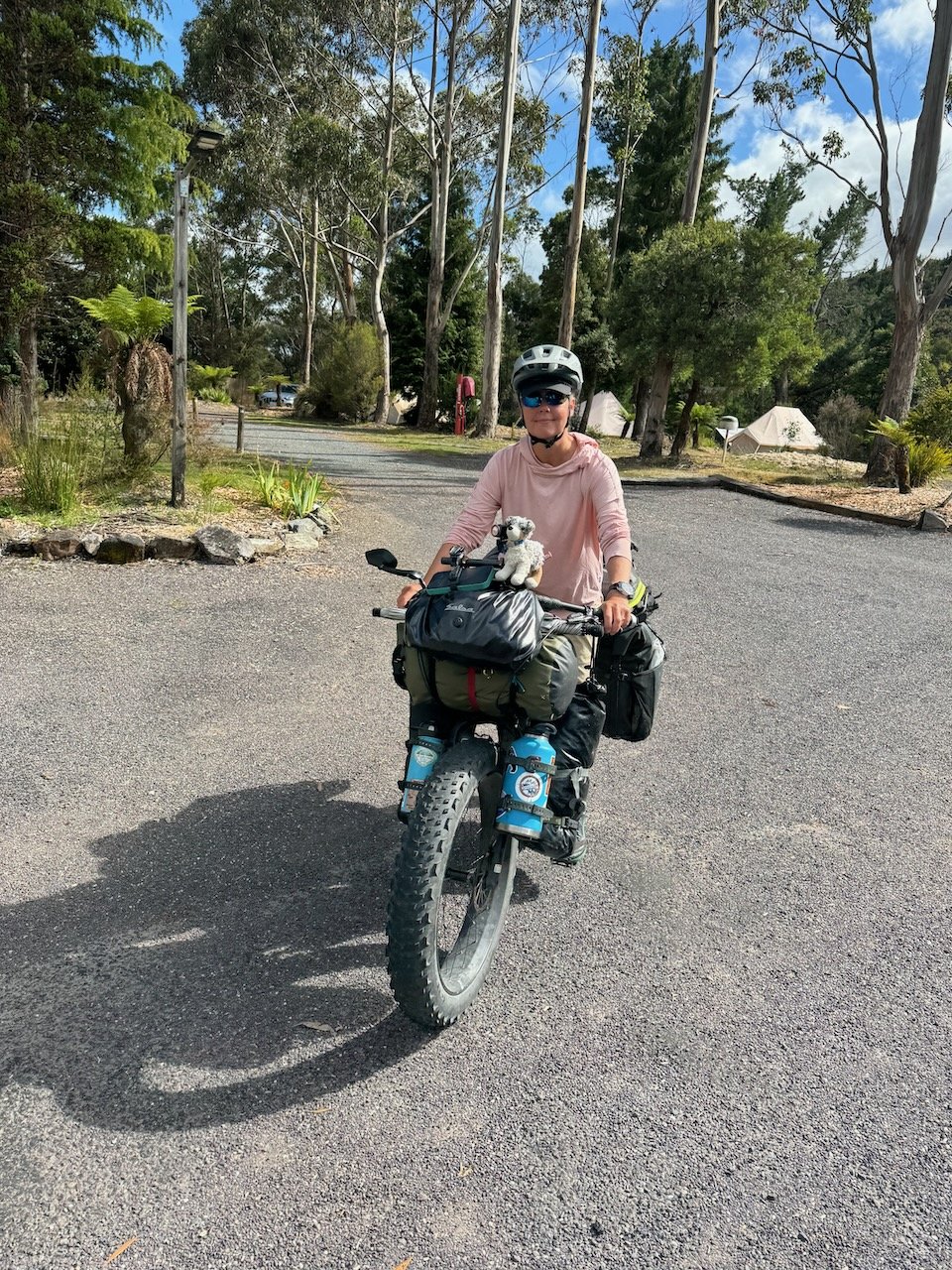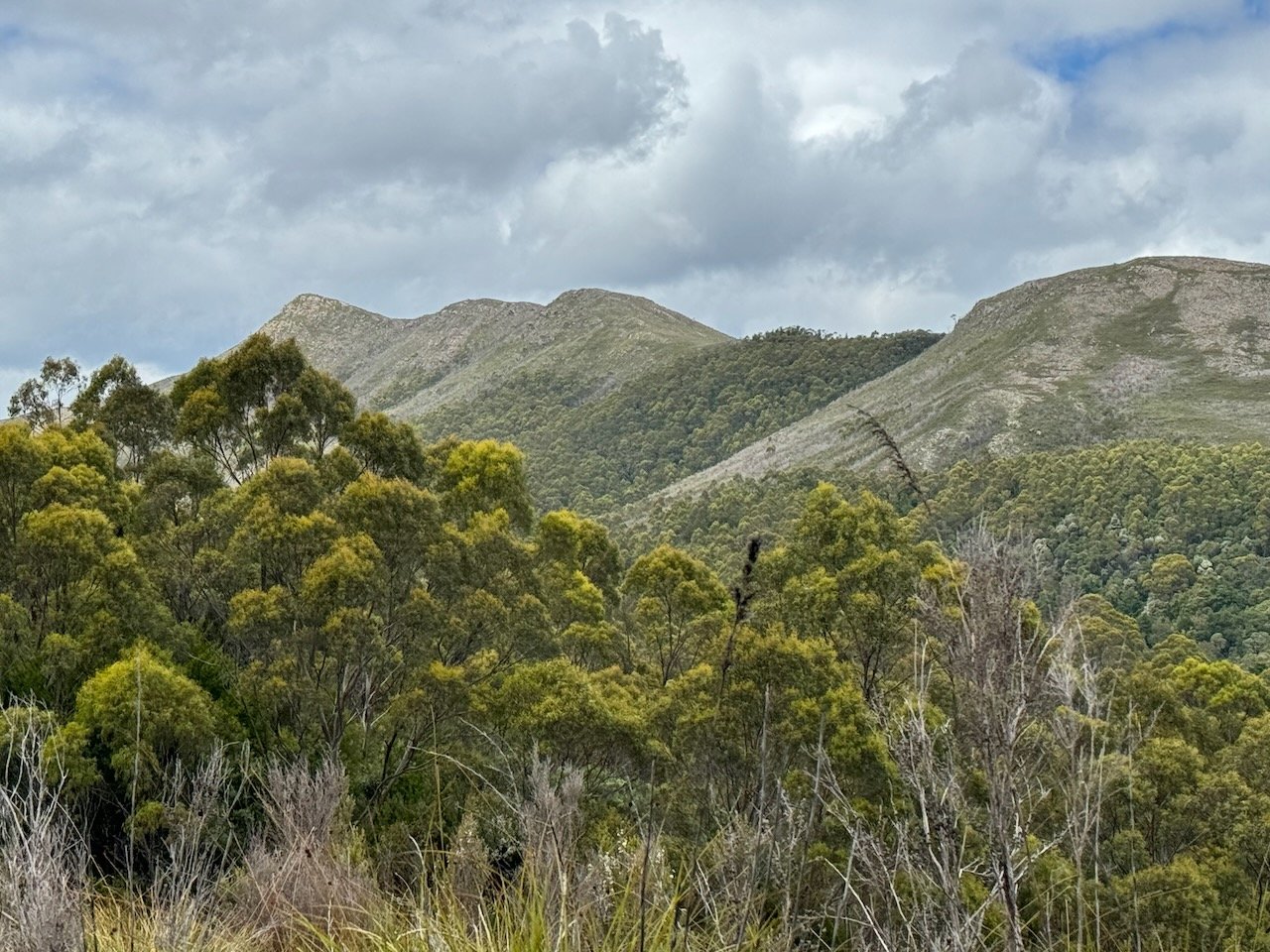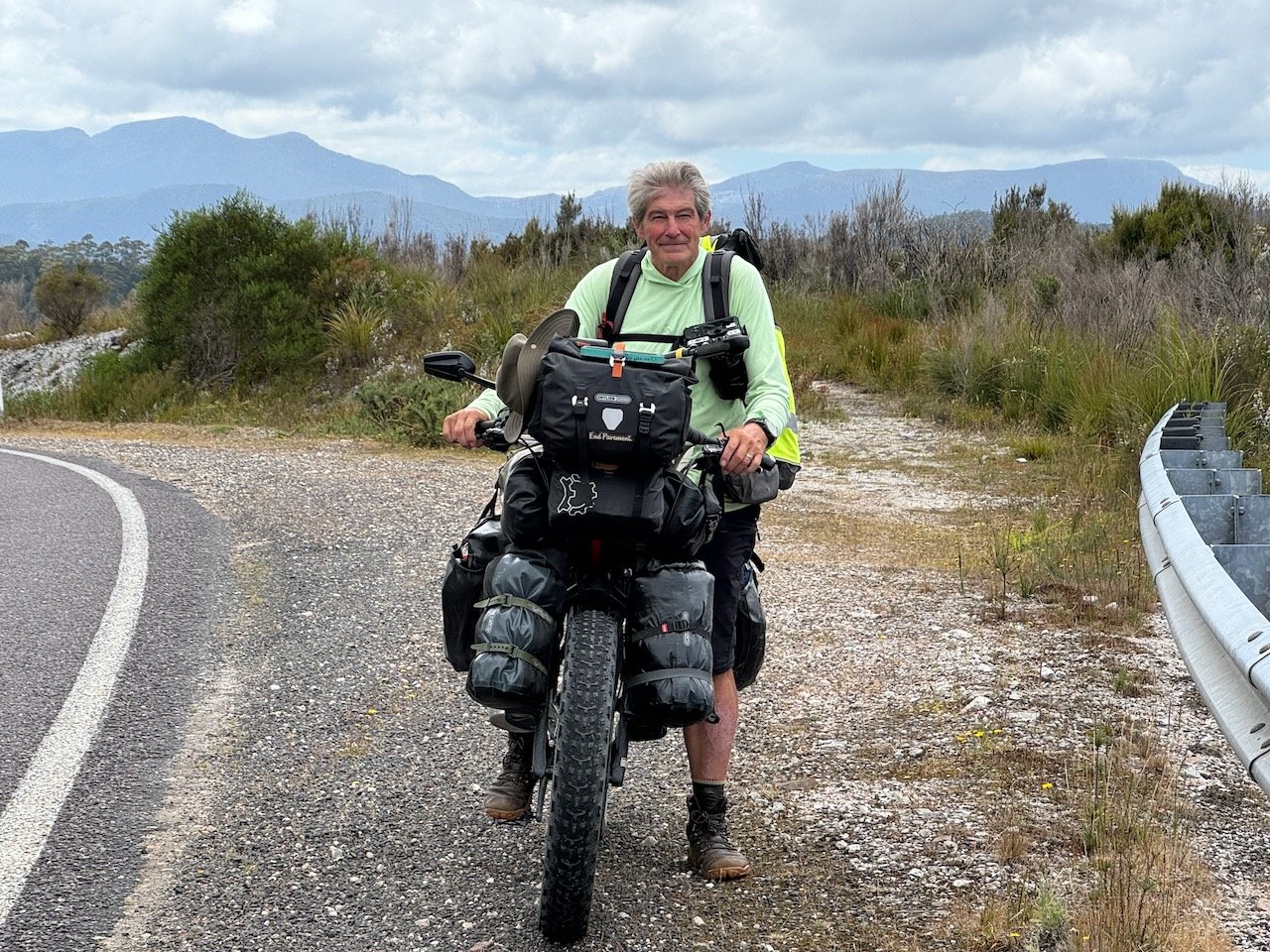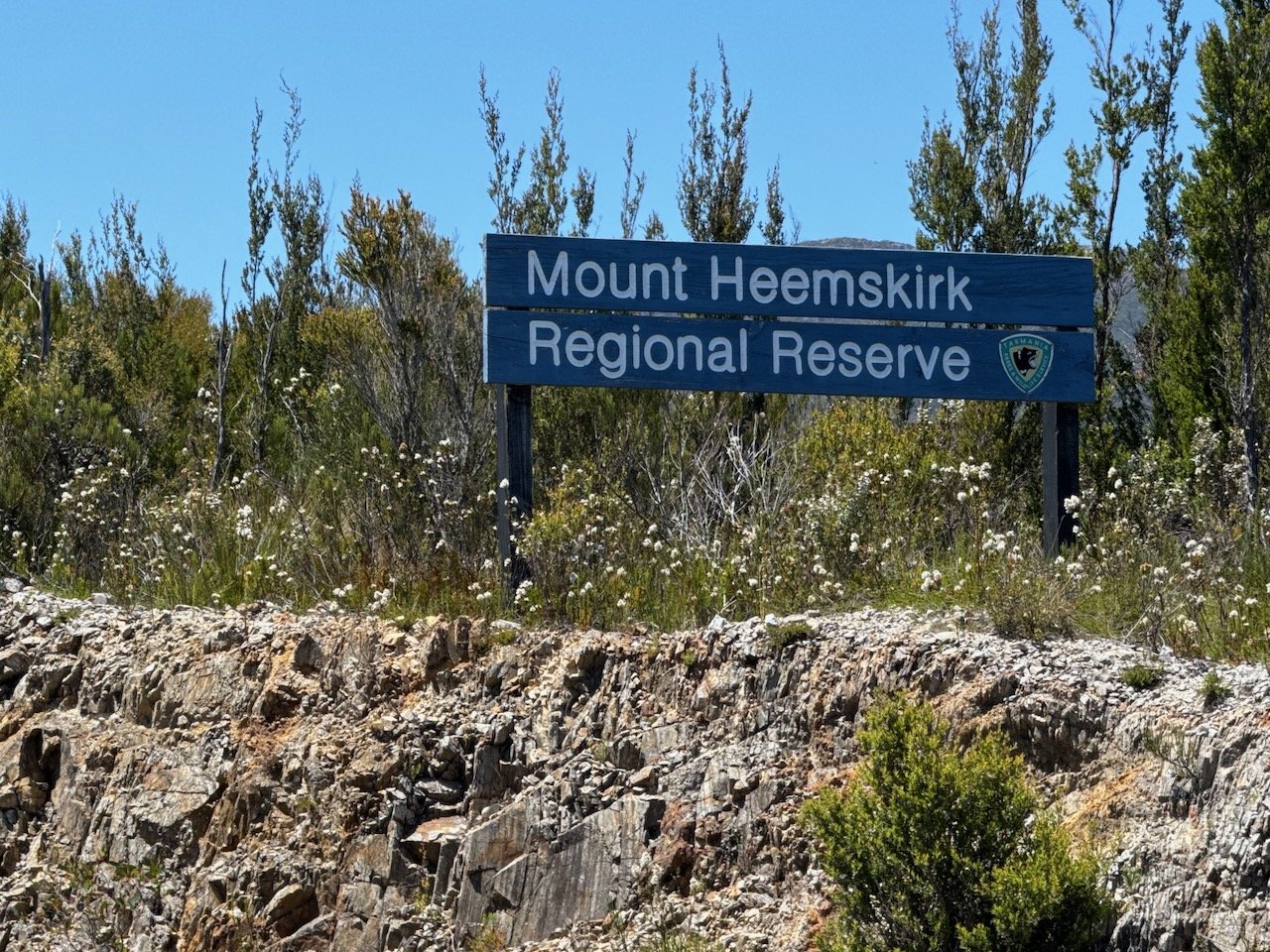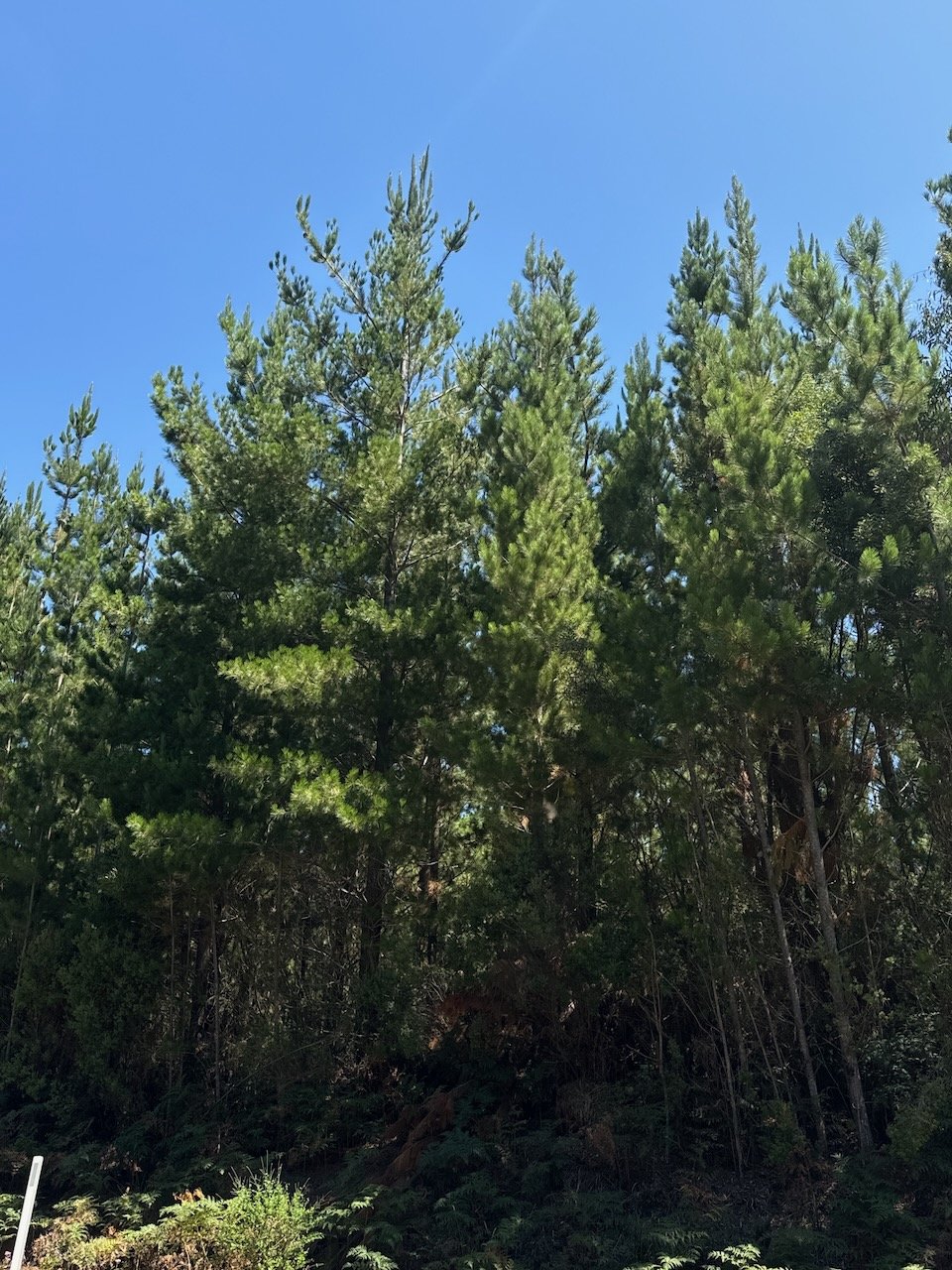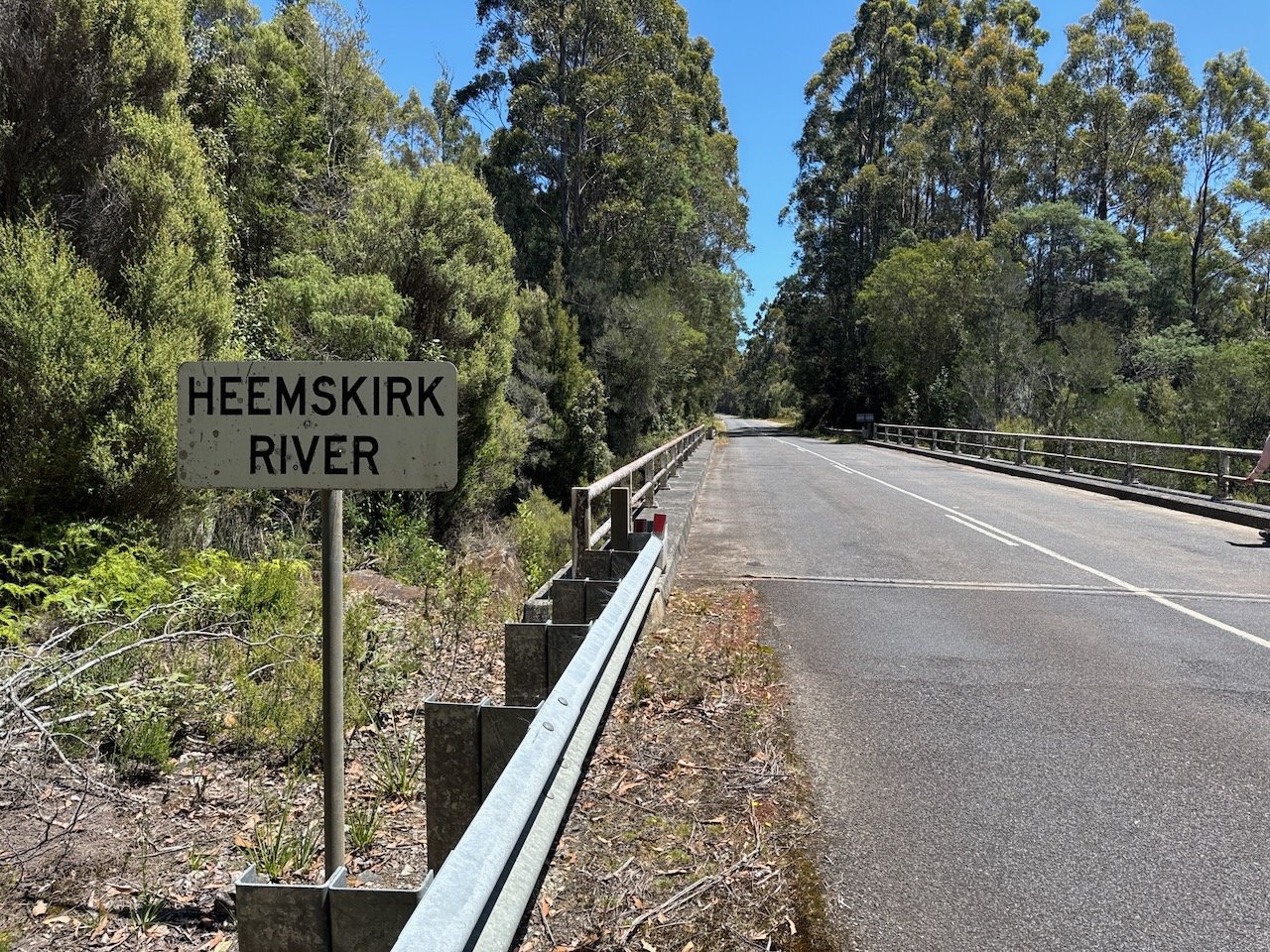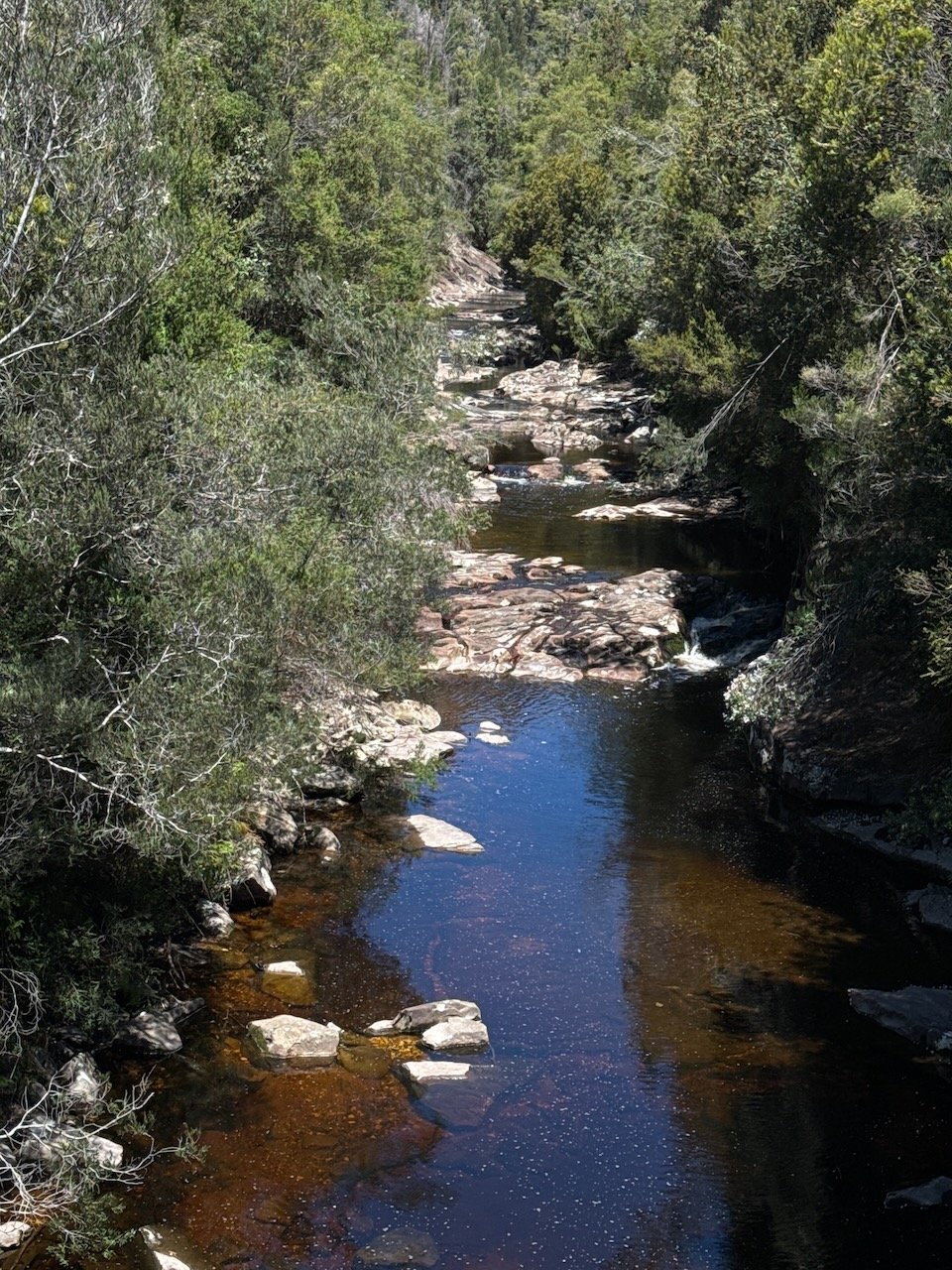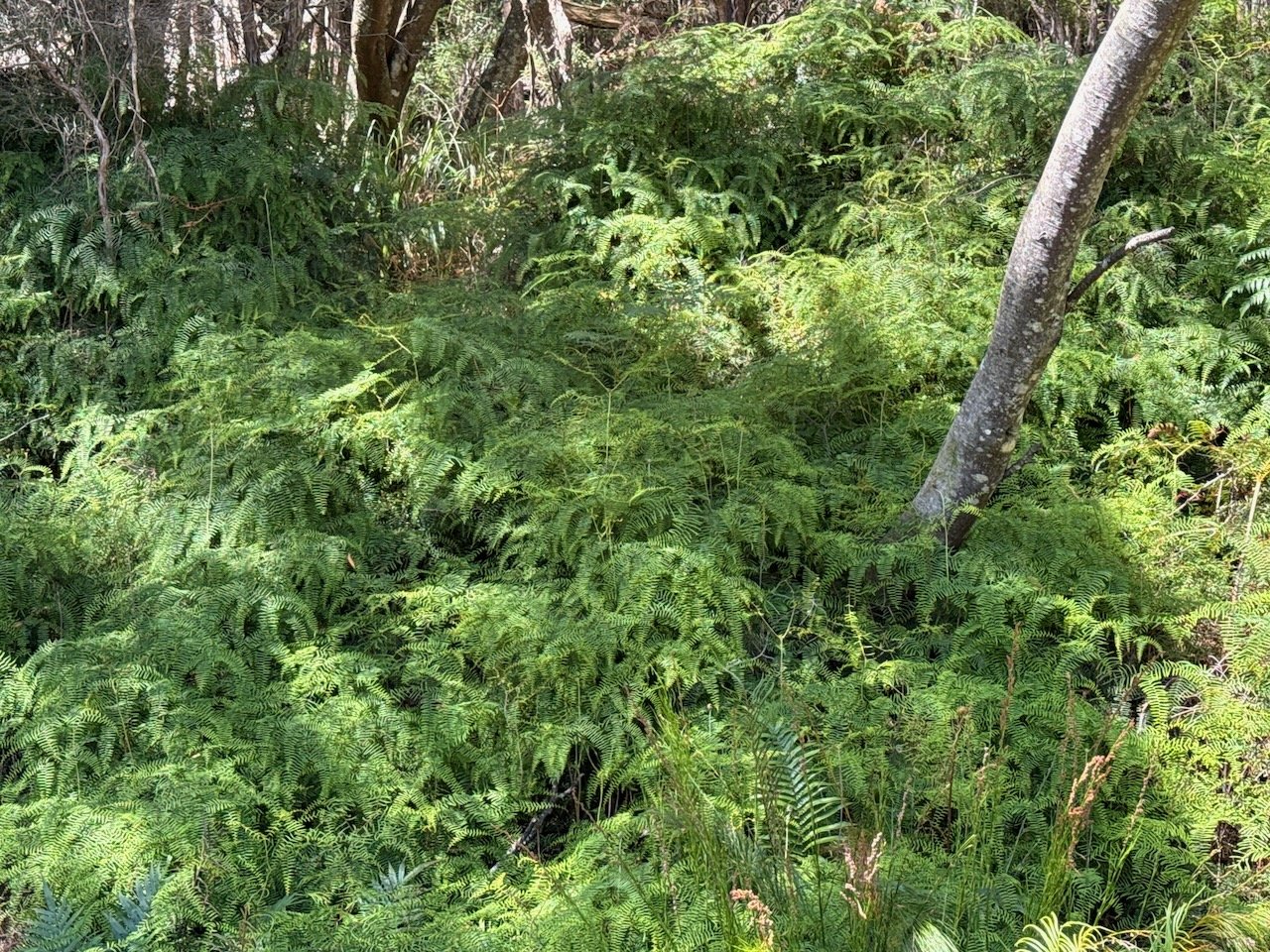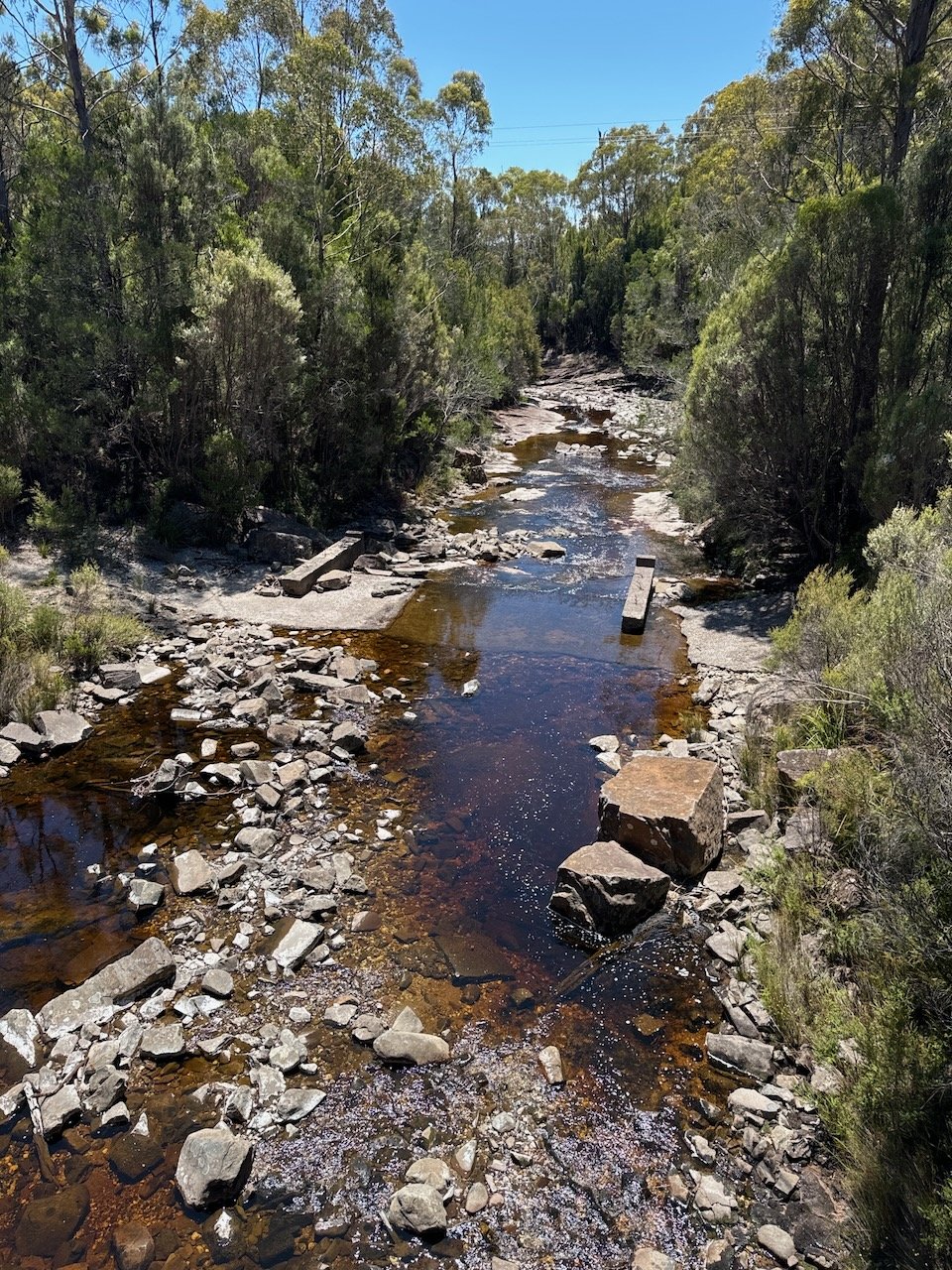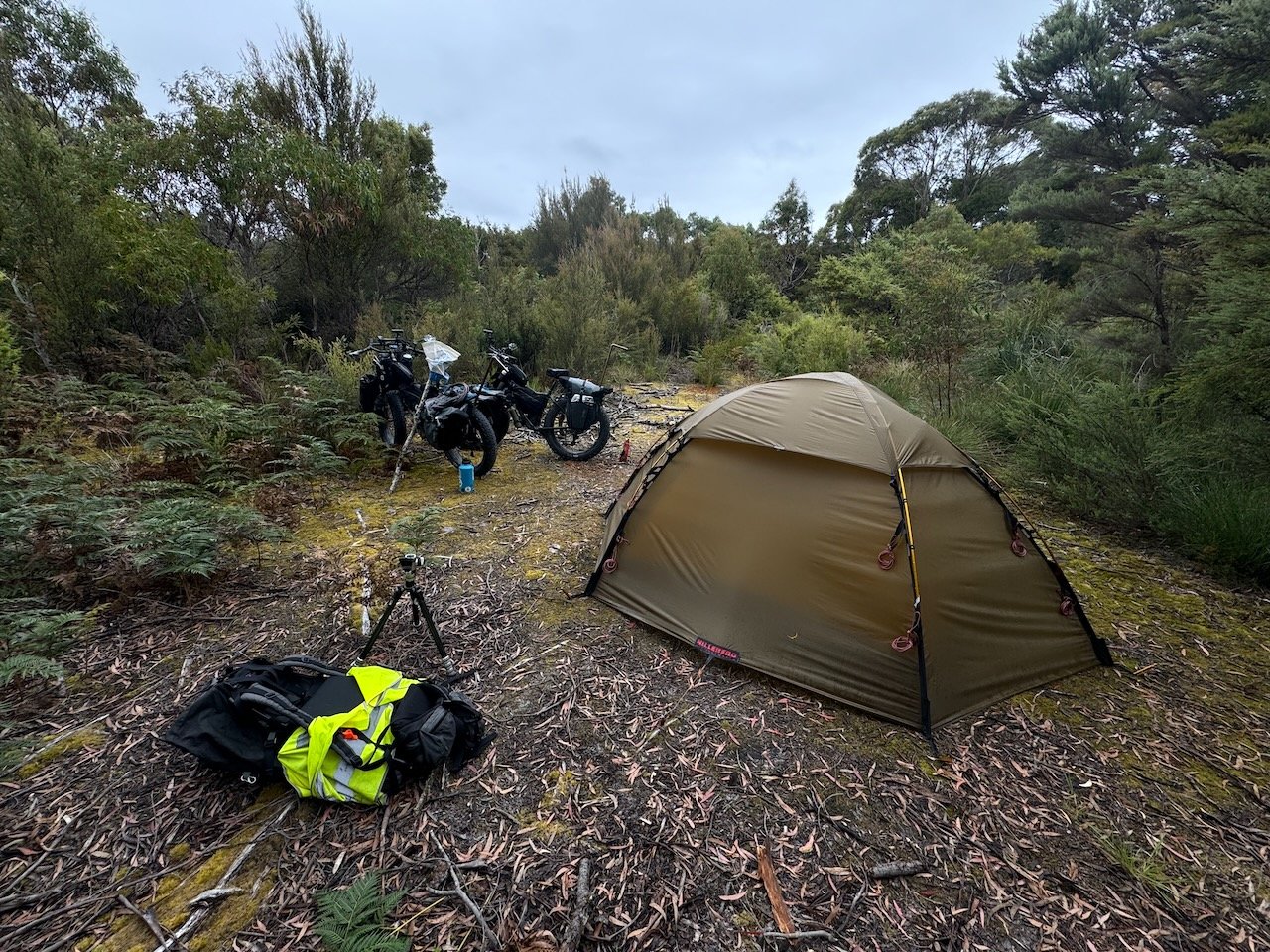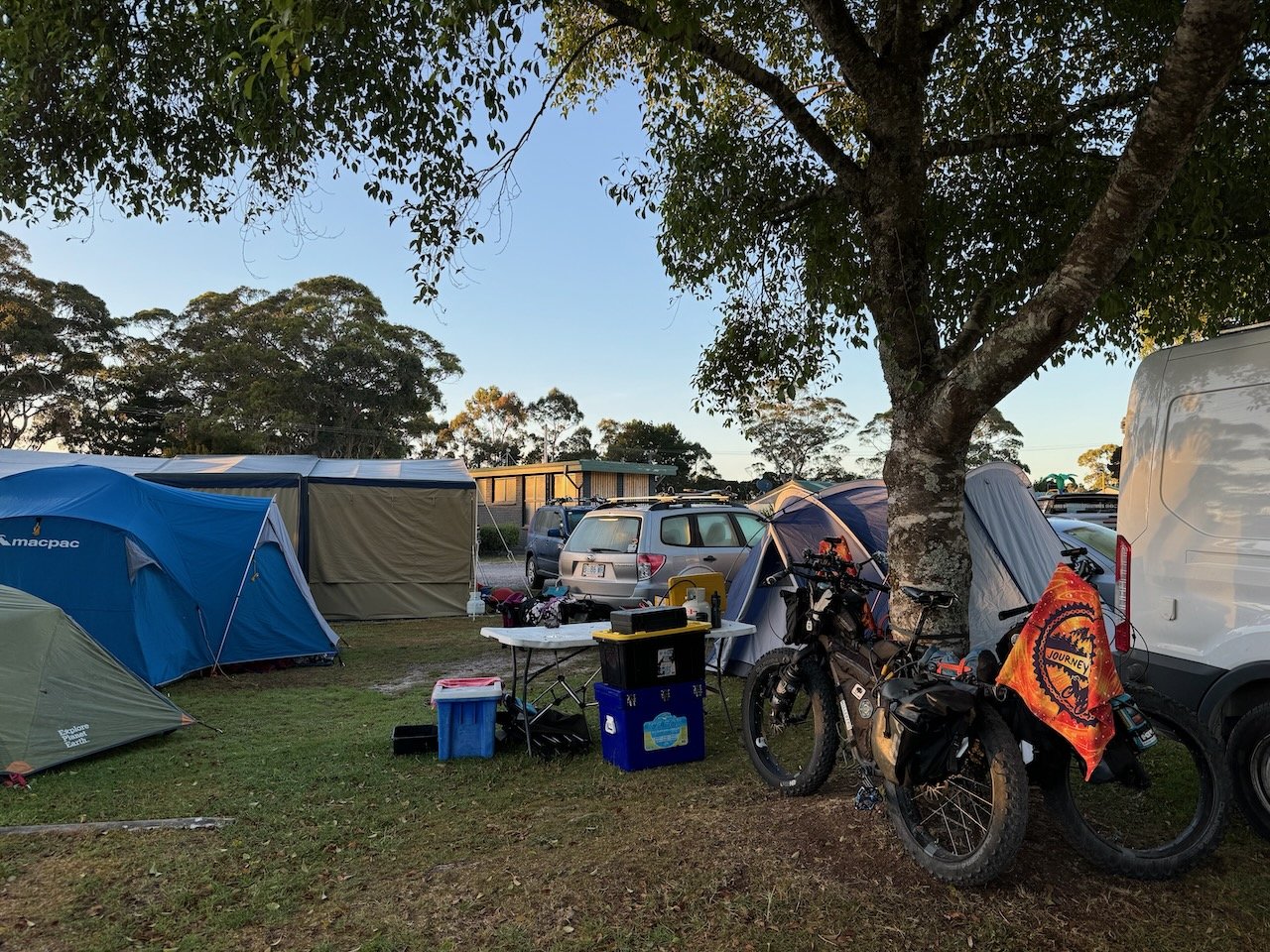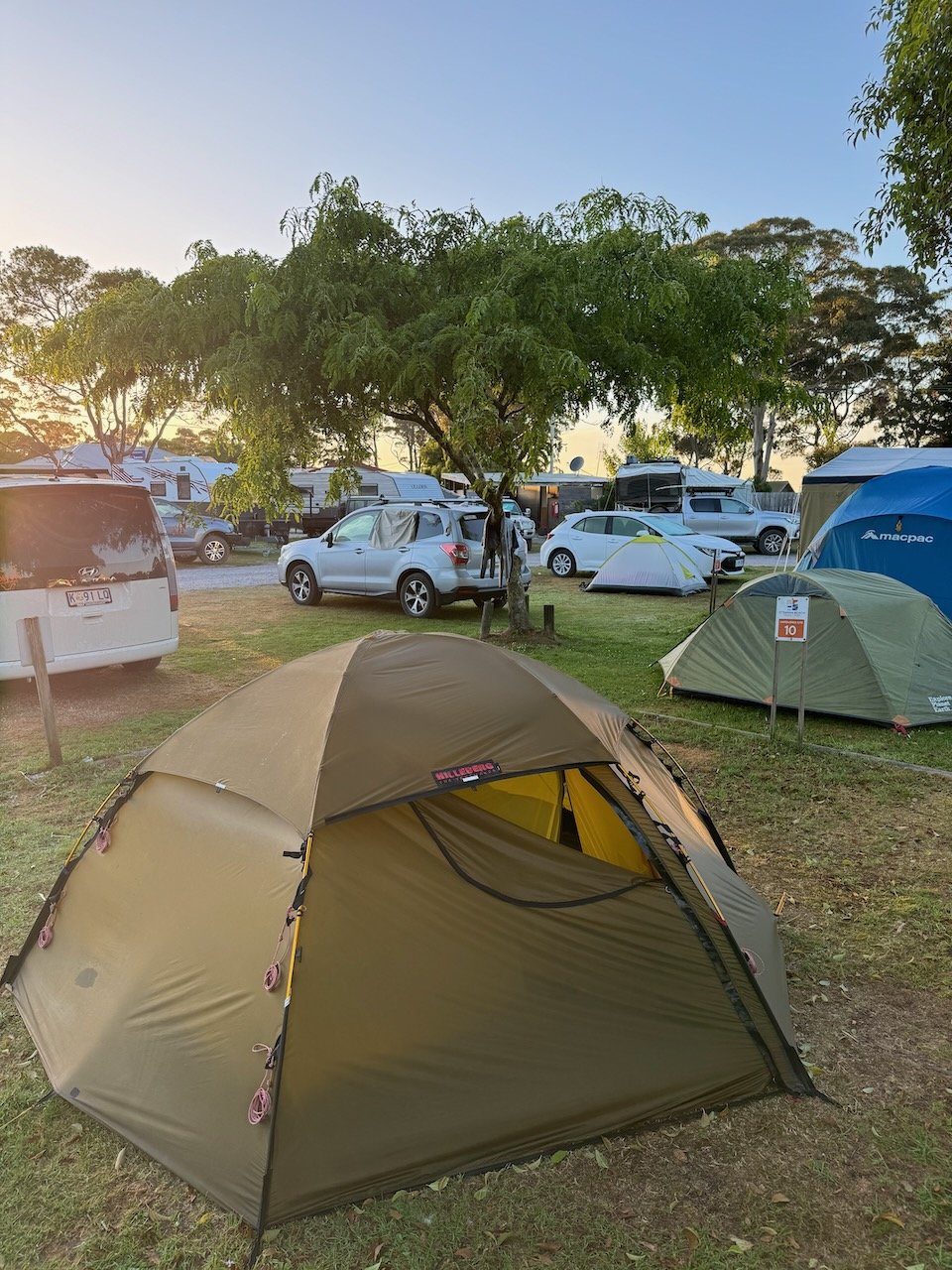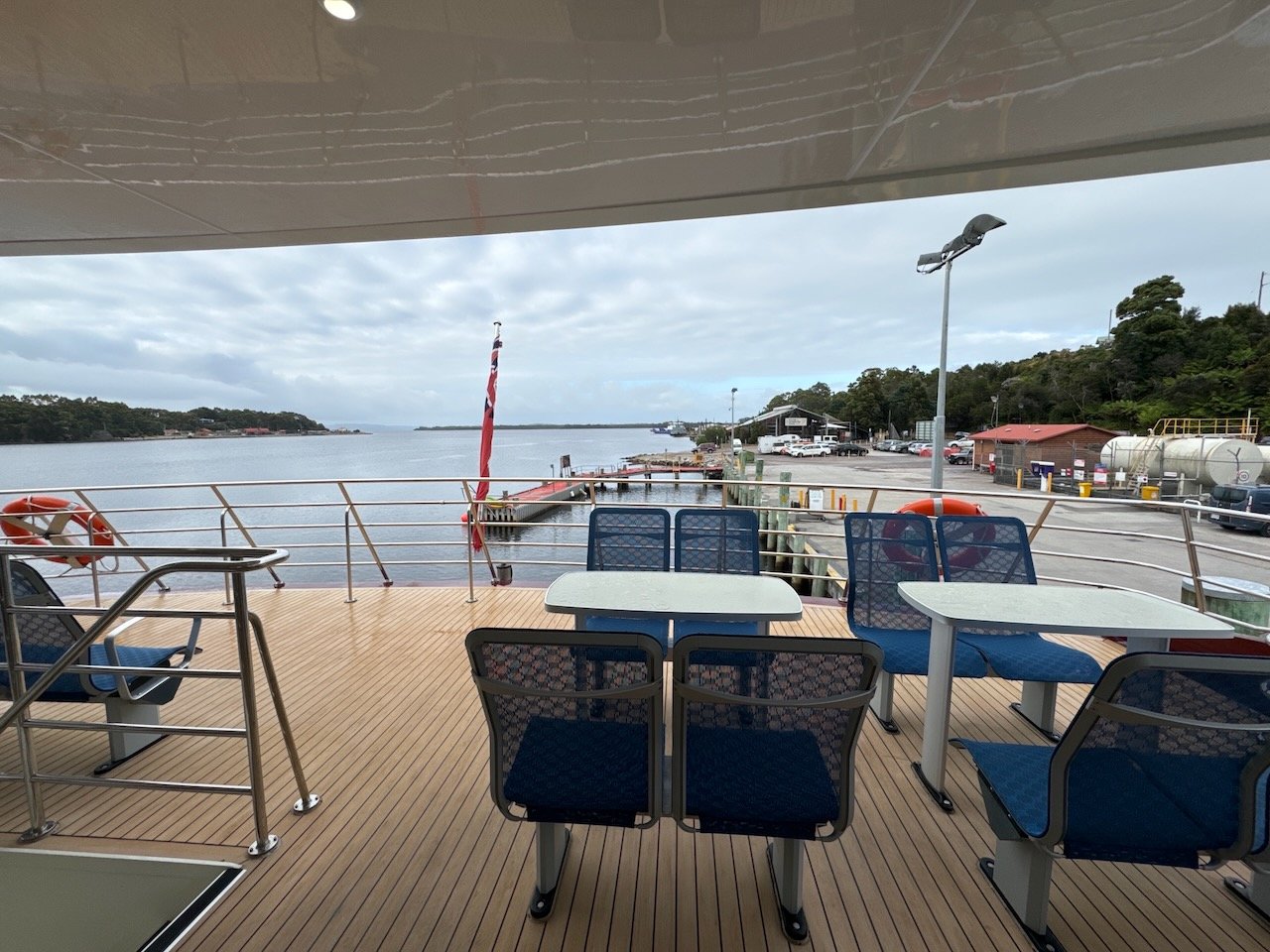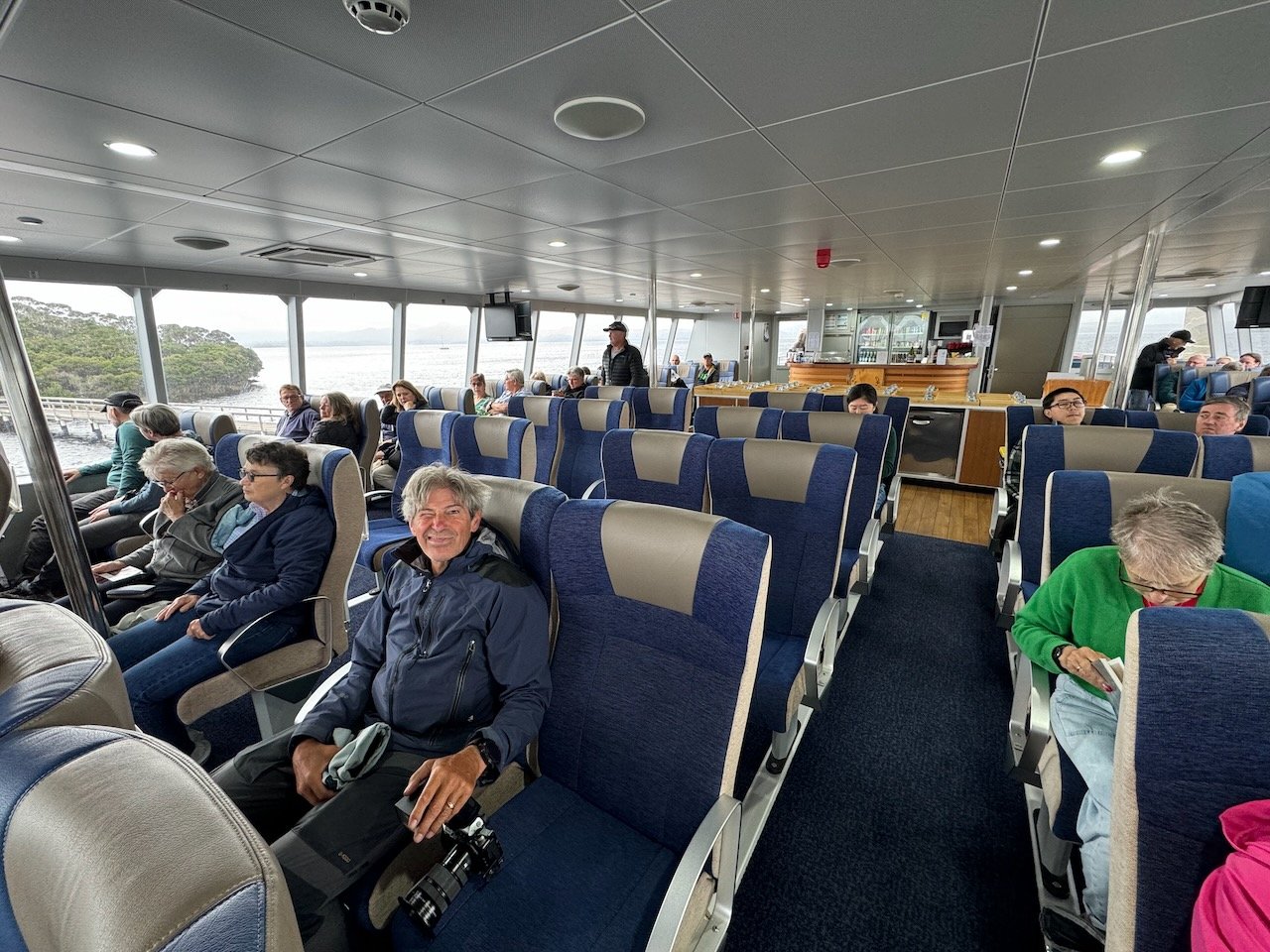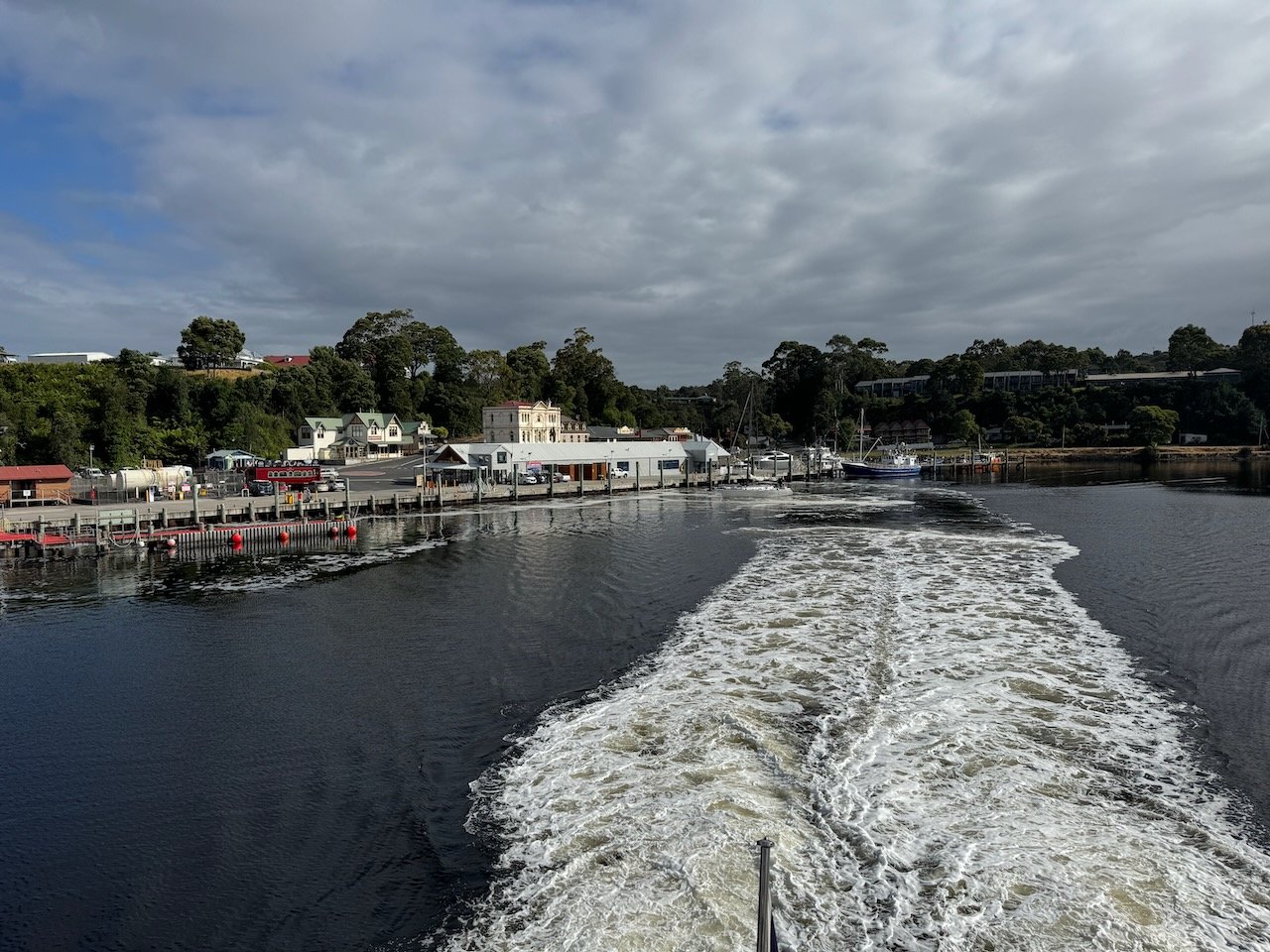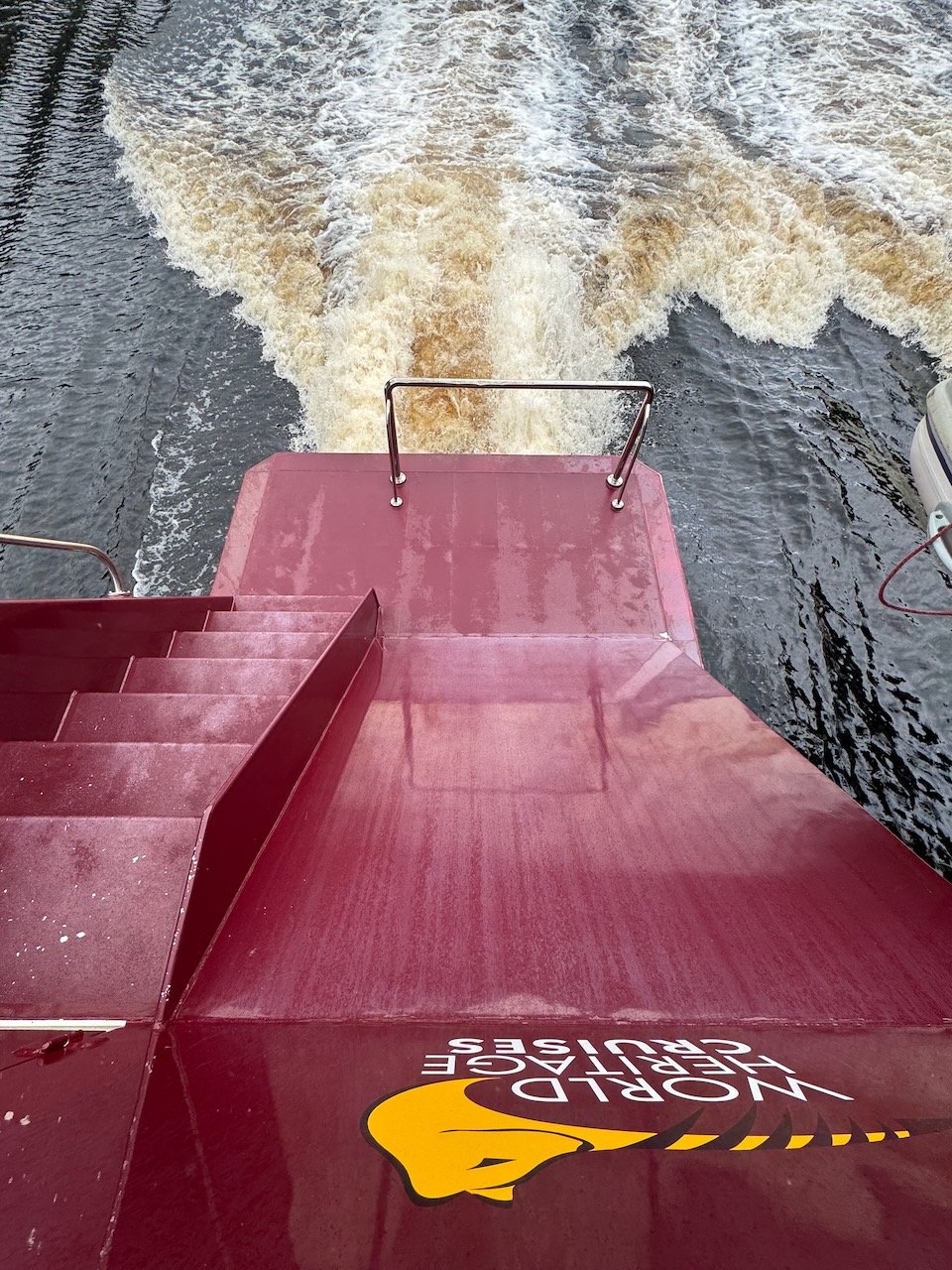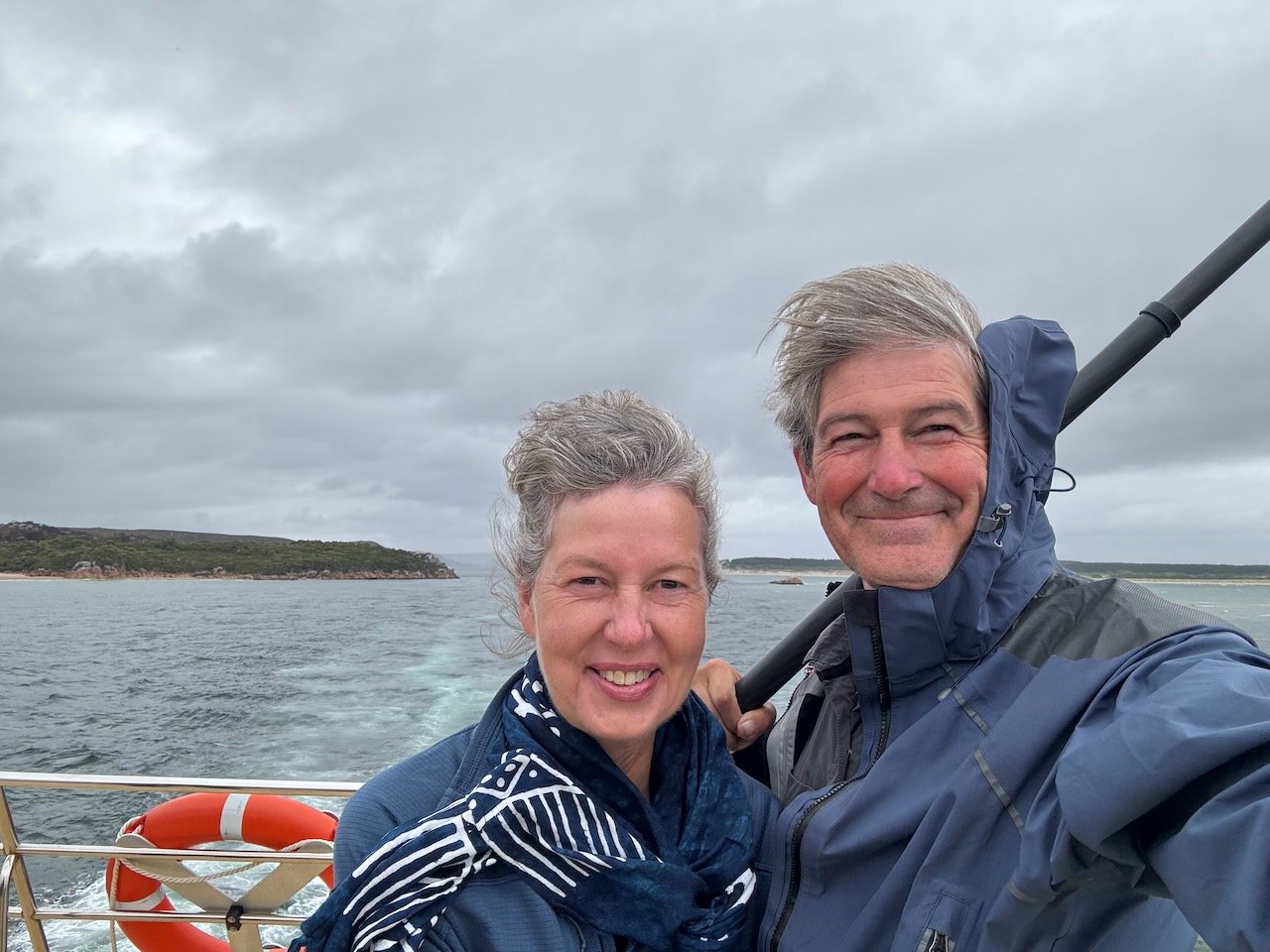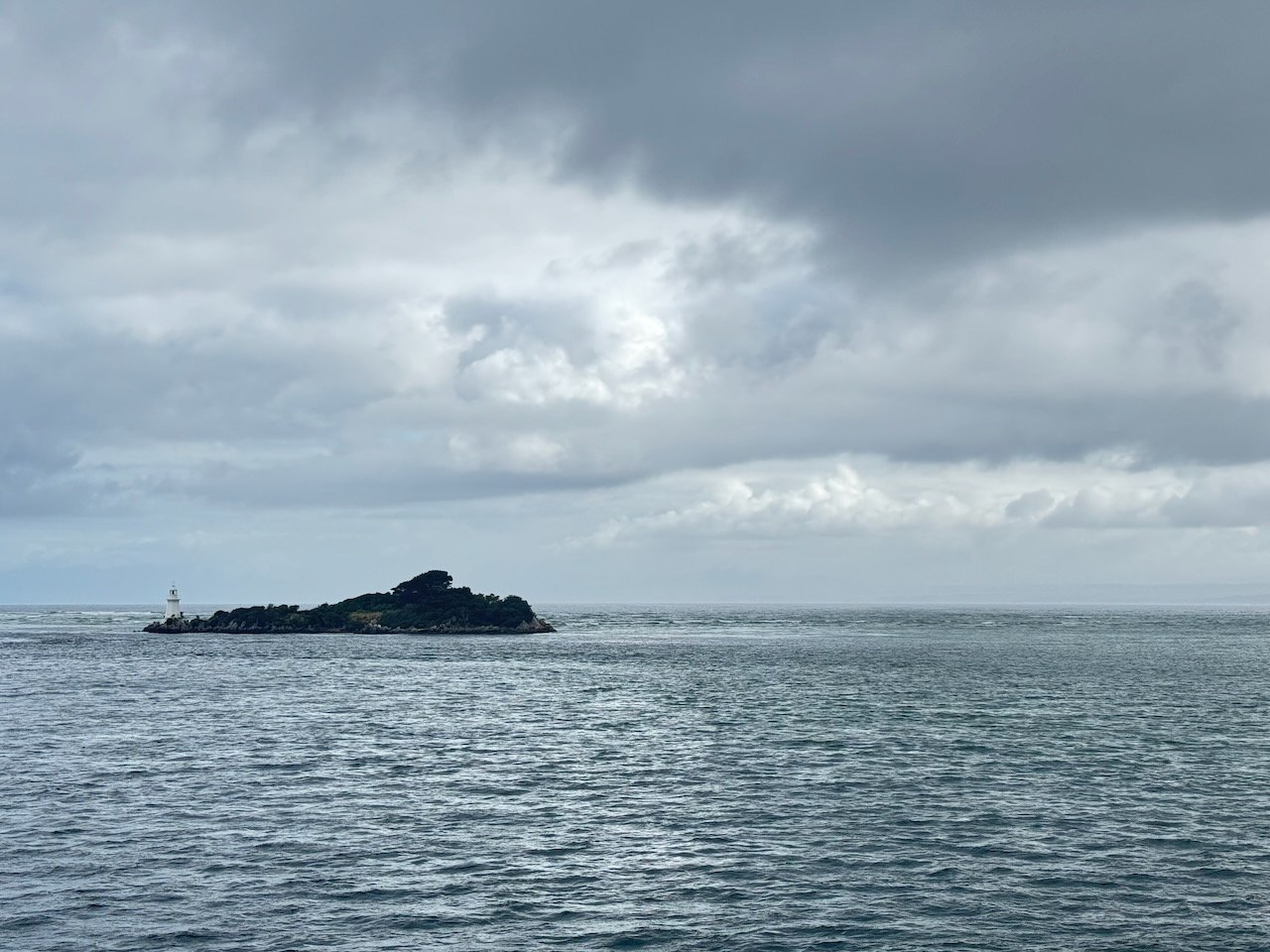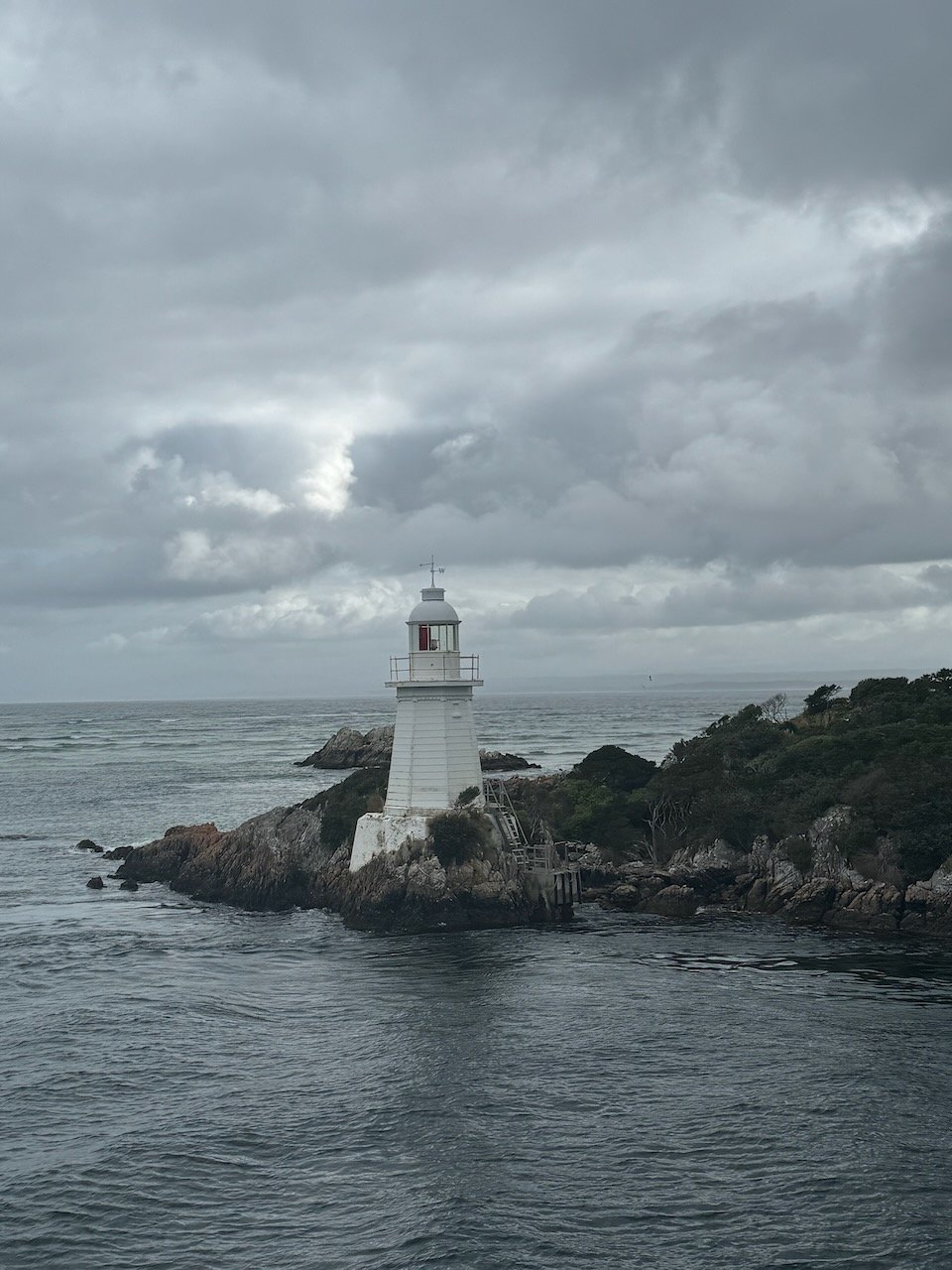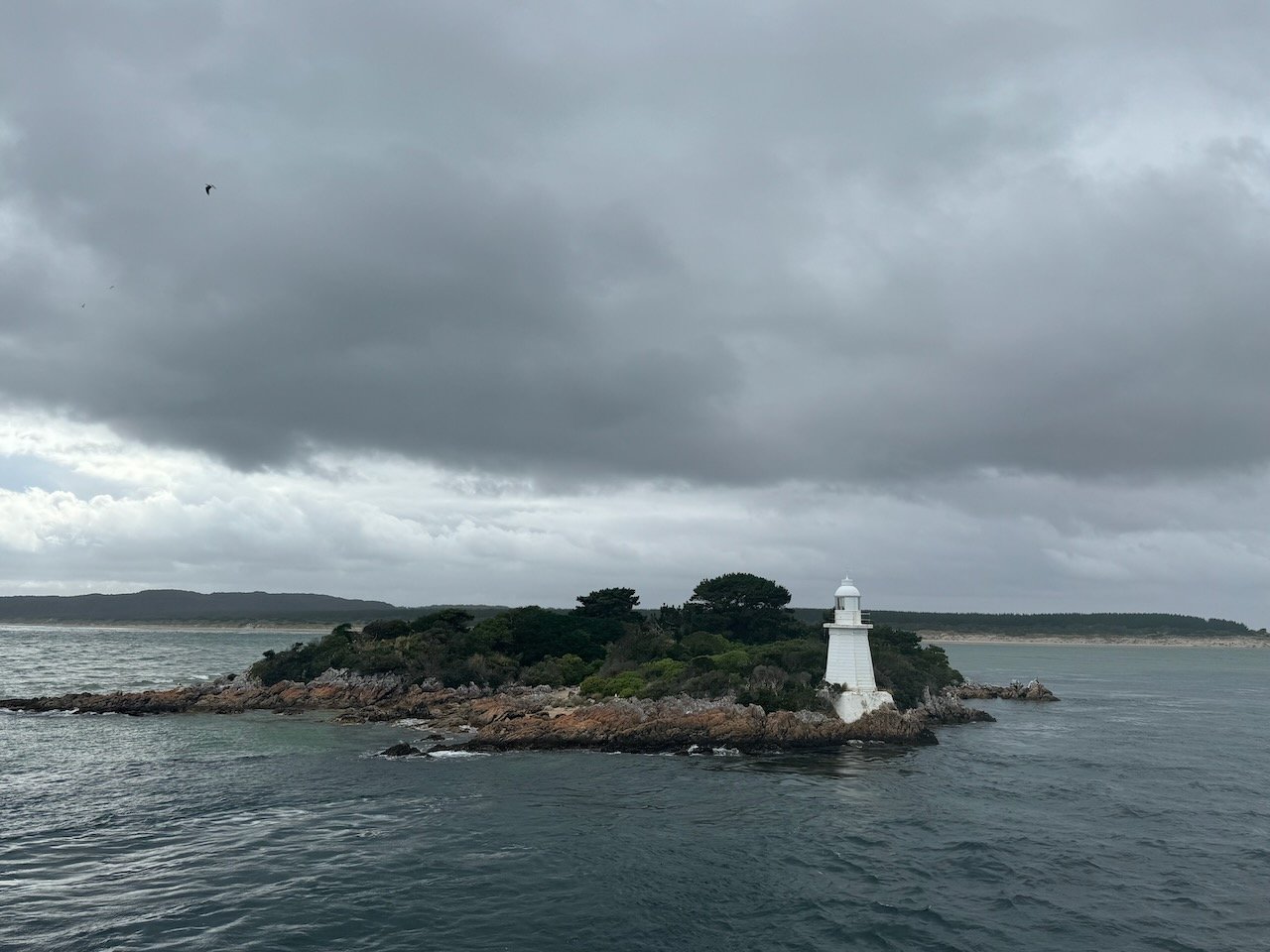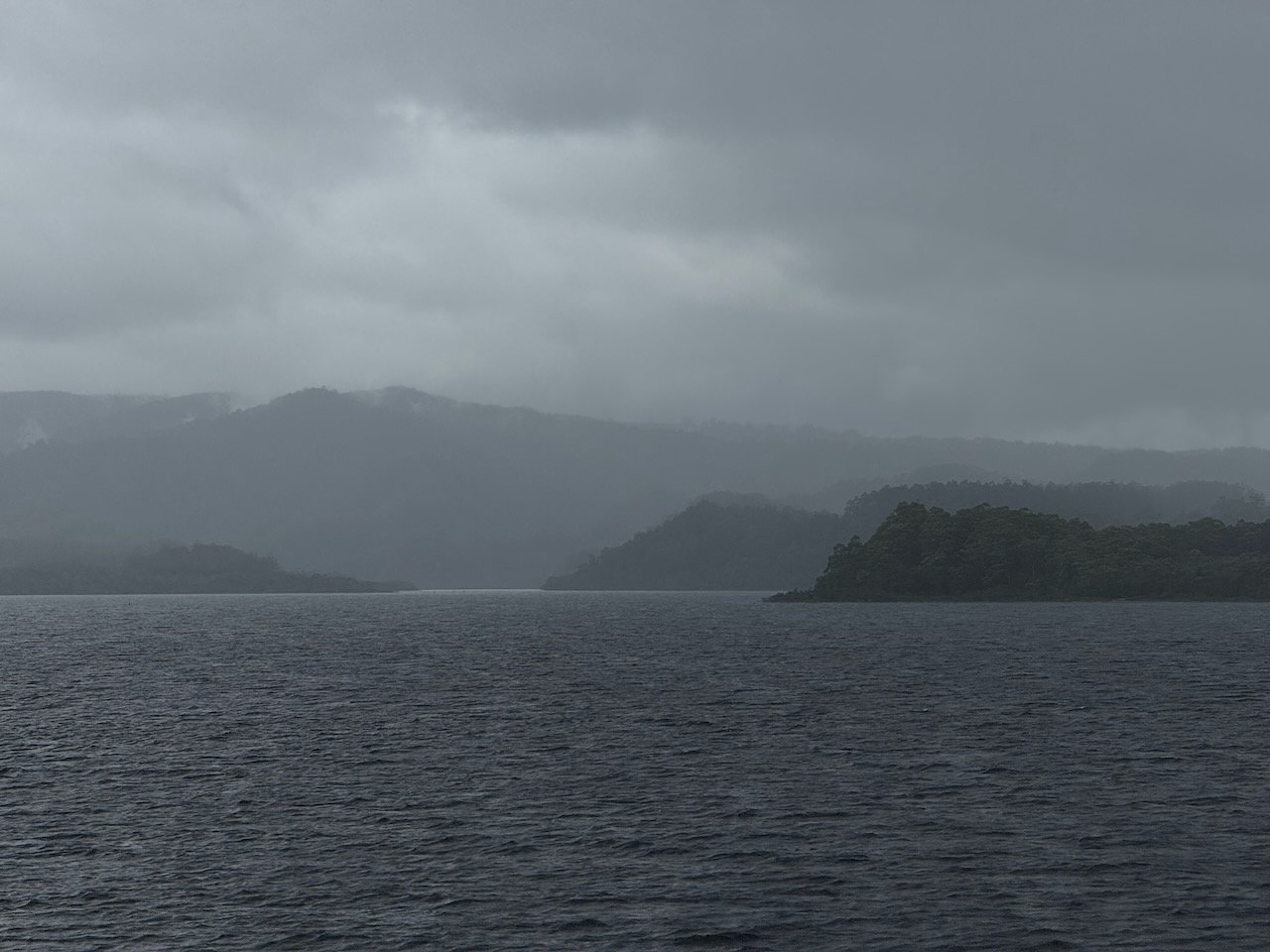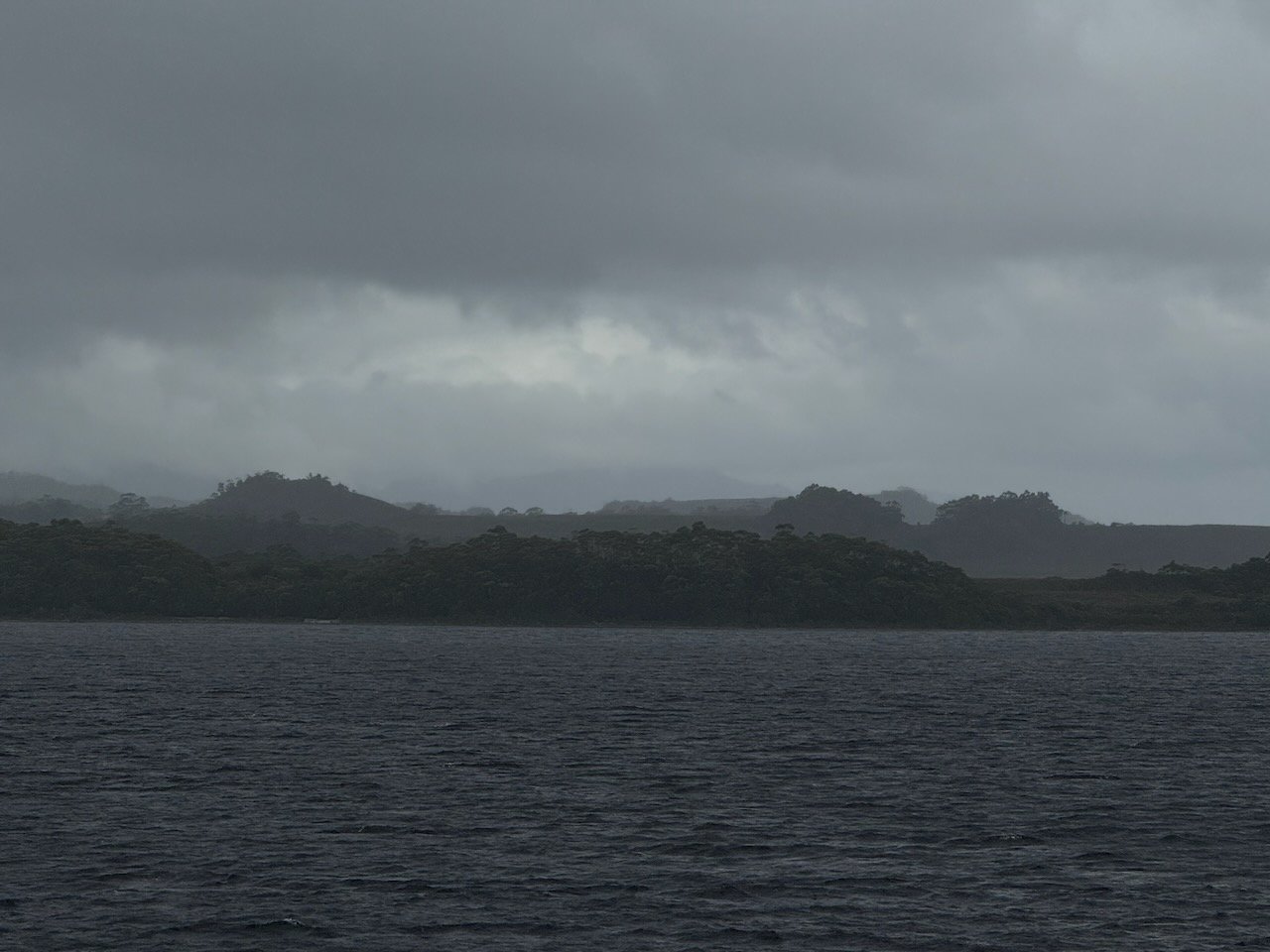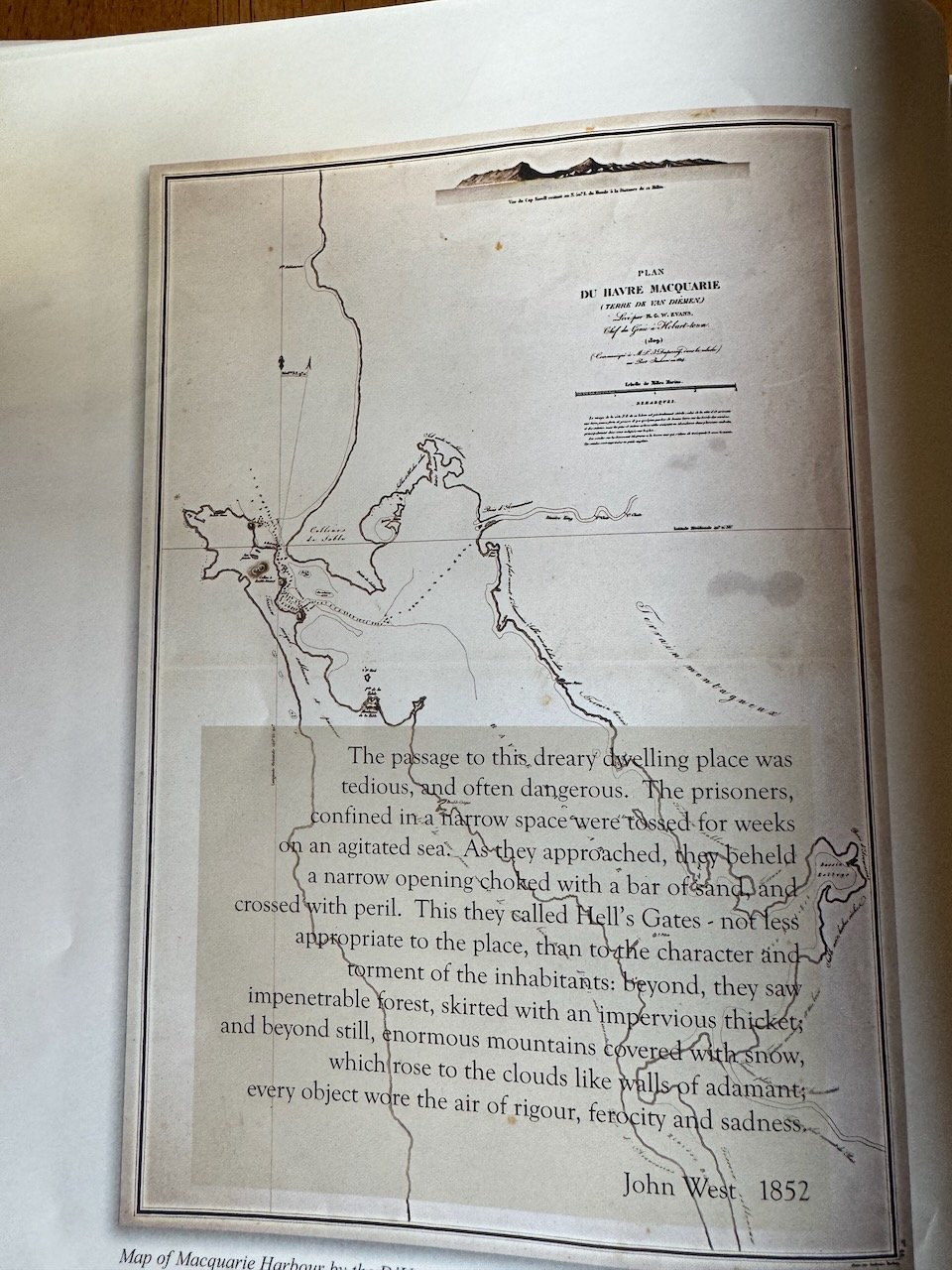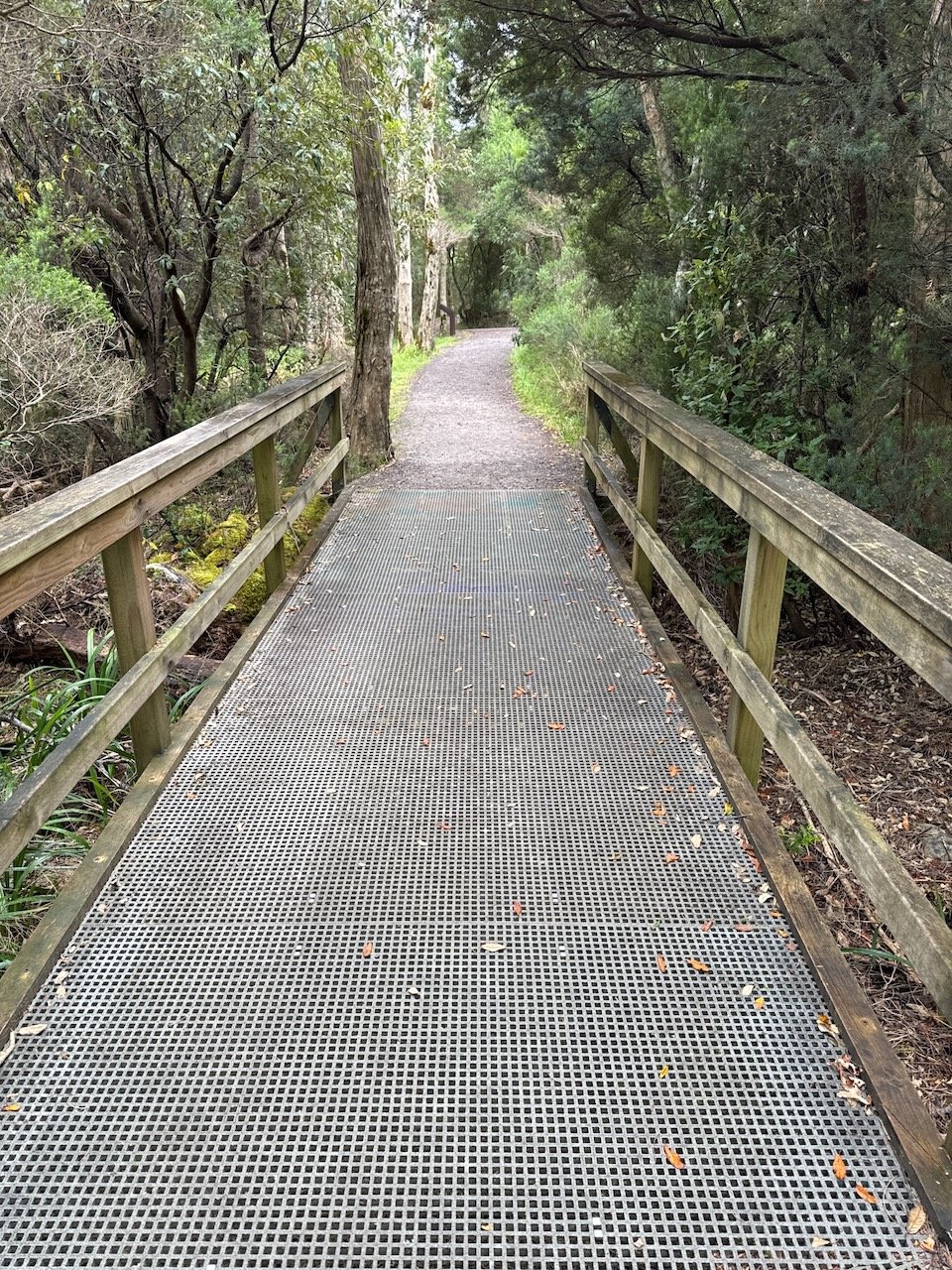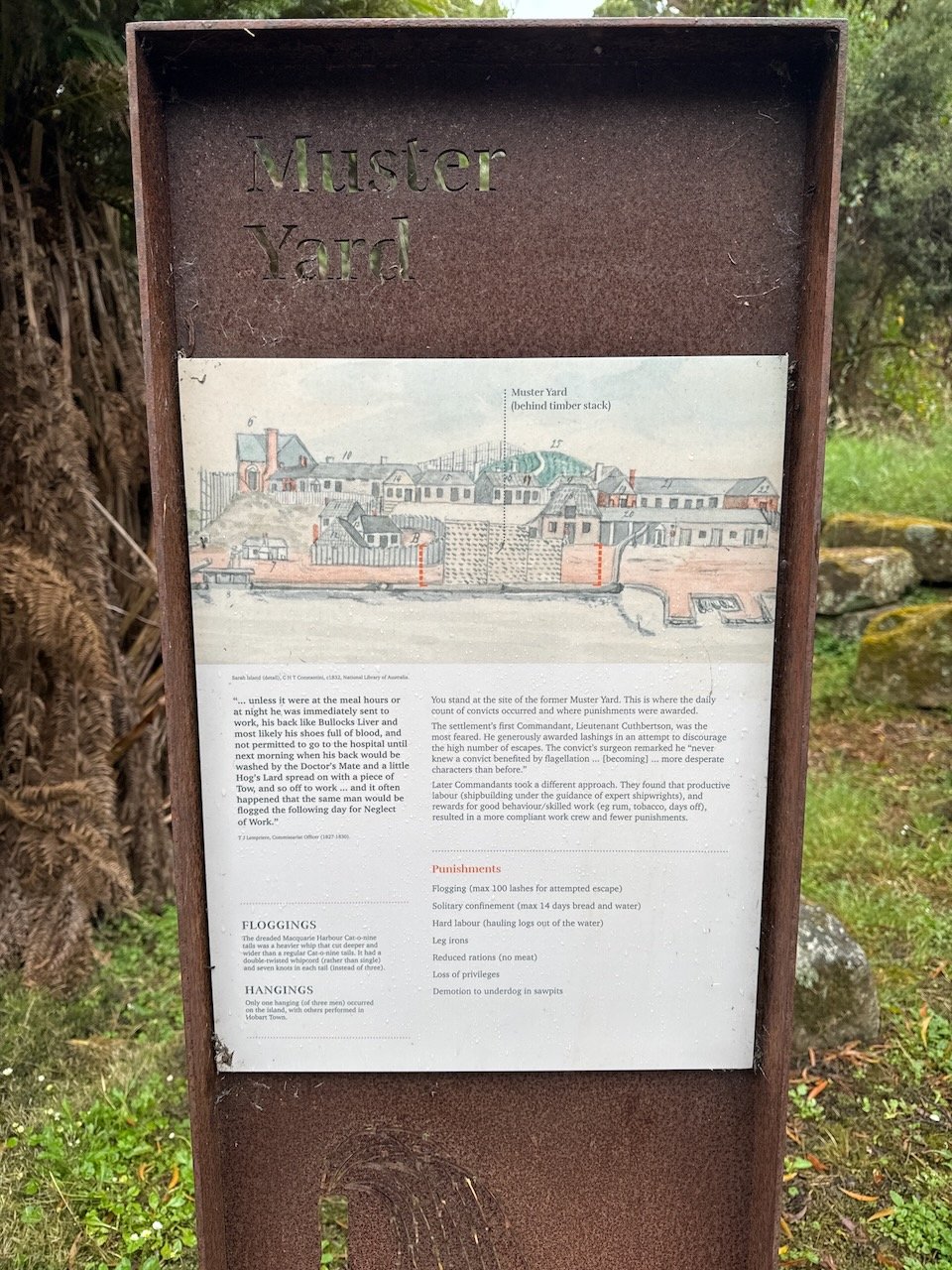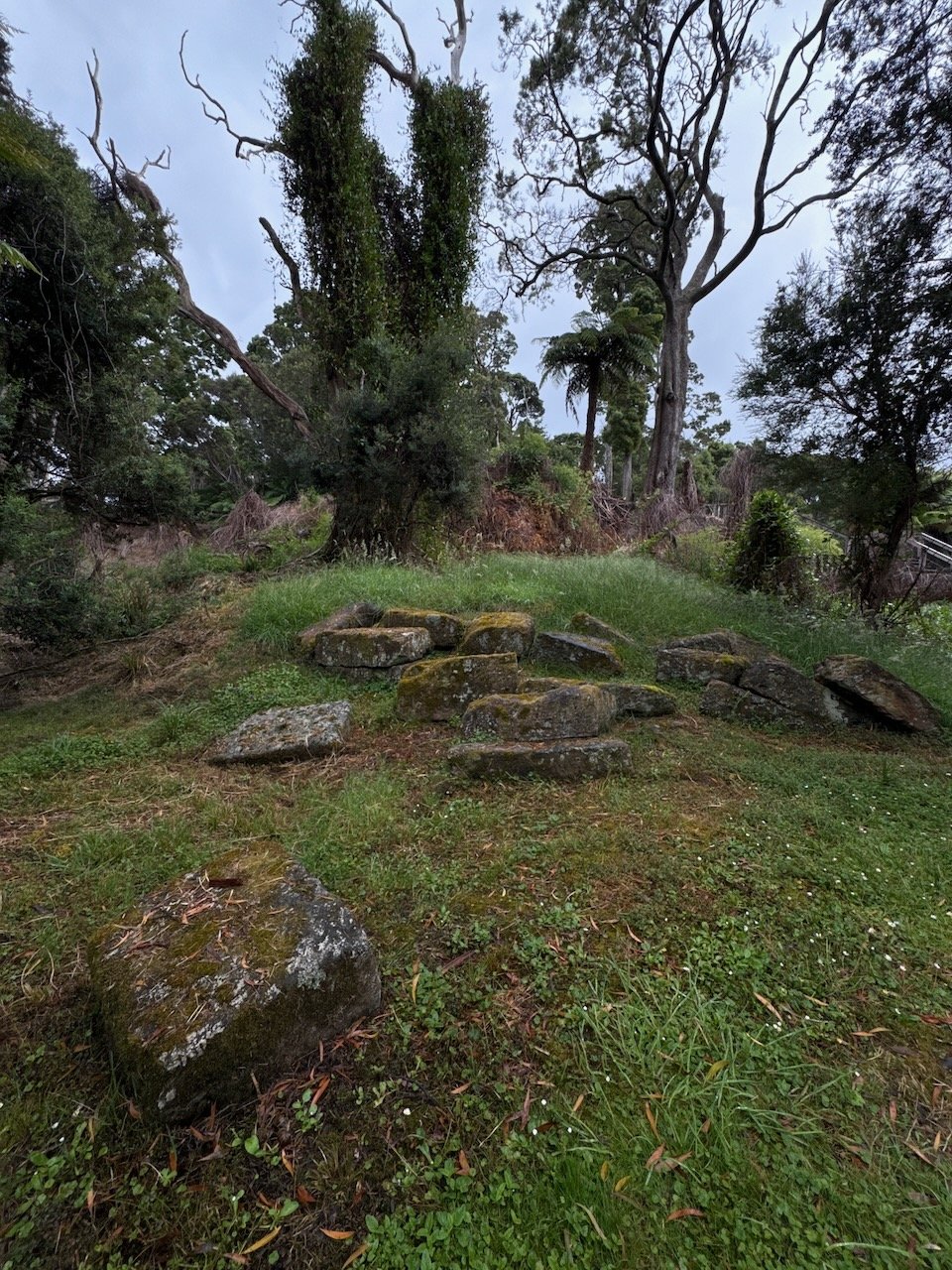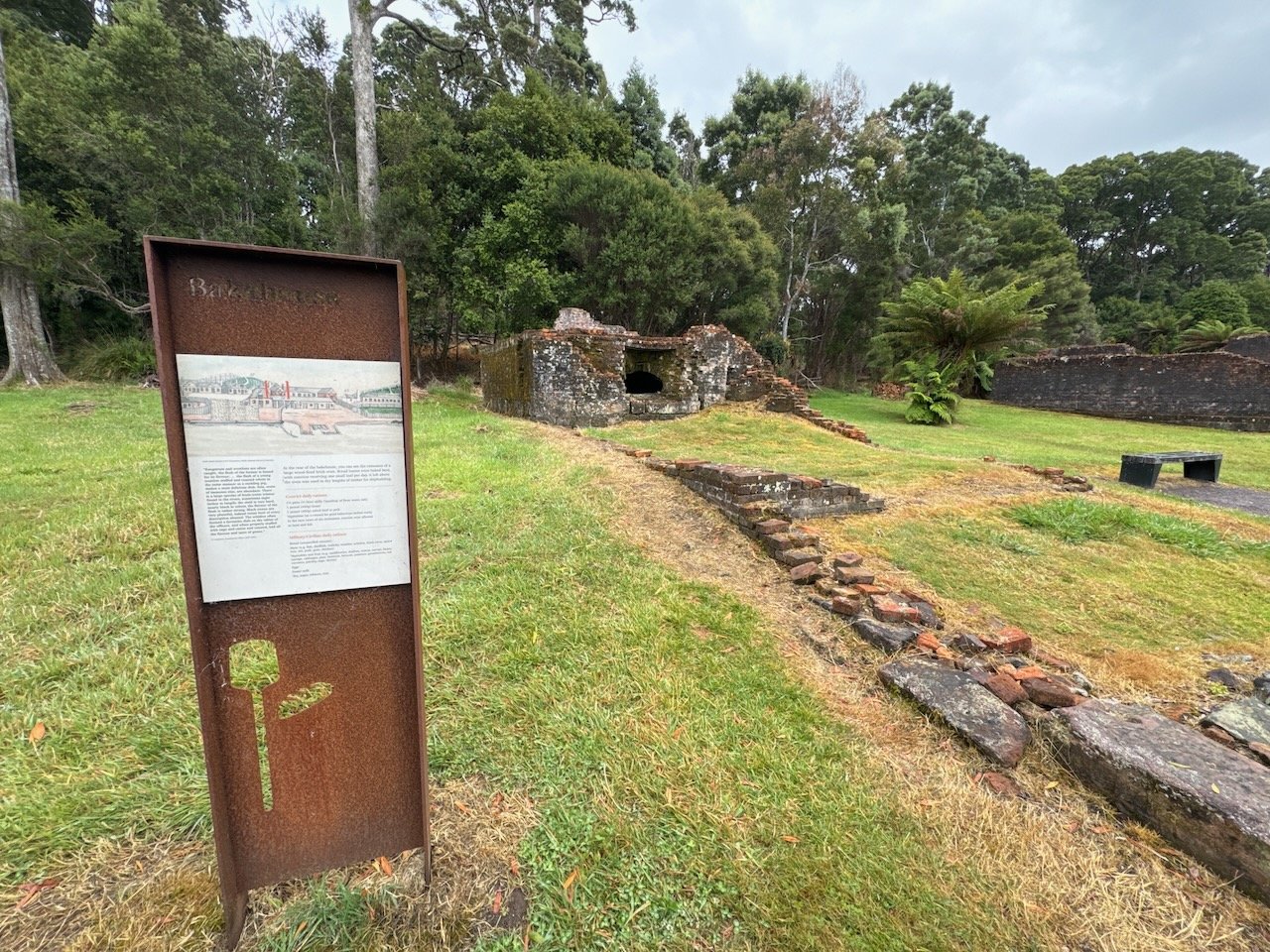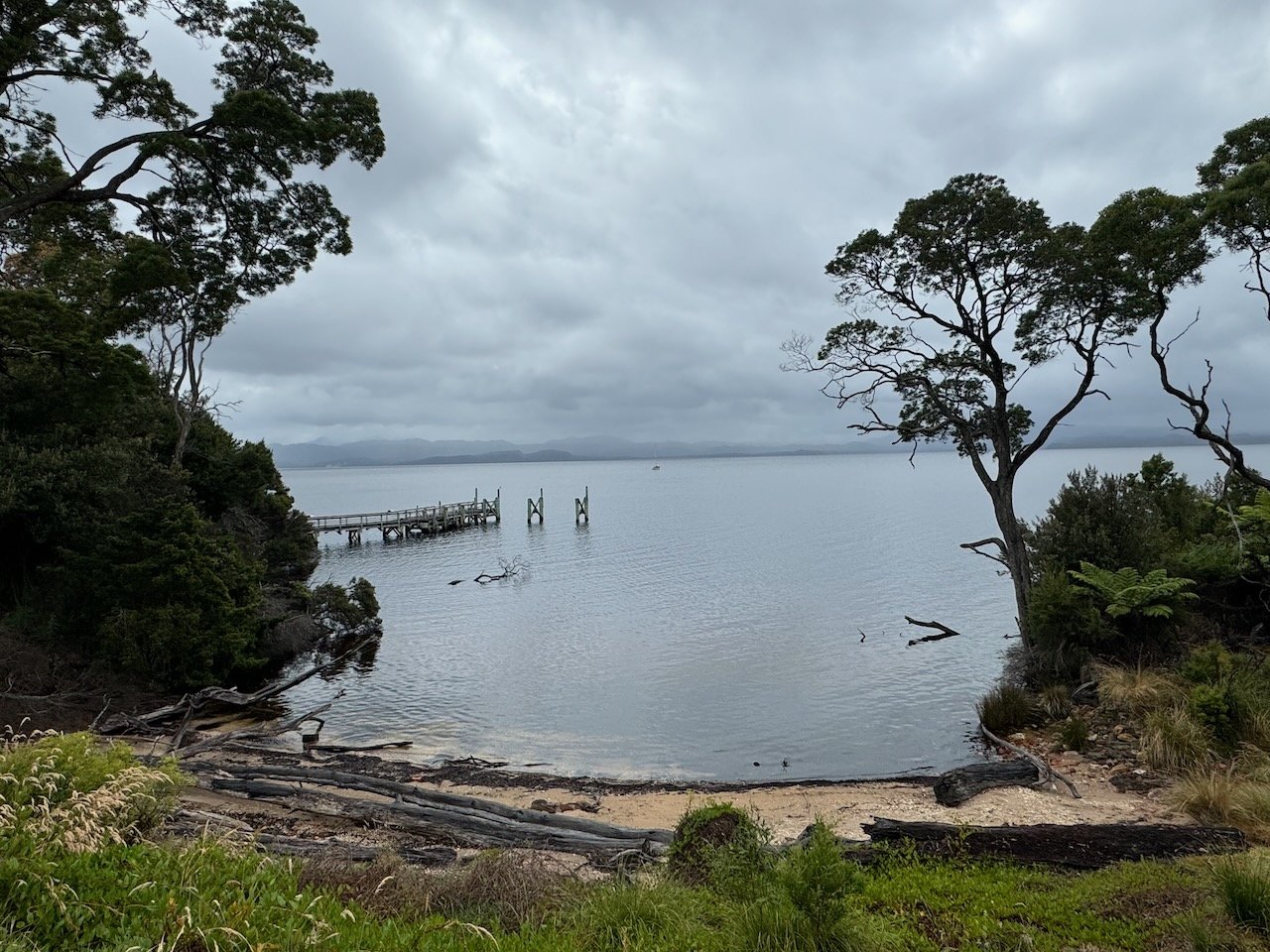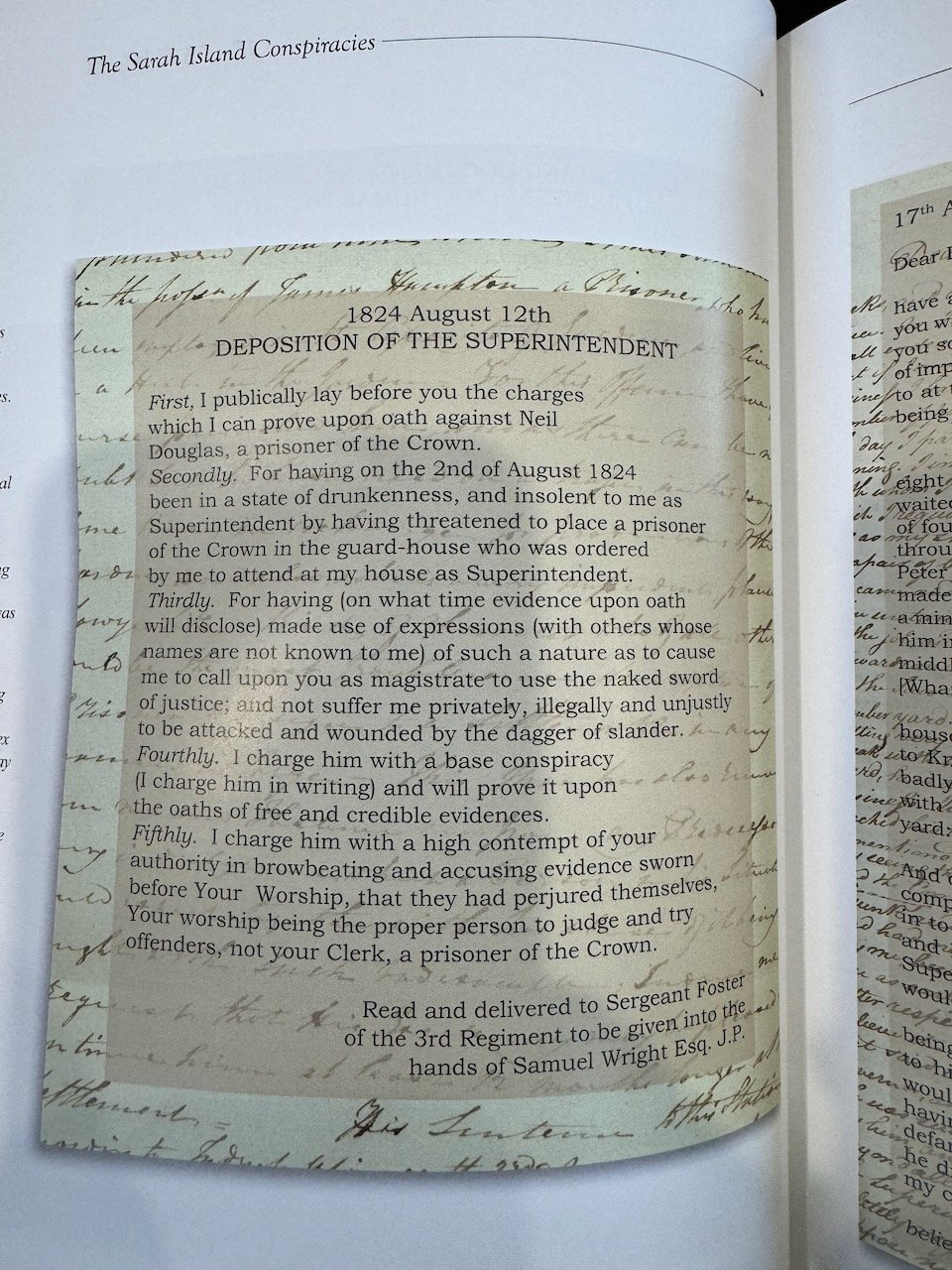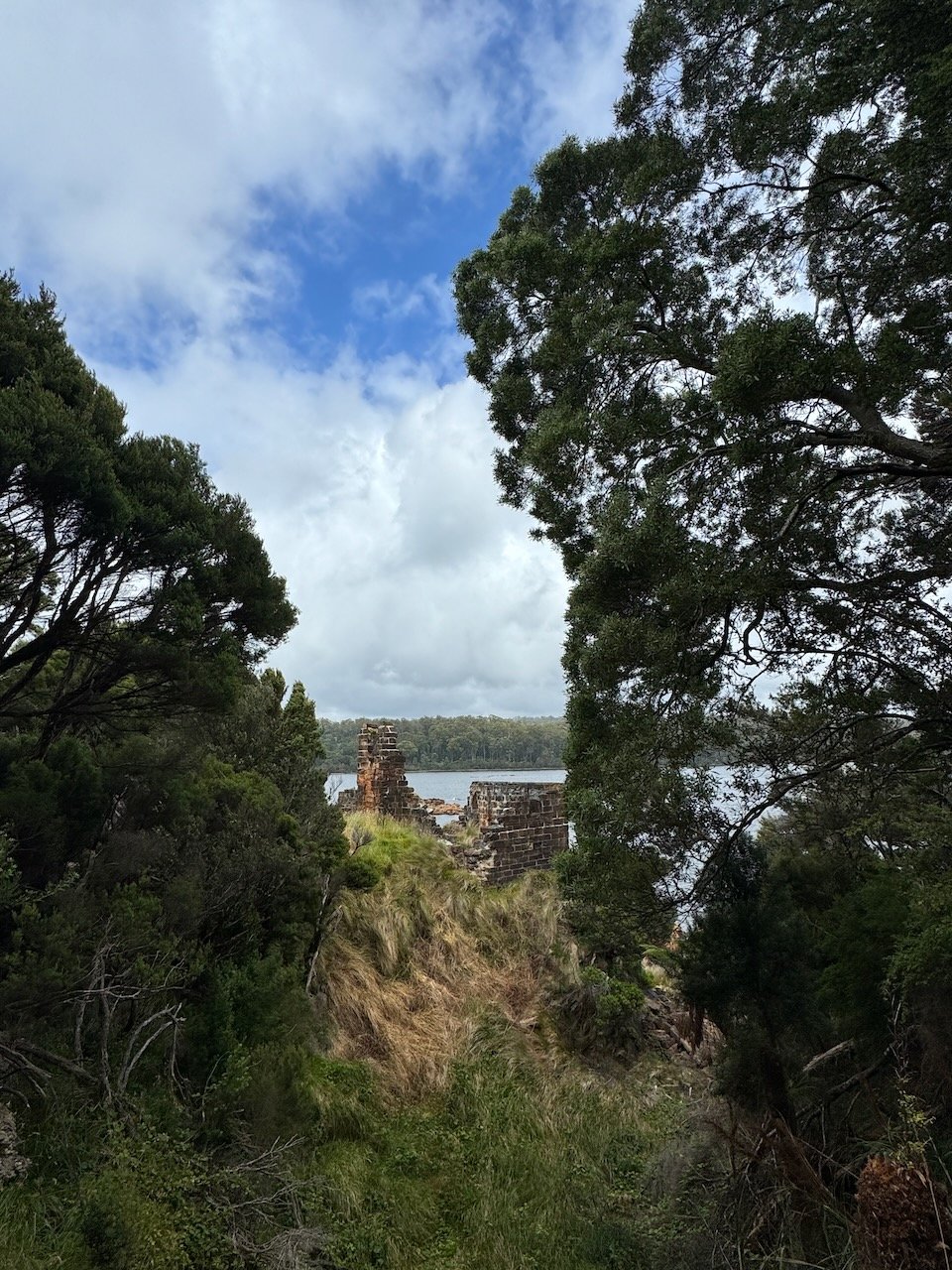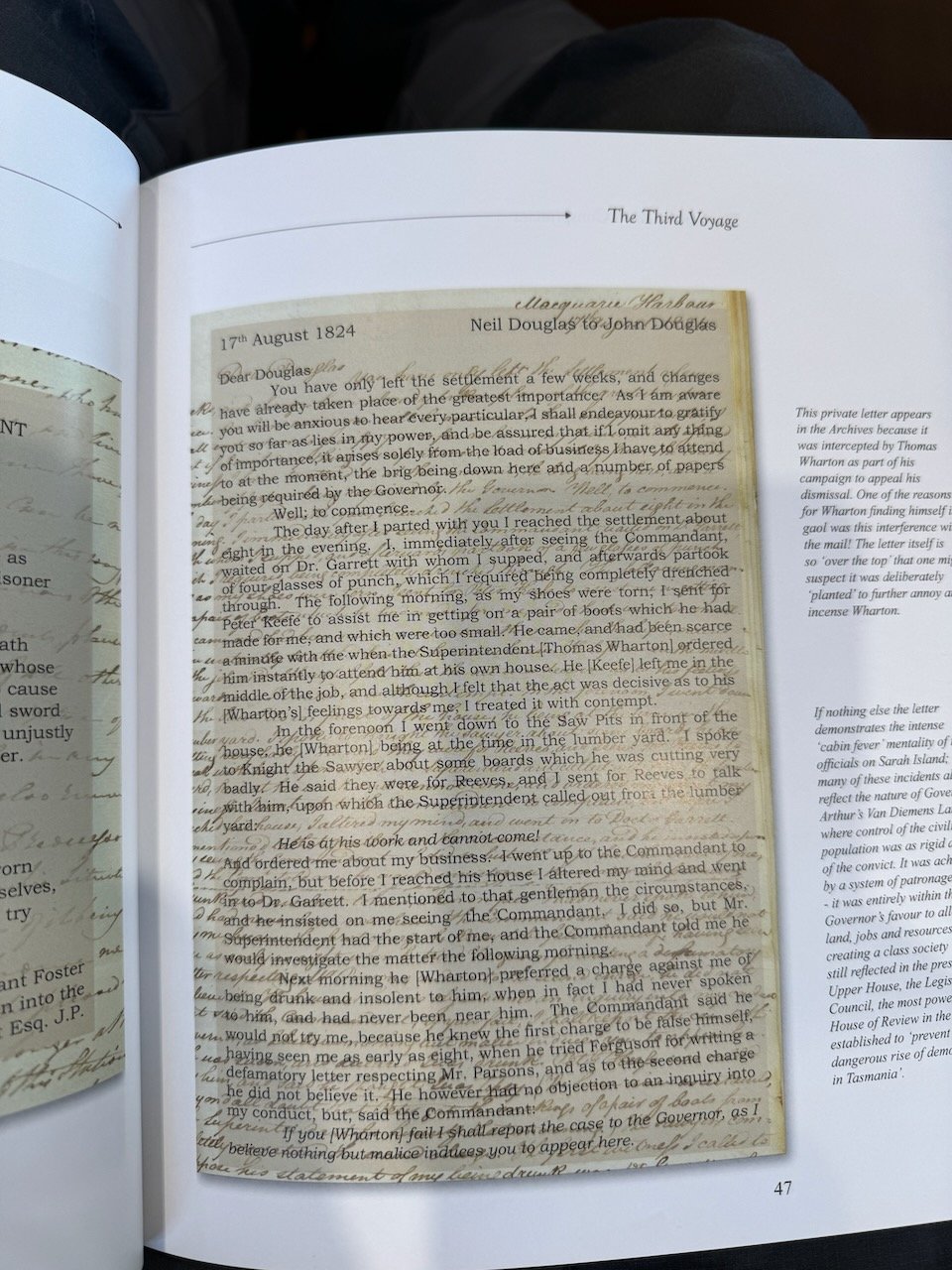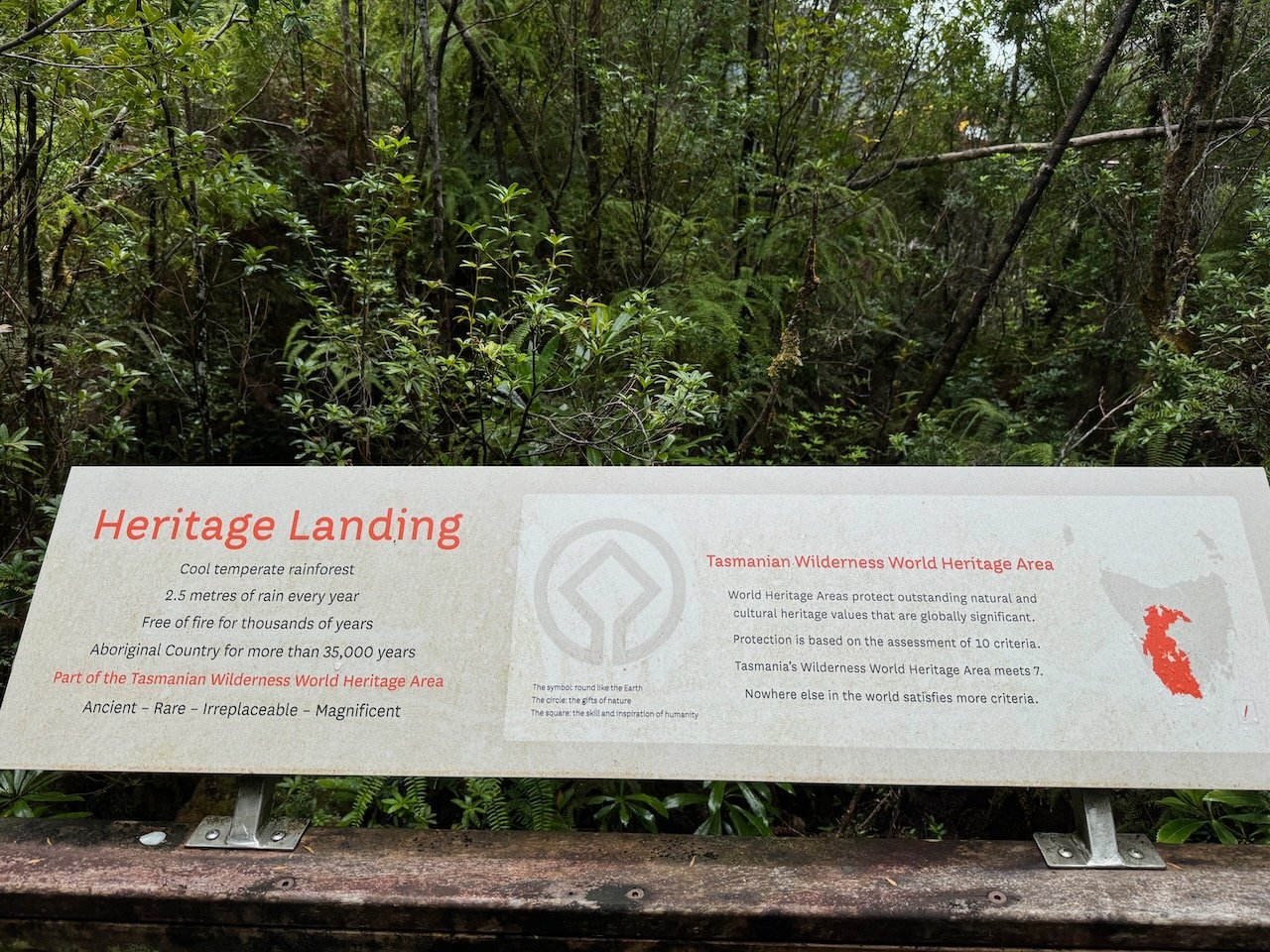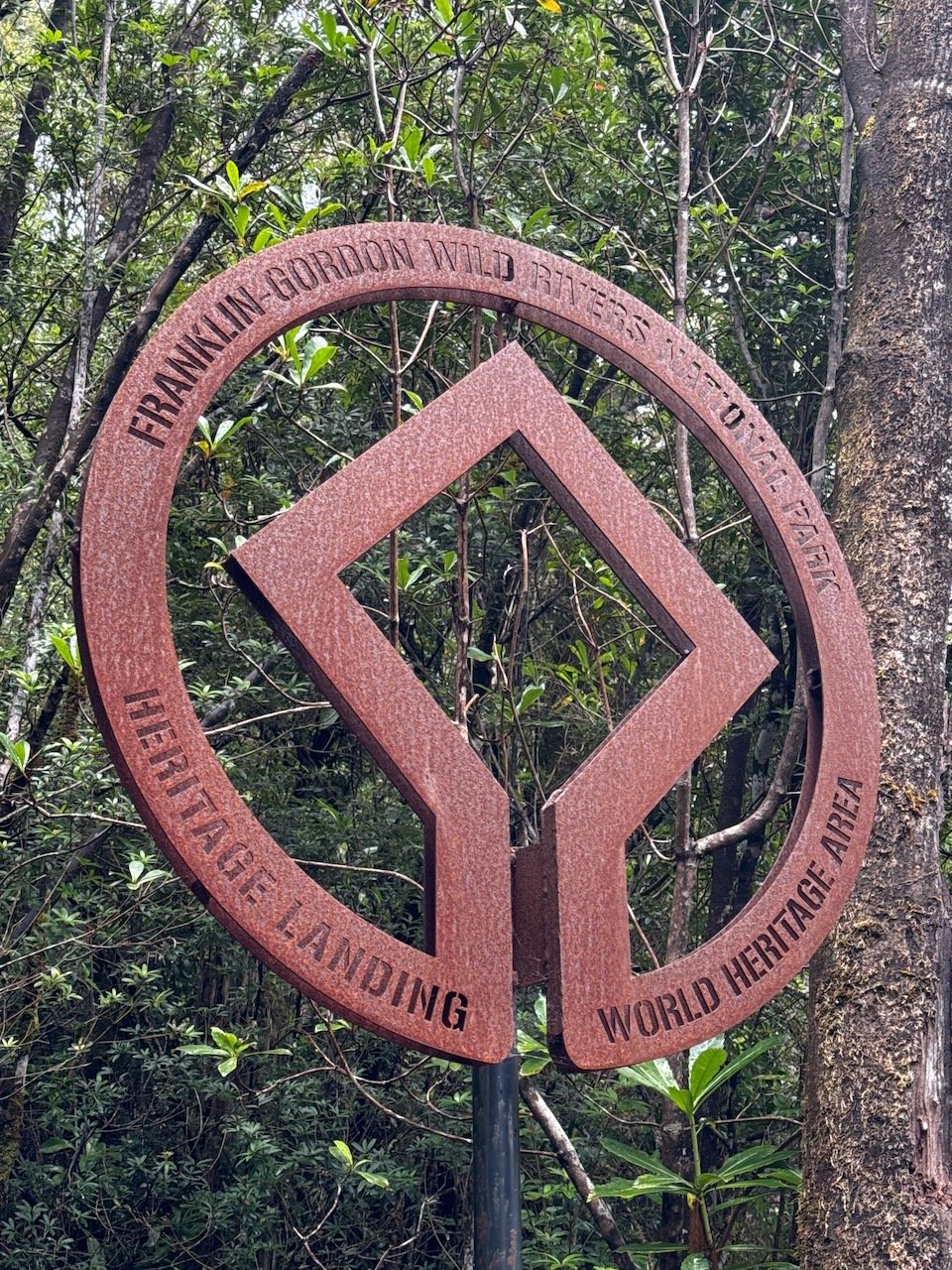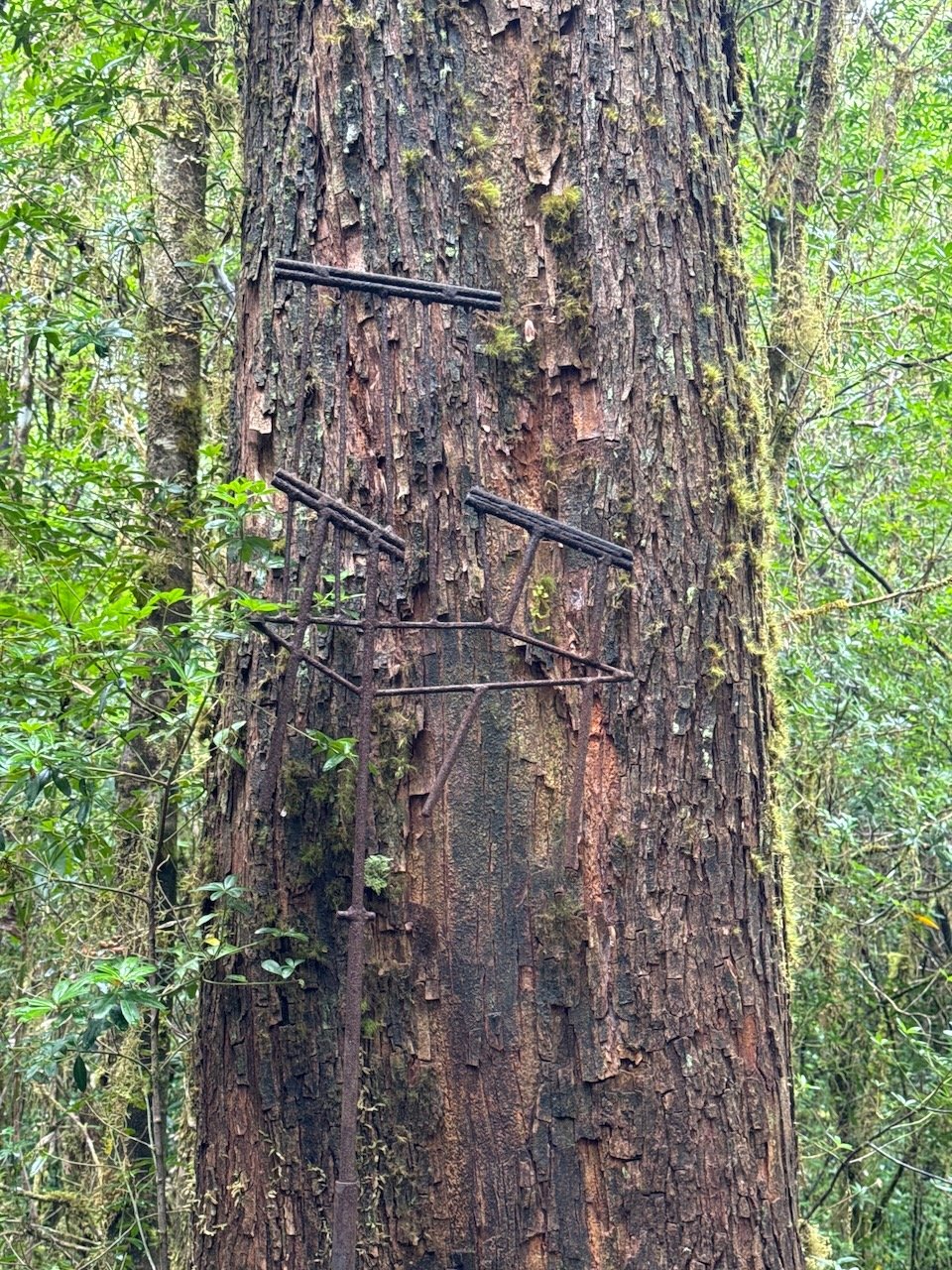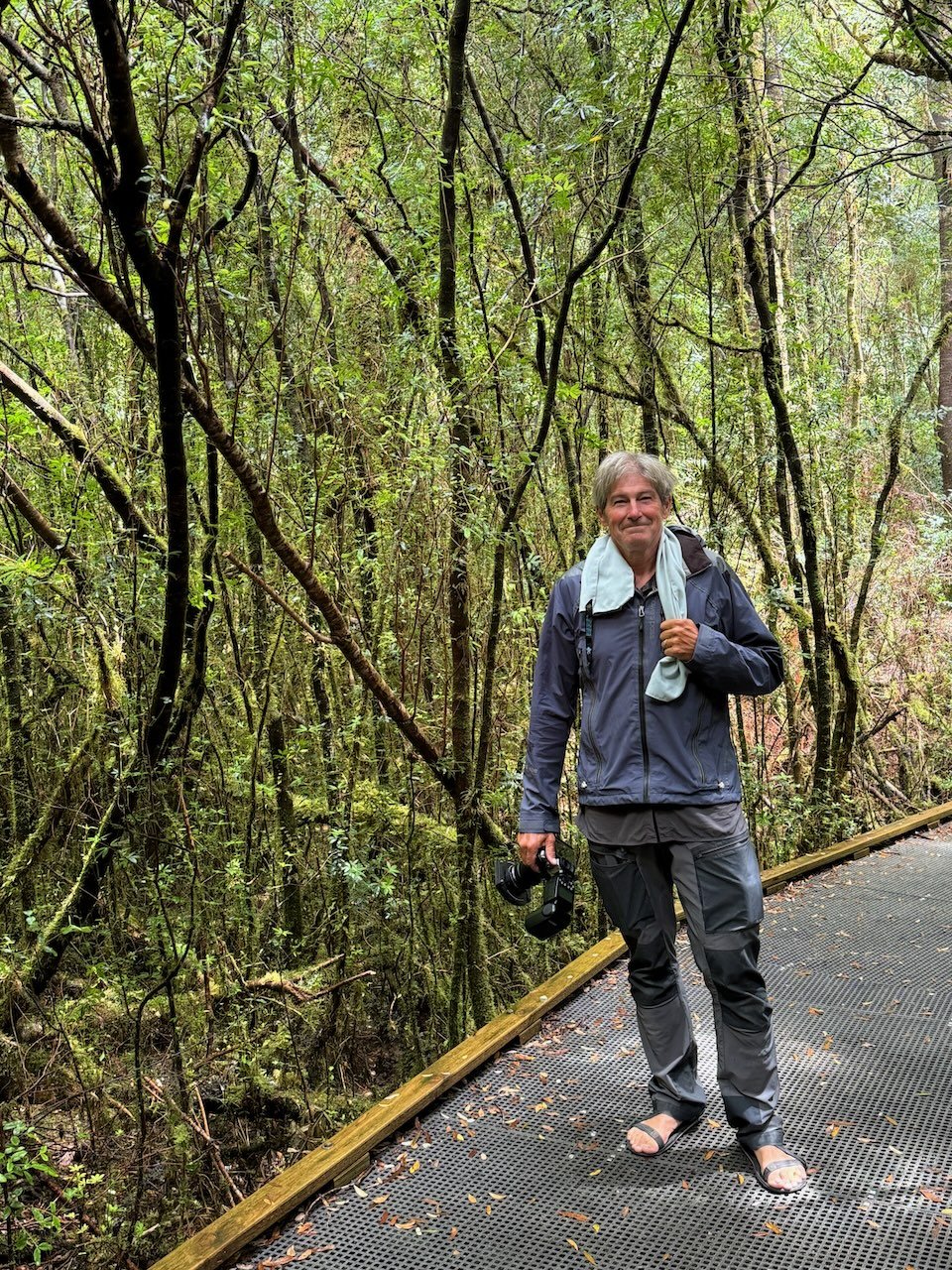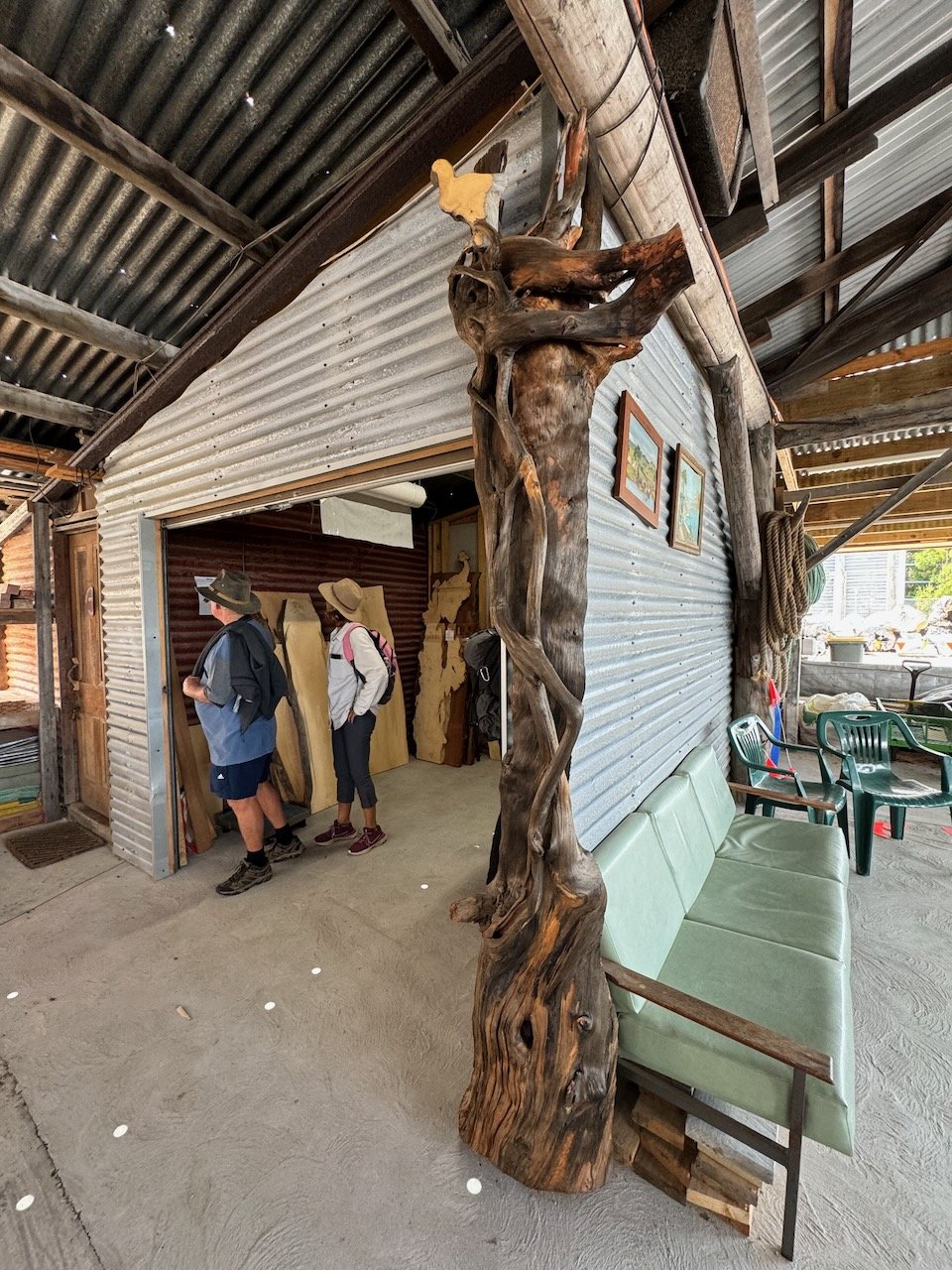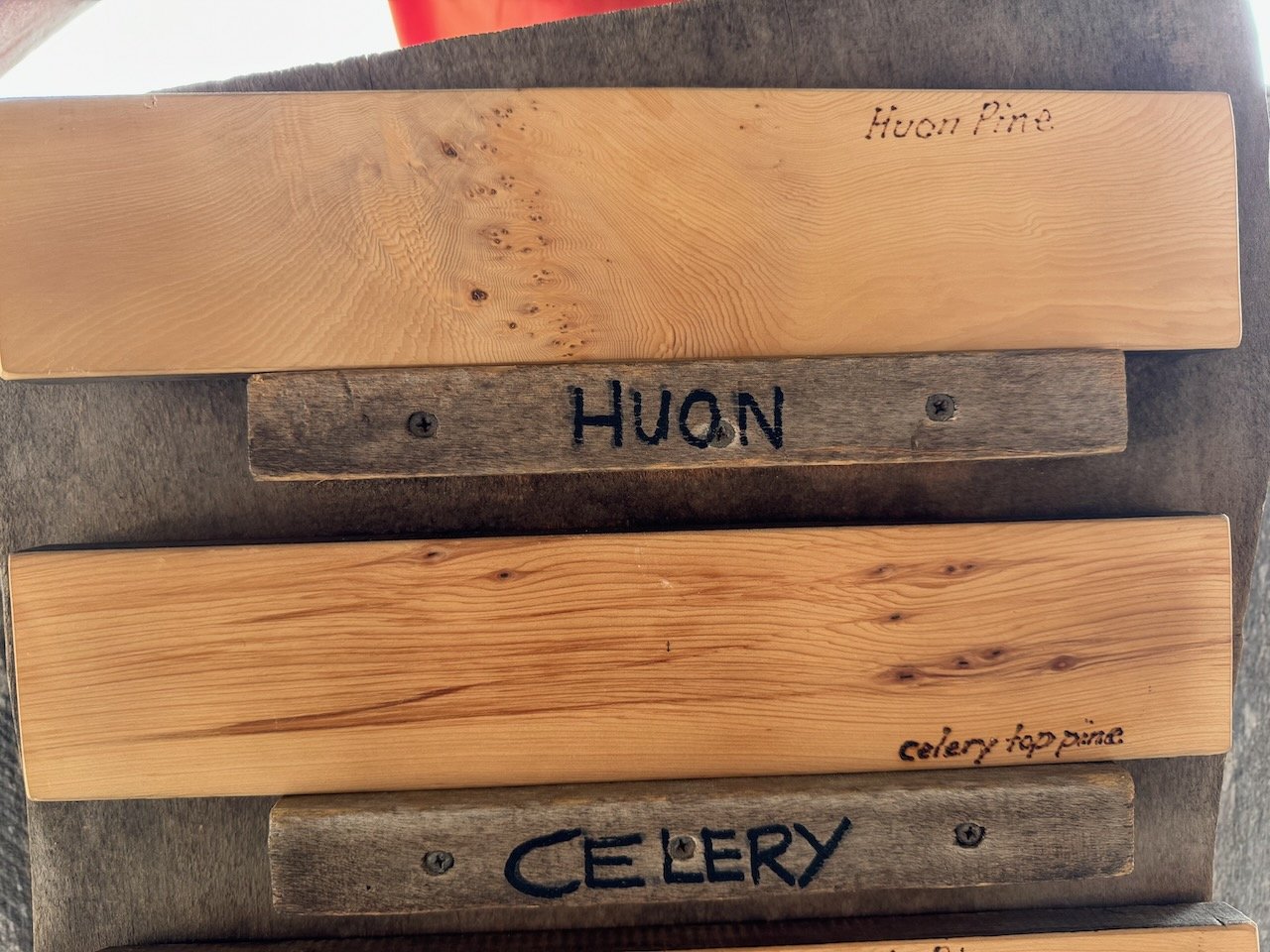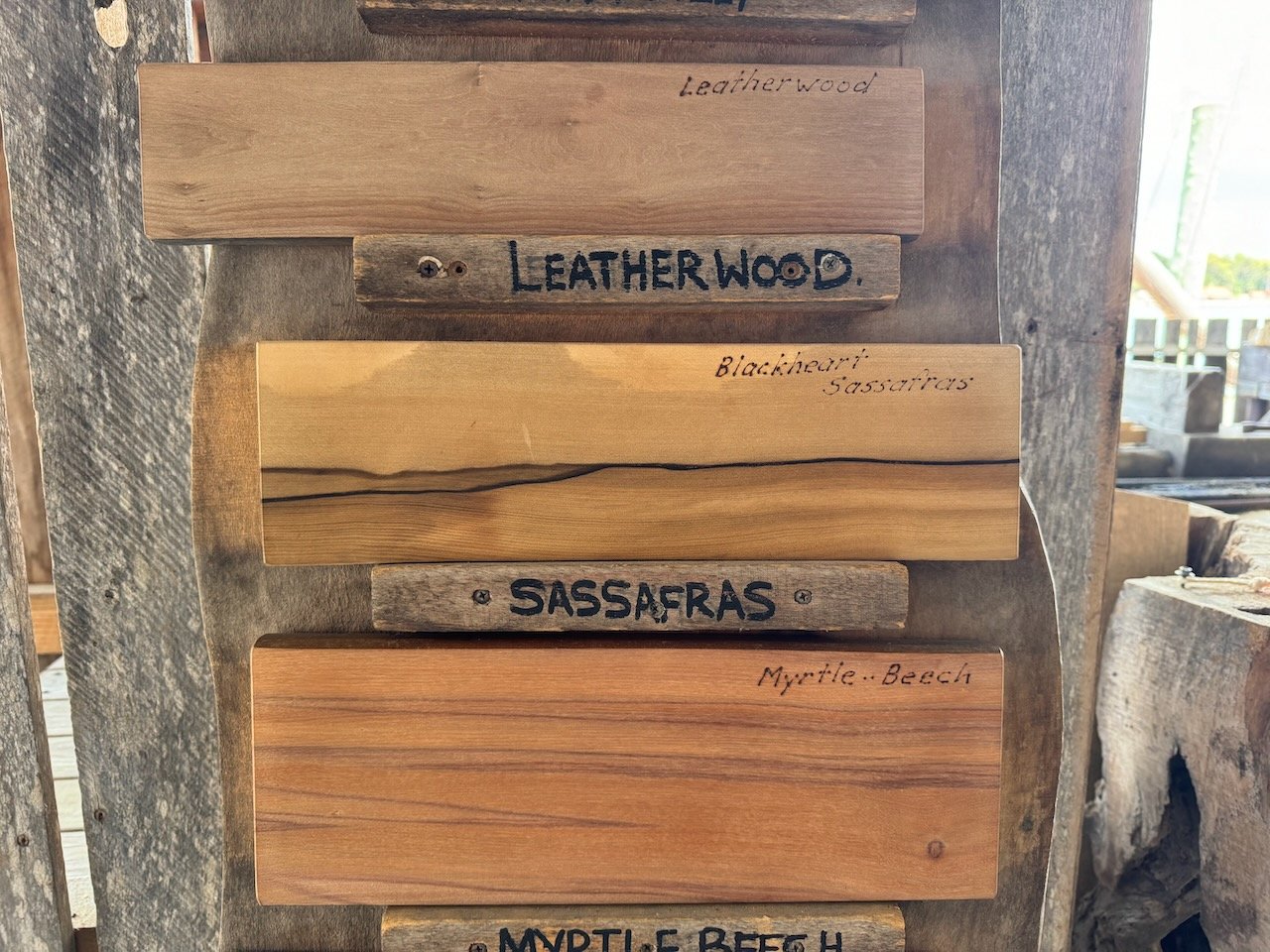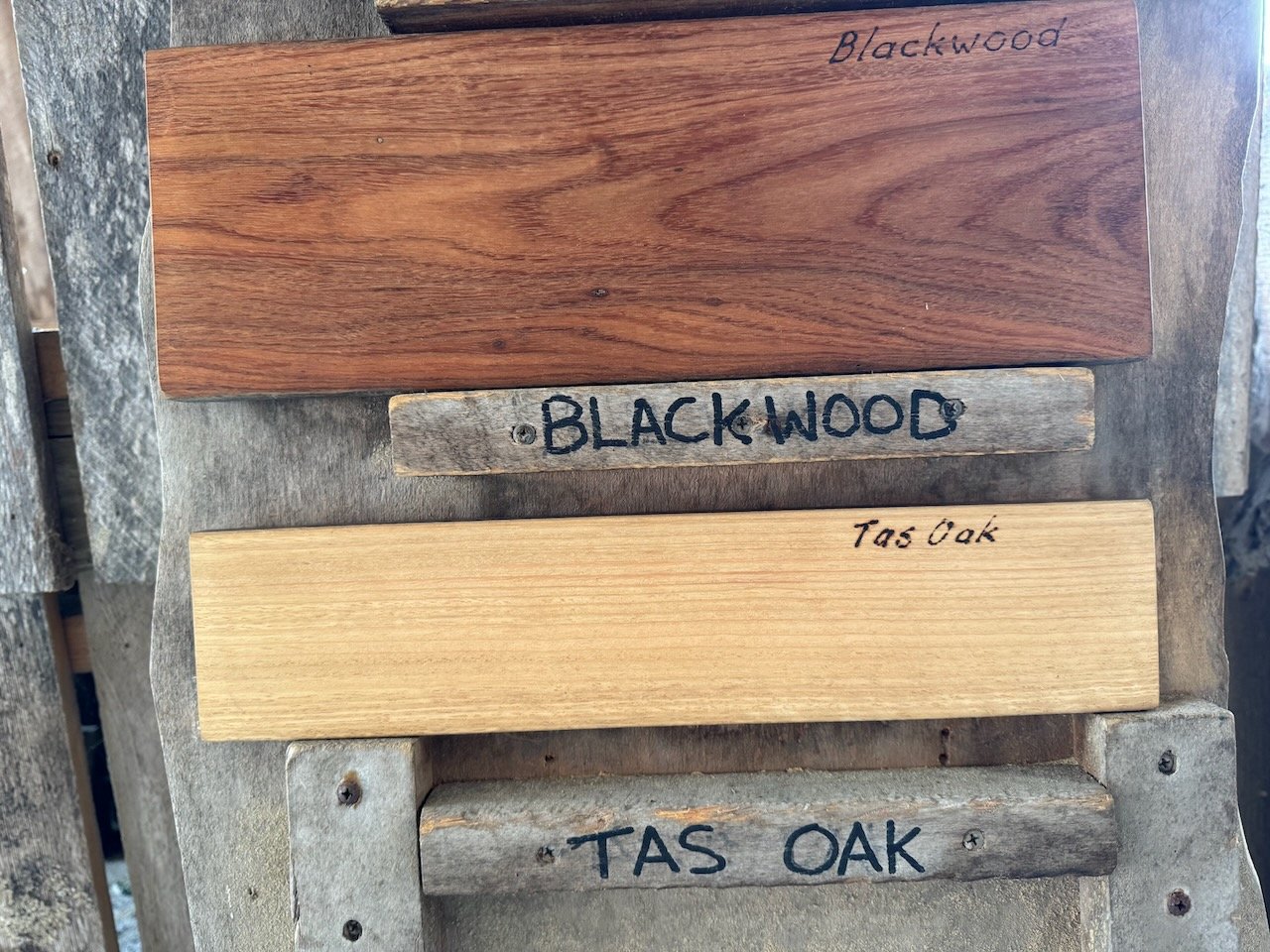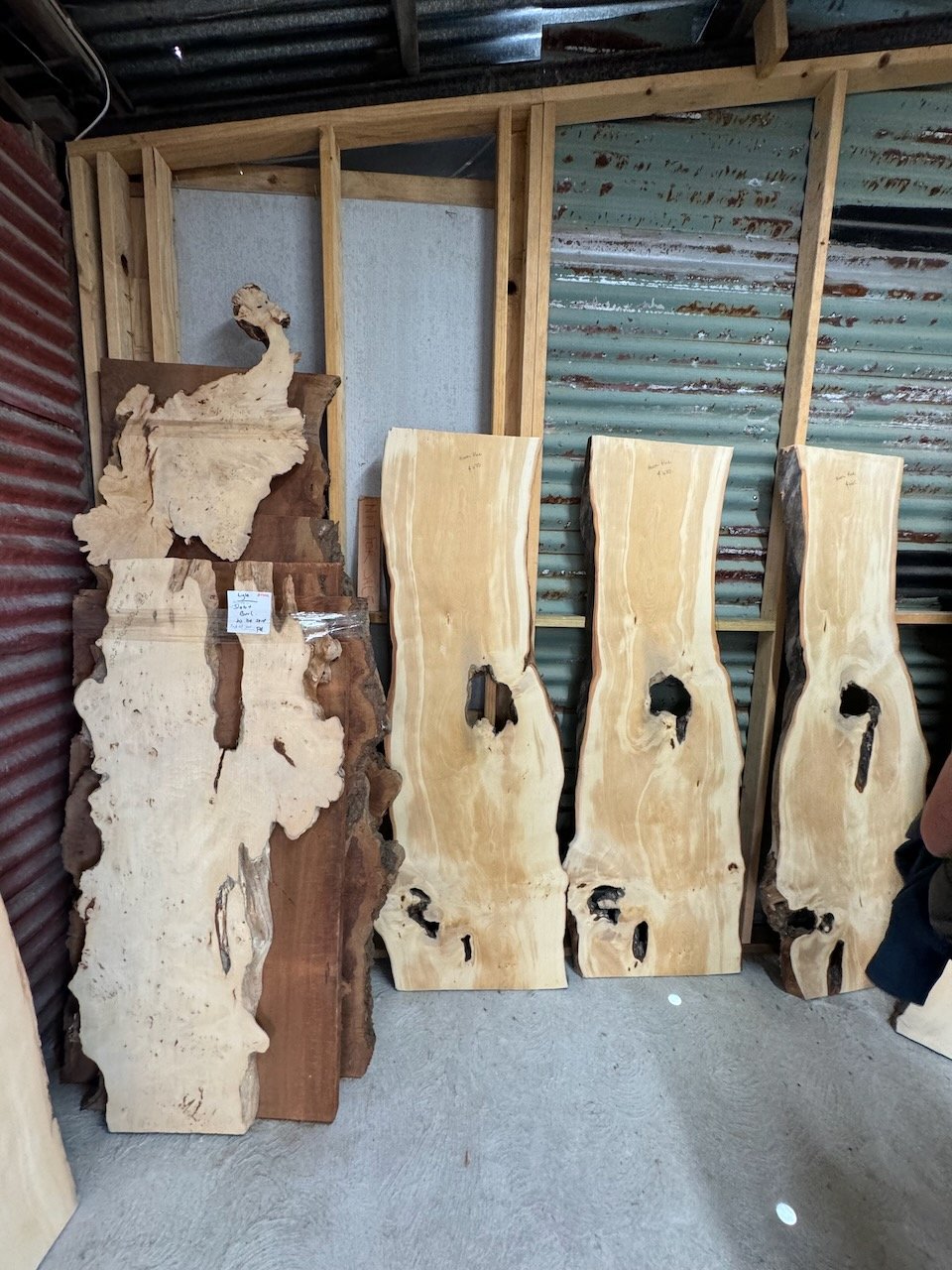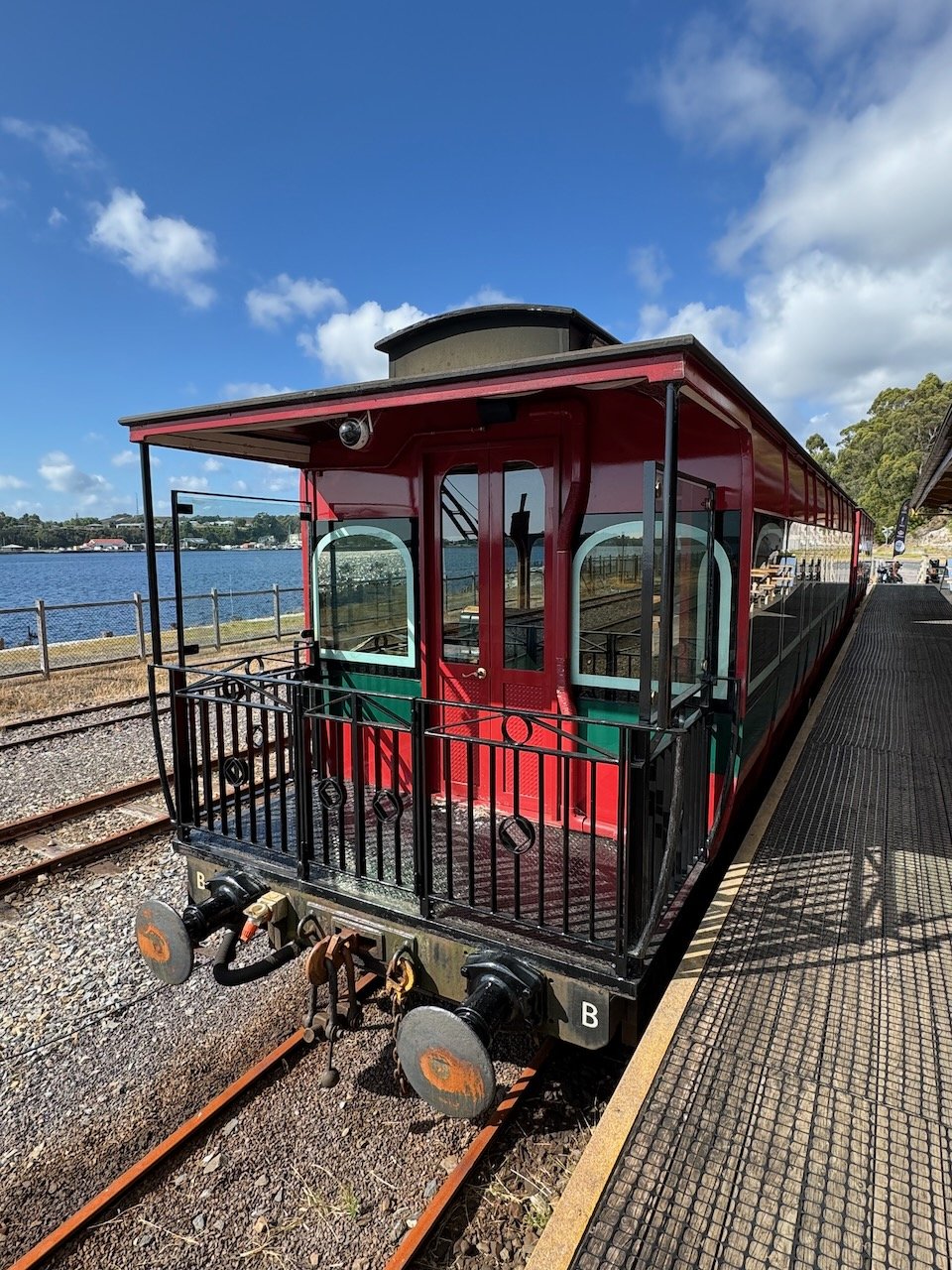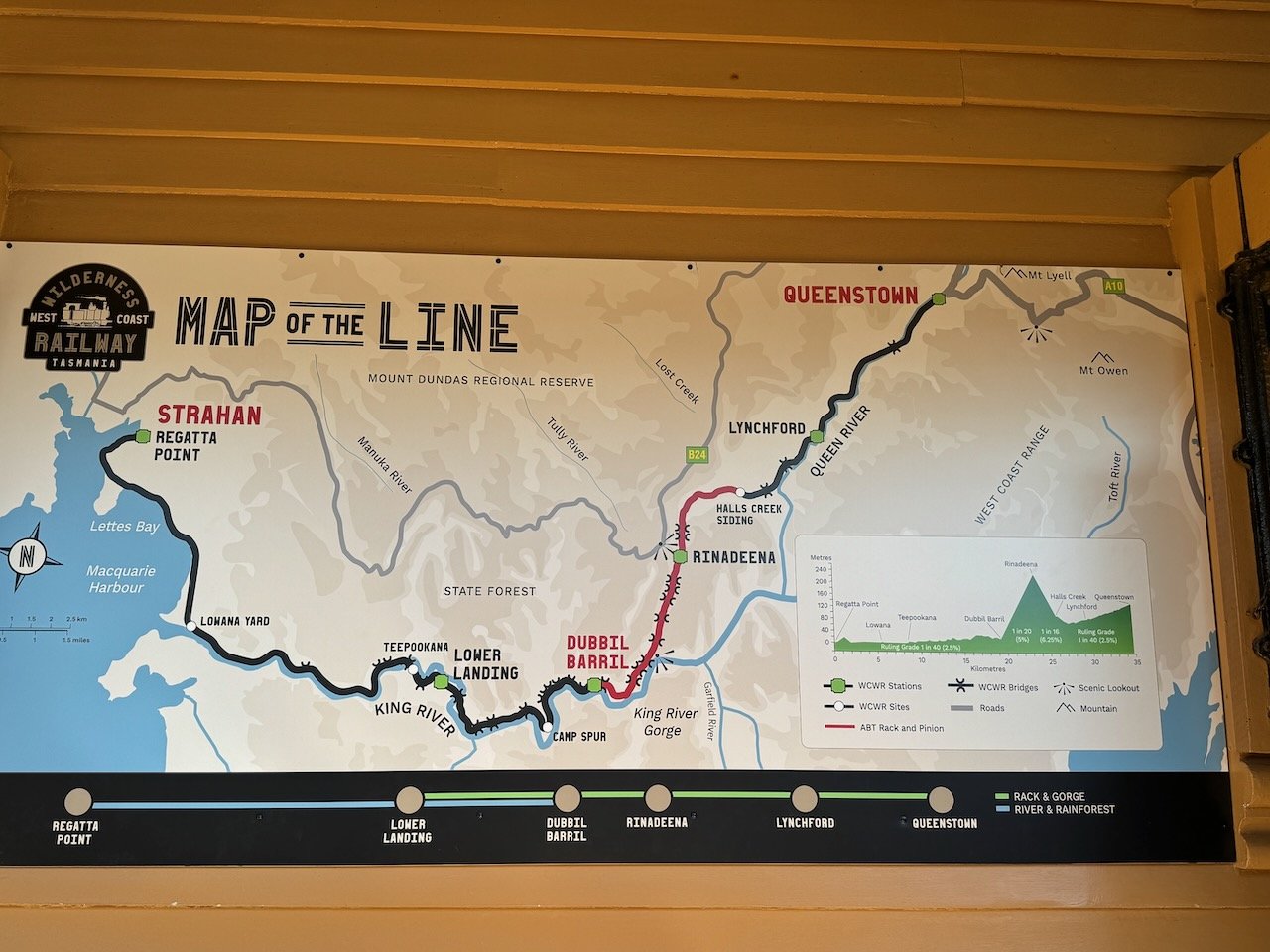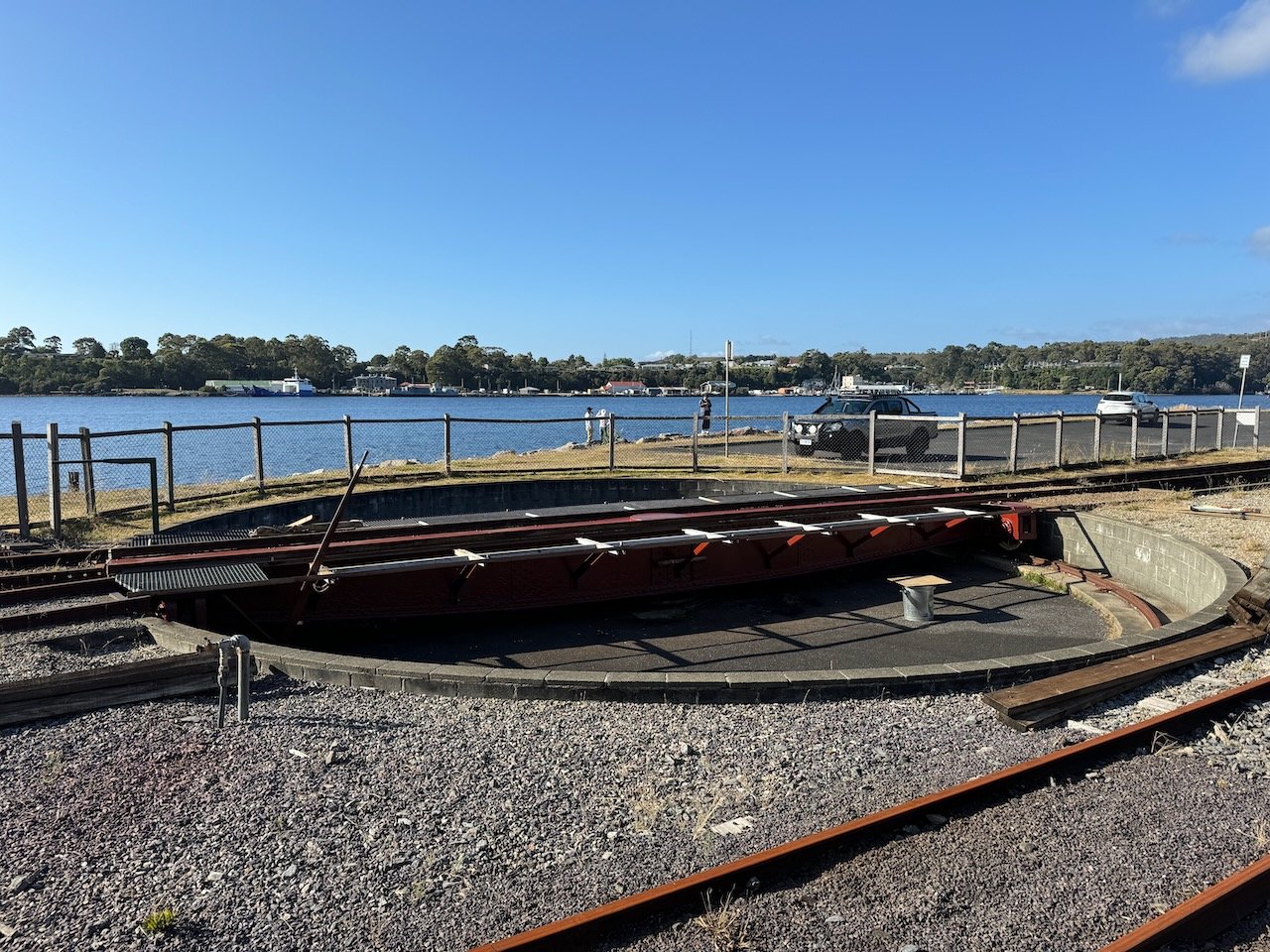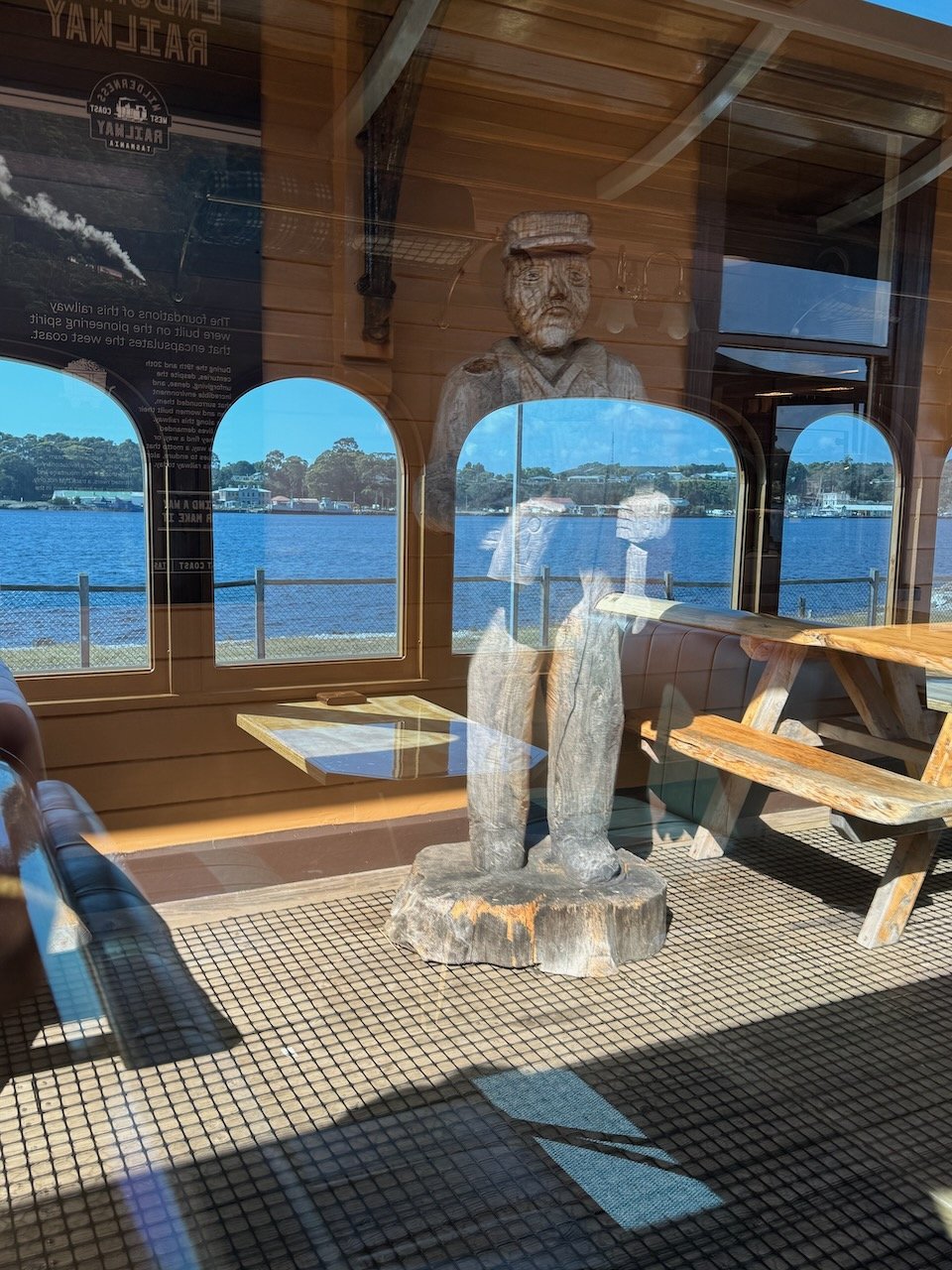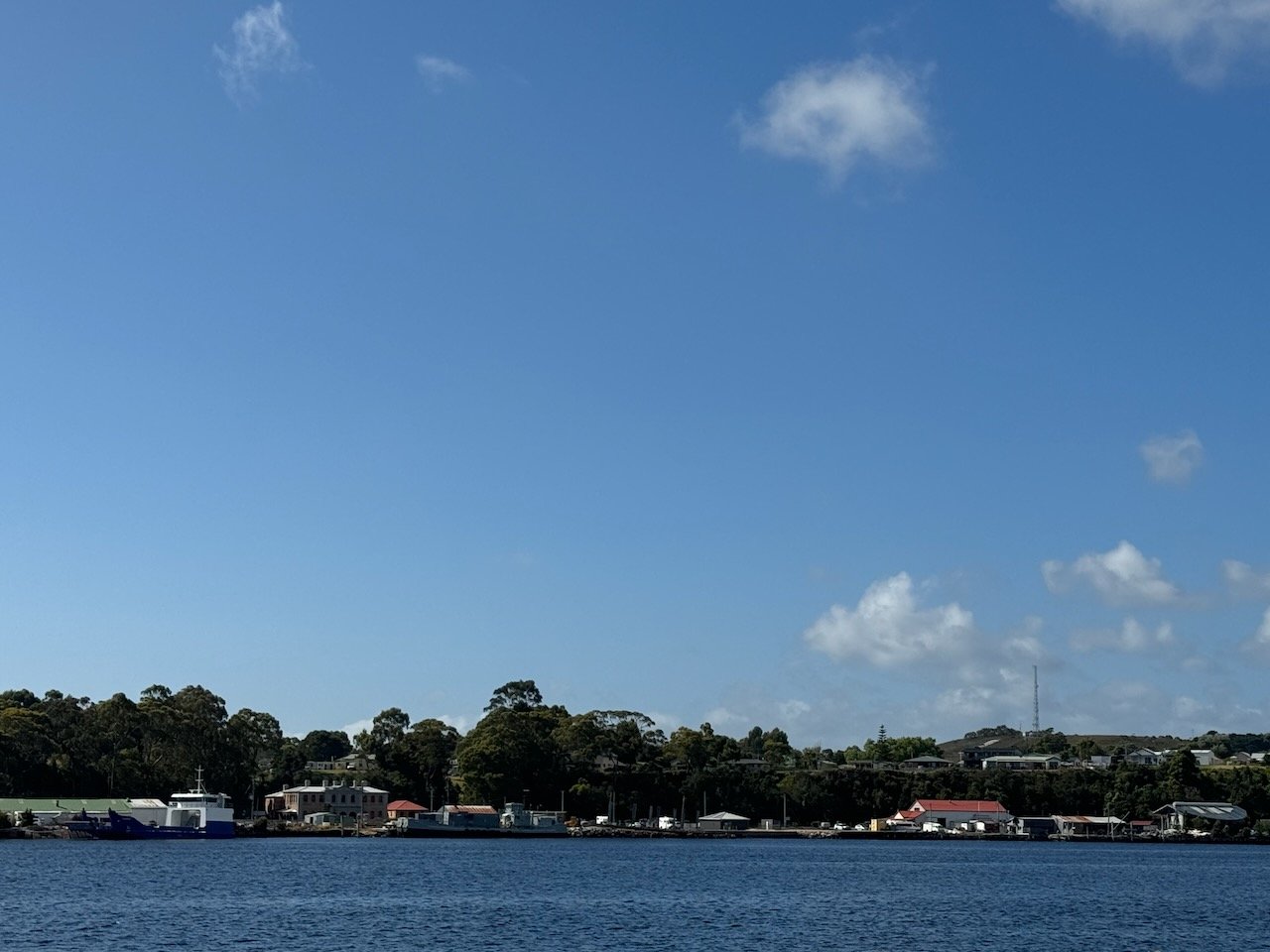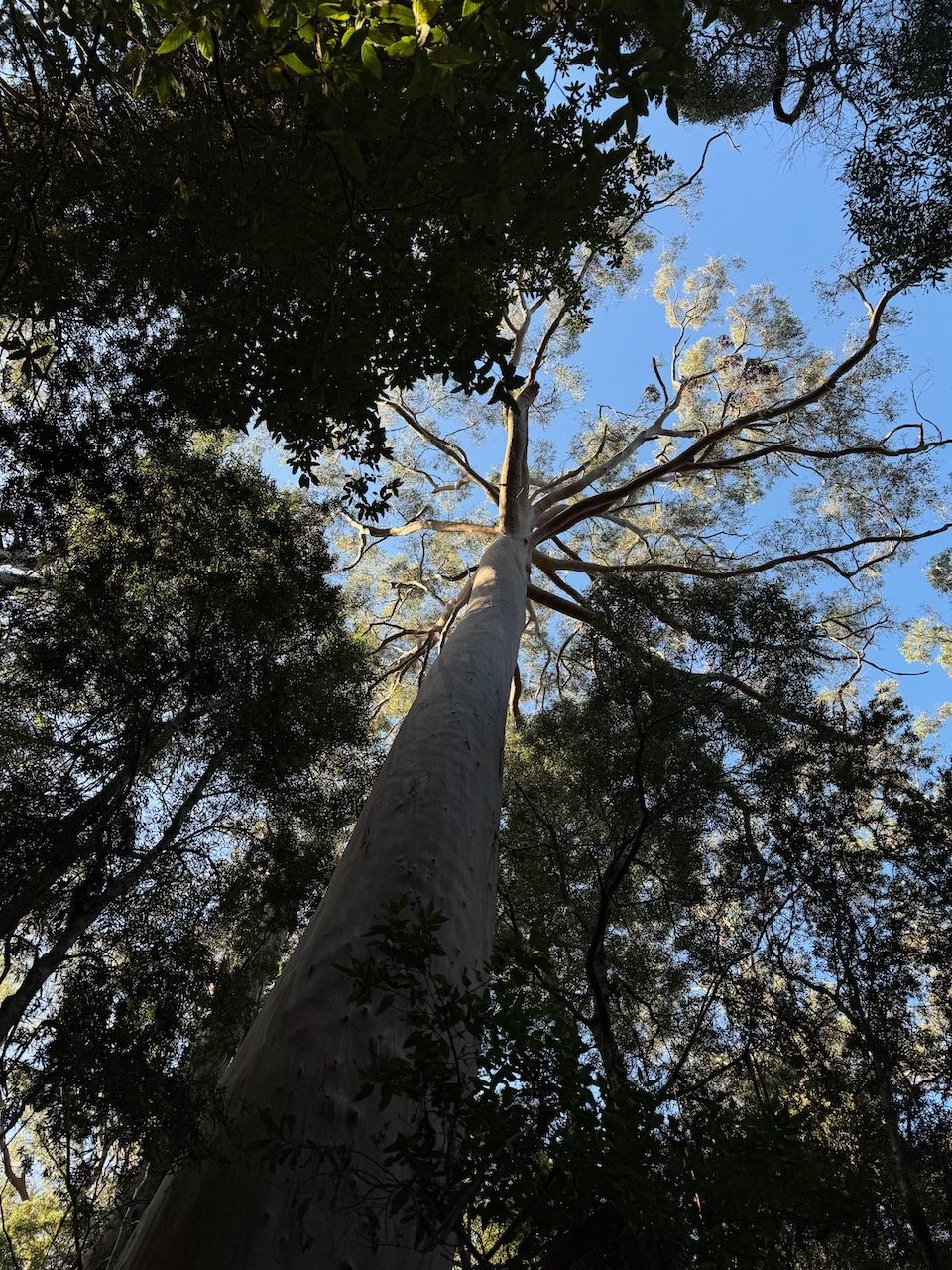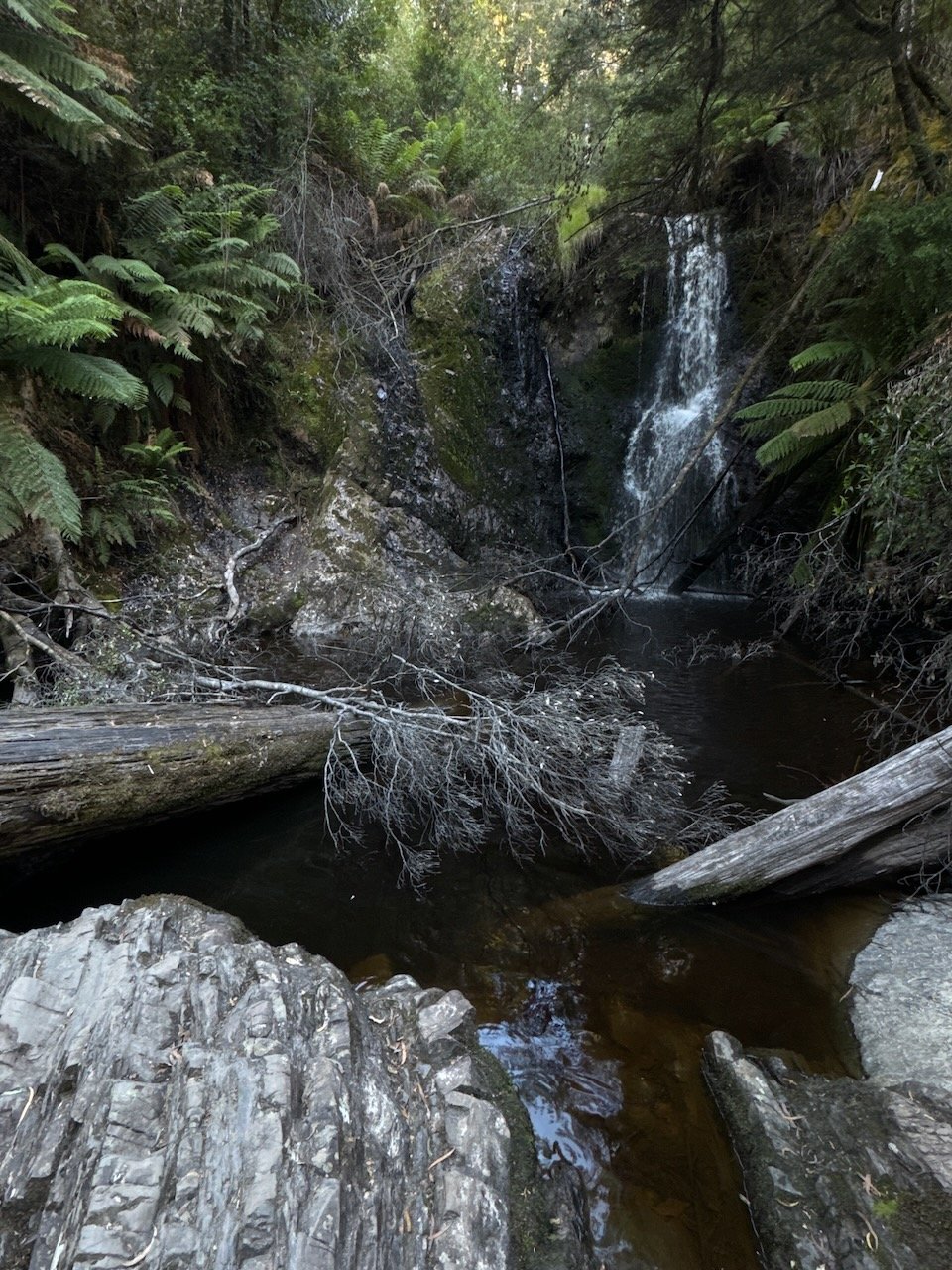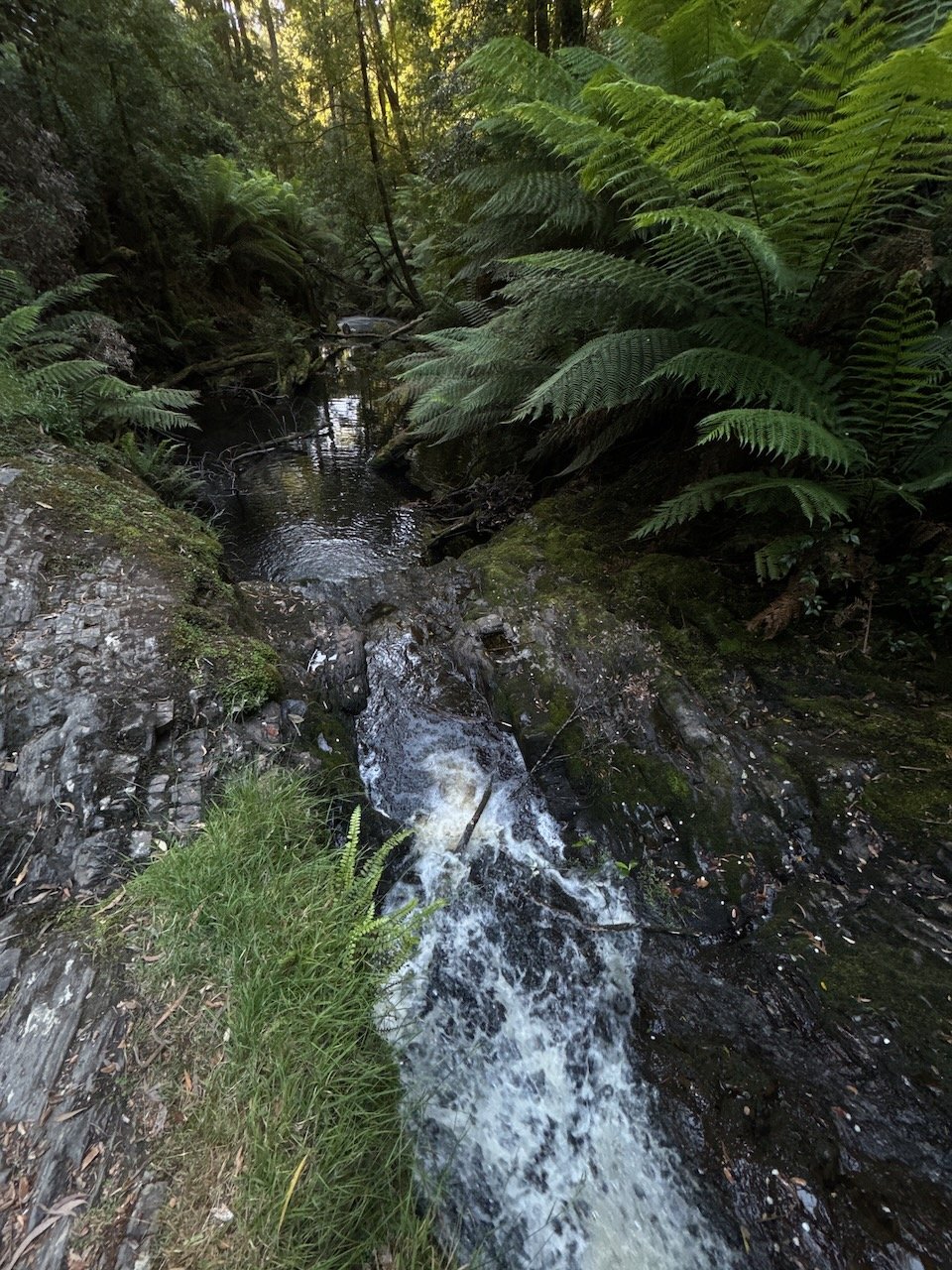Tasmania - West Coast History
January 4-11, #18
Corinna to Granville Harbour
As the Fatman Barge sputtered to life the next morning, we headed to the lodge for one more long black espresso before joining the assembly of caravans to cross the Pieman.
Just on the other side of the river, we stopped to visit the gravesites of those that first brought the township of Corinna to life. From there it was back to pushing up hills, interspersed with riding until we finally arrived at the end of the Western Explorer feeling accomplished and content.
Within a few pedal strokes along the main highway, I couldn’t help but appreciate having a well-made bitumen shoulder to ride after days of pushing gravel. We rolled along at an almost effortless pace, until the road crept closer and closer toward the coastline. No longer enveloped in tree cover, the wind gusts began to hammer us from the front and the side, never from behind. We were still about 32 kilometers from Zeehan when we decided continuing to fight the wind was less than desirable - unfortunately so were our camping options.
Rather than riding several more kilometers to an out and back camp at the coast, we opted for a pullout just the other side of the Granville Harbour wind farm. Alas, the ground was not agreeable to us pitching a tent. After several rounds of cursing the granite rock that refused to support a stake, regardless of how many hammer strikes, Nivaun charged off into the chest-high scrub, stomped down a circle just wide enough and proceeded to stake out the tent - come hell or high water. Fortunately, this Australian scrub was bendable and not too pokey, giving us a very well cushioned, although considerably uneven floor to make our bed, followed by a thoroughly moisture-laden tent the next morning.
Overnight, as with most nights, the winds dissipated, affording us a much easier ride into Zeehan. On the way, we called ahead to the only caravan park (now a Glamping “campground” with no tent sites) and reserved a cabin for a couple nights to explore the town’s history, resupply and decide on our route from there. As we settled in, so did the rain giving us reason enough to extend our stay another couple days.
Zeehan
We had entered a part of the West Coast where the left behind mining towns of the 1800-1900s are building up tourism by providing mountain biking venues, giving riders options on the West as well as the East coast of Tasmania. Zeehan has Silver City mountain bike park, and Queenstown has Mt. Owen - aptly advertised as “come ride mountains not molehills”. Tempting, but we were decidedly holding off until we reached Derby.
During its hey day in the early 1900s, Zeehan grew to be the third largest city in Tasmania, including a School of Mines. Several of the main street buildings that remain are now part of an extensive historical museum paying tribute to the miners, piners and the surrounding towns and industry that grew up around the West Coast. It took us most of the afternoon to explore it all.
With our bikes loaded and our heads full of history, we decided to make a loop through Strahan and then continue on to Queenstown. The road leaving town was narrow with service trucks as well caravans and local traffic. But, a few kilometers later we were cruising down hill, then traversing the valley on a nice gentle down grade, allowing our legs to spin effortlessly and our minds wander aimlessly. I had almost entirely forgotten what that was like. It was once again a pleasure to just ride and not have to think about the next hill or hills. The closer we got to the coastline the lushness of the rain forest returned with a truly humid, tropical feel. After weaving through the green tunnel of trees and ferns of all varieties, we took a refreshing break at the lookout platform before descending into Strahan.
Strahan
After 48 delightful kilometers, we arrived at the edge of Strahan and turned into the golf course to checkout the $10 a night camping area. Posted at the entrance next to the clubhouse was a sign stating “self-contained” camping only. Looking at the side road, lined with trucks, utes and caravans, we hesitantly rolled through hoping to find someone with a tent on the ground. After debating whether to chance being told to leave later on in the evening without knowing where else to go, we decided to find our own camp somewhere along the coast nearby. Just a few kilometers out of town, past a tiger snake sunning itself on the road, we pulled off into an empty carpark for the beach track and found a perfectly-suited spot at the end. After setting up camp, we were joined by a group looking to free camp as well and had a nice chat before settling in for the night.
The next day we were able to squeeze into the caravan park in town - and I mean squeeze. The unpowered tent sites were sandwiched together so closely I wondered whether we would get any sleep at all. It was evident, the Australian holiday break was in full swing as we were surrounded by young families. Chatting with our backyard neighbors, one of the girls said, “this campground is what I think camping in America is like” - which gave us a good laugh. Having tent camped at KOA parks in the US, she wasn’t far off - it was just missing a few land yachts.
From Solitude to Cosmopolis!
The Gordon Cruise
While in Corinna we had read a little about Sarah Island and were intrigued that such a tiny island would be the site of the most severe penal colony in Tasmania. After arranging with the hosts at the caravan park to store our bikes, we booked ourselves on the Gordon River cruise the next morning. This cruise was aboard a modern catamaran-style boat with 3 decks and engines designed to protect the shoreline. Two boats make two trips daily out Macquarie Harbor to Hells Gate, the head of the Gordon, and then up river to Sarah Island, stopping for a short rain forest walk on the return. We opted for the morning cruise and left under the threat of rain.
Passing through Hells Gate, aboard a cruise ship, we listened to stories of how convicts were forced to row boats through these channels to guide the ship delivering them to their point of no return on Sara Island. While we marveled at the scenic coastline and waterway leading up the Gordon with its wide expanse now supporting fish farms along the edges, it was perplexing to think about whether convicts at the sight of this wild landscape were not awestruck as well despite their plight. After our guided tour through life in a penal colony, the rainforest stop was a welcome reset. Back at the dock, we perused the Huon Pine sawmill and art gallery before heading back to camp.
Hell’s Gate & Fish Farms
Sara Island
Heritage Landing
Huon Saw Mill
To end the day, we rode around the bay on the multi-use path to check out the Wilderness Railway, a steam train that runs on an Abt track following the King river to Queenstown. Unfortunately, the tracks from Stahan were closed for maintenance. On the way back, we went to the falls through a majestic section of rain forest with some of the largest trees we had seen.
More than one person we had talked to in town warned us of the road leaving Strahan, and the “99 bends” road, a very narrow road with no shoulder filled with tourists that don’t know how to drive a caravan. With no real options, we decided to find out for ourselves and pushed on up the steep hill out of Strahan heading to Queenstown.

